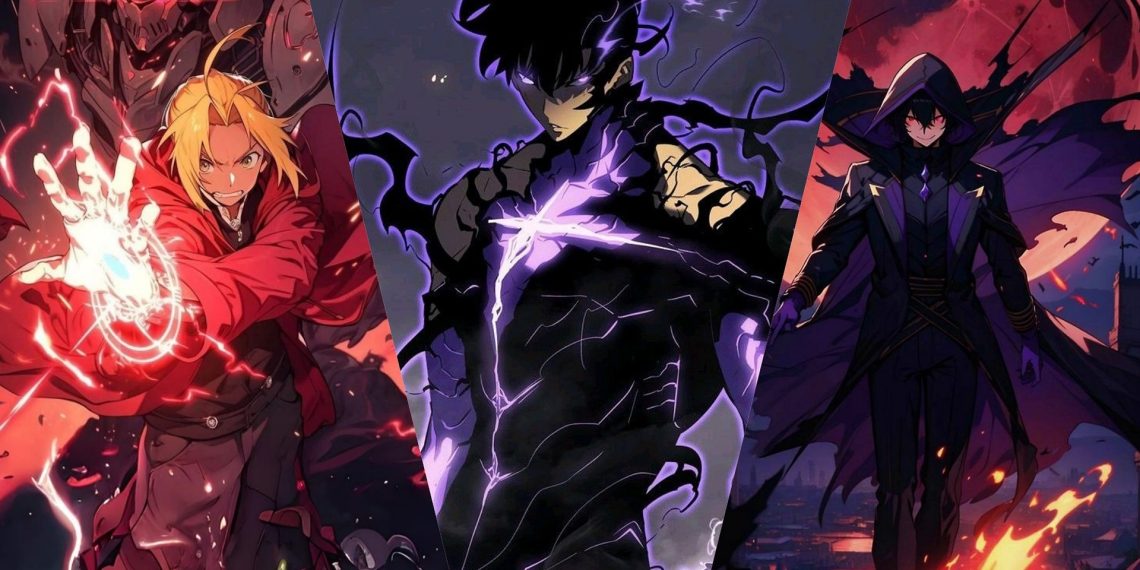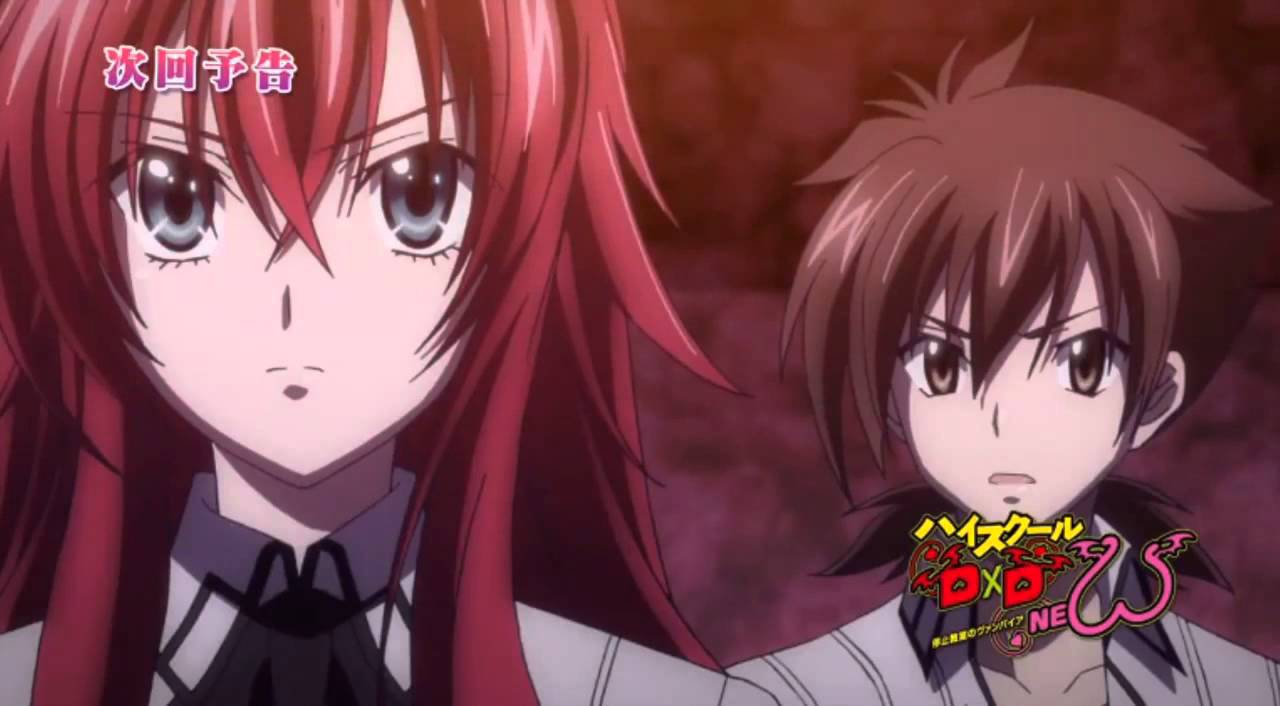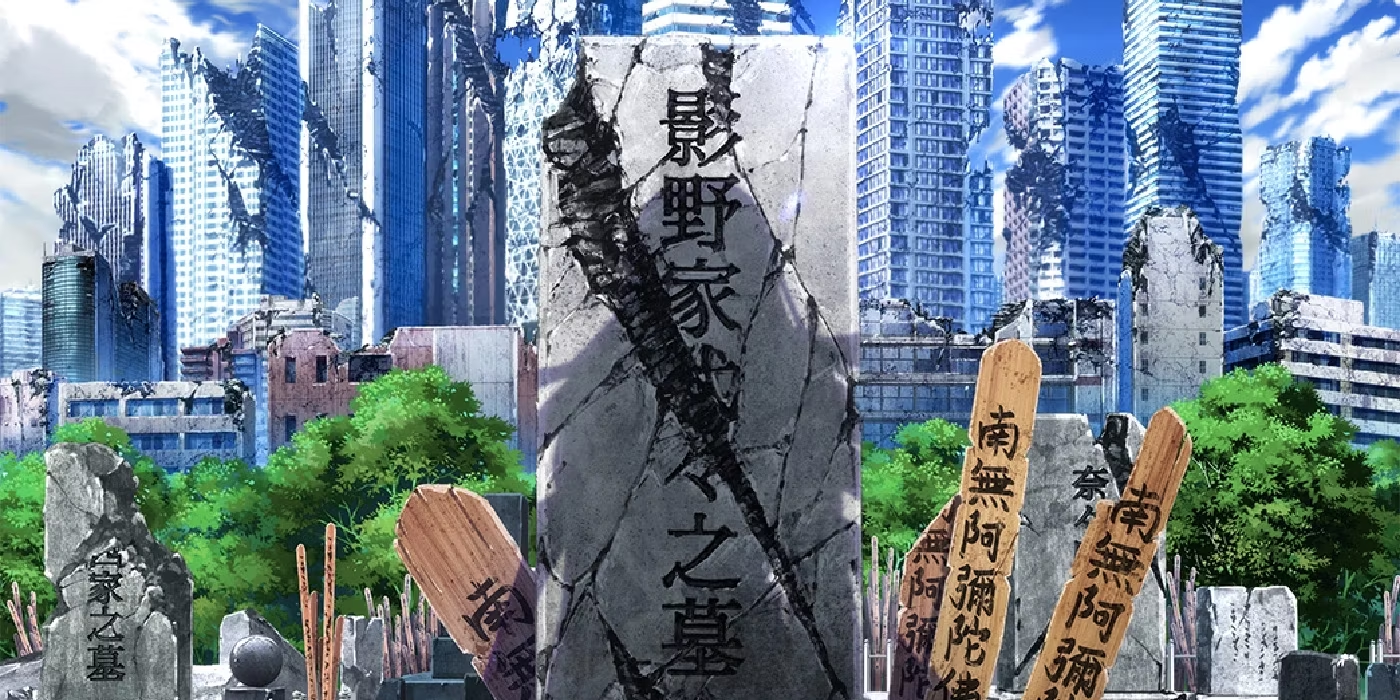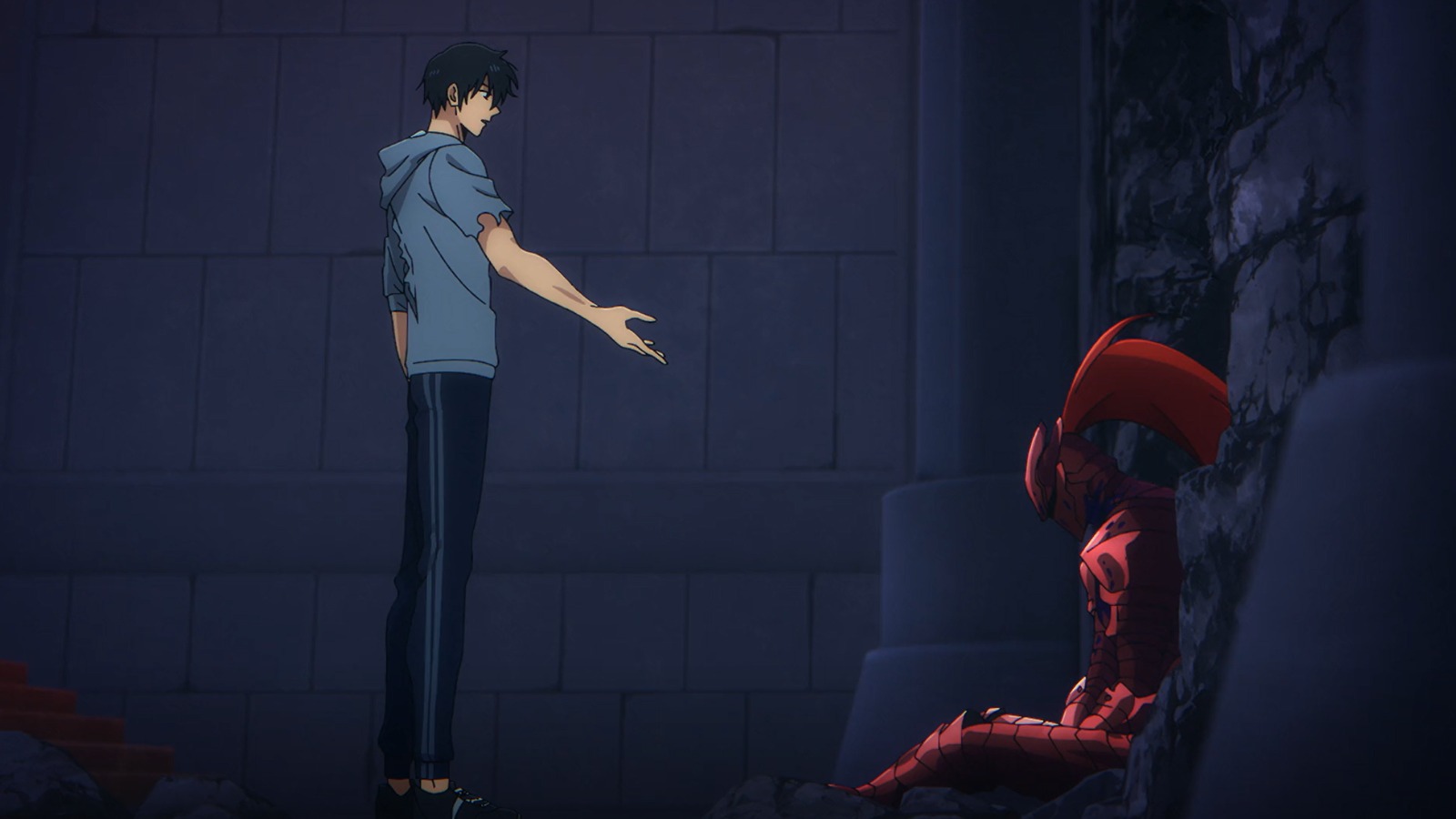Within fantasy-driven anime, forbidden magic acts as both a lure and a burden. Whether it’s the resurrection of the dead or unholy pacts with ancient entities, characters frequently look into this dark territory when pushed by desperation. In these moments, ethical boundaries blur, and the pursuit of justice or safety spirals into obsession.
Such themes raise crucial questions about control and consequence. Characters who begin with noble goals—saving loved ones or surviving chaos—soon confront the cost of their choices. Their powers often come with irreversible tolls: loss of humanity, growing isolation, or physical decay. Yet, these sacrifices can be agonizingly voluntary.
Even in the thick of corruption, some characters strive to maintain fragments of themselves. While their actions grow darker, glimpses of internal struggle surface—reminders of who they were before power rewrote their path. This friction between morality and necessity deepens the story, offering more than just spectacle.
Redemption is rare, but not impossible. In a few cases, these characters claw their way back, guided by empathy or reminders of their former selves. Others vanish into darkness completely, transformed into cautionary tales. Forbidden magic becomes less about sorcery and more about the dangerous hunger for control, love, and survival.
10. Slayers
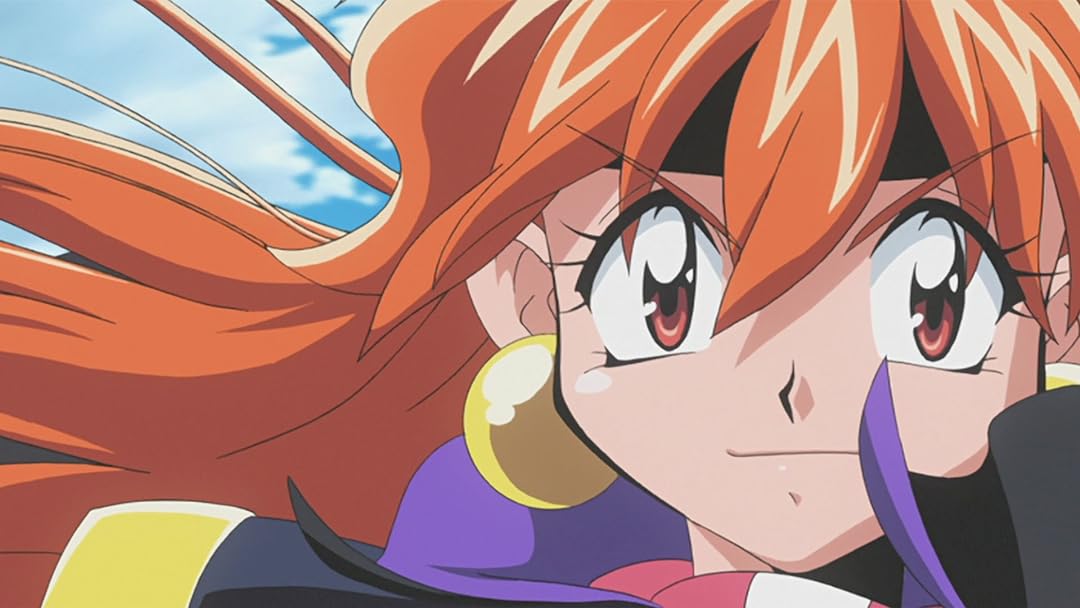
Lina Inverse stands as an icon among Dark Magic users in the annals of anime history, her legendary exploits etched into the lore of the sword and sorcery genre. Yet, beneath the surface of her formidable power lies a perilous truth unknown even to her.
Unbeknownst to Lina, the magic she wields harbors a darkness far more profound than she could have fathomed. With each invocation of her signature Dragon Slave (Dragon Slayer) spell, she unwittingly taps into the boundless power of the Lord of Nightmares, a being of unparalleled danger lurking within the depths of the universe.
Blinded by her thirst for power, Lina heedlessly abuses this magic until the consequences become irreversible. Only then does she come to realize the true nature of her actions, confronted with the terrifying revelation that her very essence is entwined with the most perilous force in existence?
Slayers is a classic anime series that gained popularity in the 1990s and continues to have a dedicated fanbase. Created by Hajime Kanzaka, it’s set in a fantasy world where magic and monsters are commonplace.
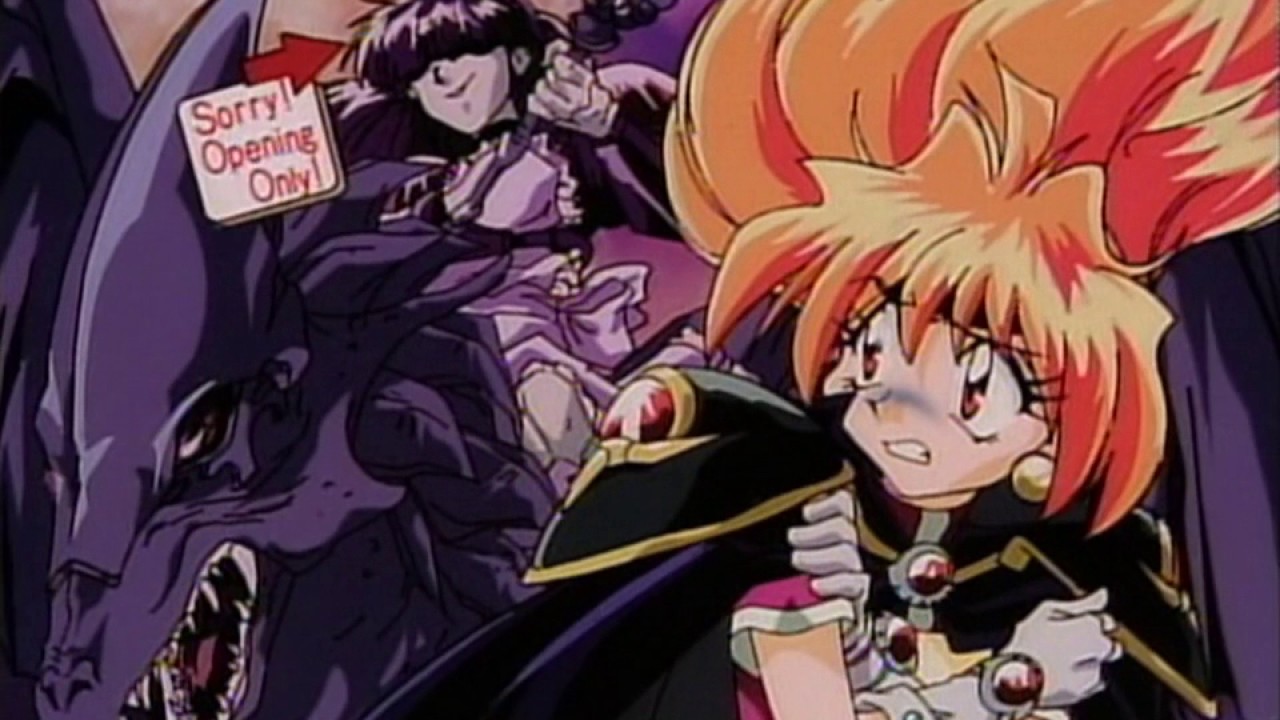
The story follows Lina Inverse, a young and powerful sorceress, and her companions as they get on adventures, battling evil forces, uncovering ancient mysteries, and occasionally causing chaos wherever they go.
The series is known for its mix of action, comedy, and fantasy elements, as well as its vibrant characters. Lina Inverse herself is a memorable protagonist, known for her fiery personality, immense magical abilities, and insatiable appetite.
Alongside her are companions like the swordsman Gourry Gabriev, the shapeshifting chimera Zelgadis Greywords, and the pacifist priestess Amelia Wil Tesla Seyruun.
Slayers has spawned multiple seasons of anime, as well as movies, OVAs (original video animations), and light novels. Its enduring popularity is a testament to its entertaining storytelling and memorable characters. If you’re a fan of fantasy adventure with a healthy dose of humor, “Slayers” is definitely worth checking out!
9. The Irregular At Magic High School
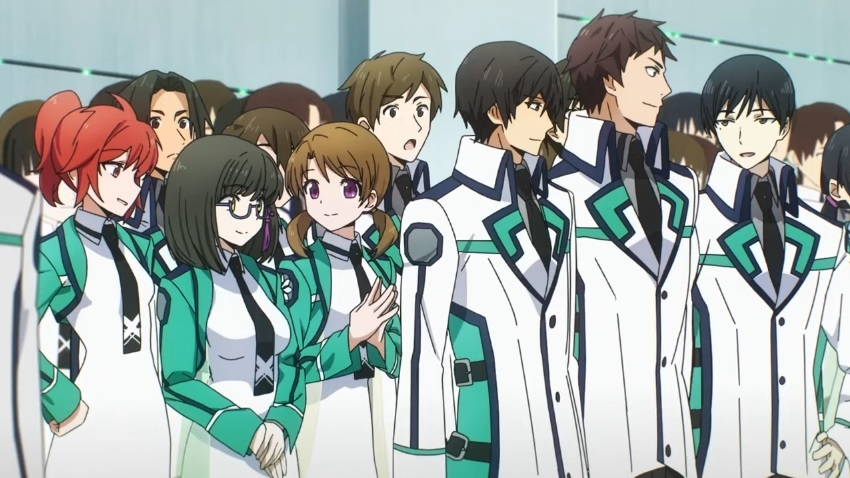
Tatsuya enrolled in the Affiliated High School of Magic University to remain near his sister Miyuki, keeping a vigilant watch over her. Despite his outwardly calm demeanor, Tatsuya carries within him a ruthless and cold nature, a stark contrast to his tranquil facade.
Beneath his unassuming exterior lies a protagonist of formidable power. Tatsuya possesses Psionic abilities and magical prowess that far exceed those of his peers. Among his arsenal are extraordinary skills such as Decomposition, Elemental Sight, and Regrowth—forms of magic deemed lost or forbidden in his world.
“The Irregular at Magic High School,” also known as “Mahouka Koukou no Rettousei” in Japanese, is a light novel series written by Tsutomu Satou. It has been adapted into various media, including manga, anime, and a feature film.
Set in a world where magic is a recognized technology, the story follows siblings Tatsuya and Miyuki Shiba as they enroll in First High School, an institution for training magicians.
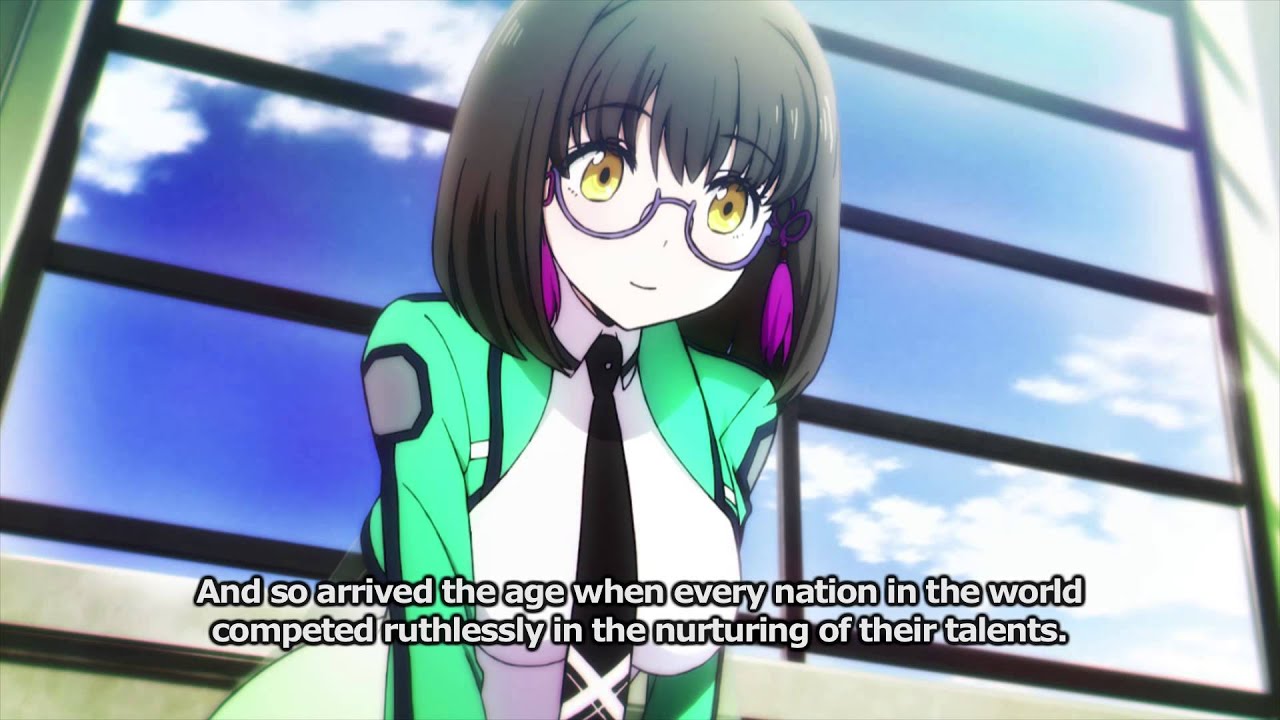
Tatsuya is a skilled but seemingly unremarkable magician, while Miyuki is considered a prodigy with exceptional magical abilities. Despite his perceived shortcomings, Tatsuya possesses unique skills and knowledge that make him a formidable force in combat magic.
The series finds themes of discrimination, social hierarchy, and political intrigue within a futuristic society where magic plays a central role. Tatsuya and Miyuki find through the challenges of school life while becoming embroiled in various conflicts and conspiracies, ultimately revealing Tatsuya’s true potential and the secrets surrounding his past.
The anime adaptation of “The Irregular at Magic High School” gained popularity for its action-packed scenes, intricate magic system, and complex political dynamics. Fans of magic-themed stories with elements of science fiction and action often find this series engaging and compelling.
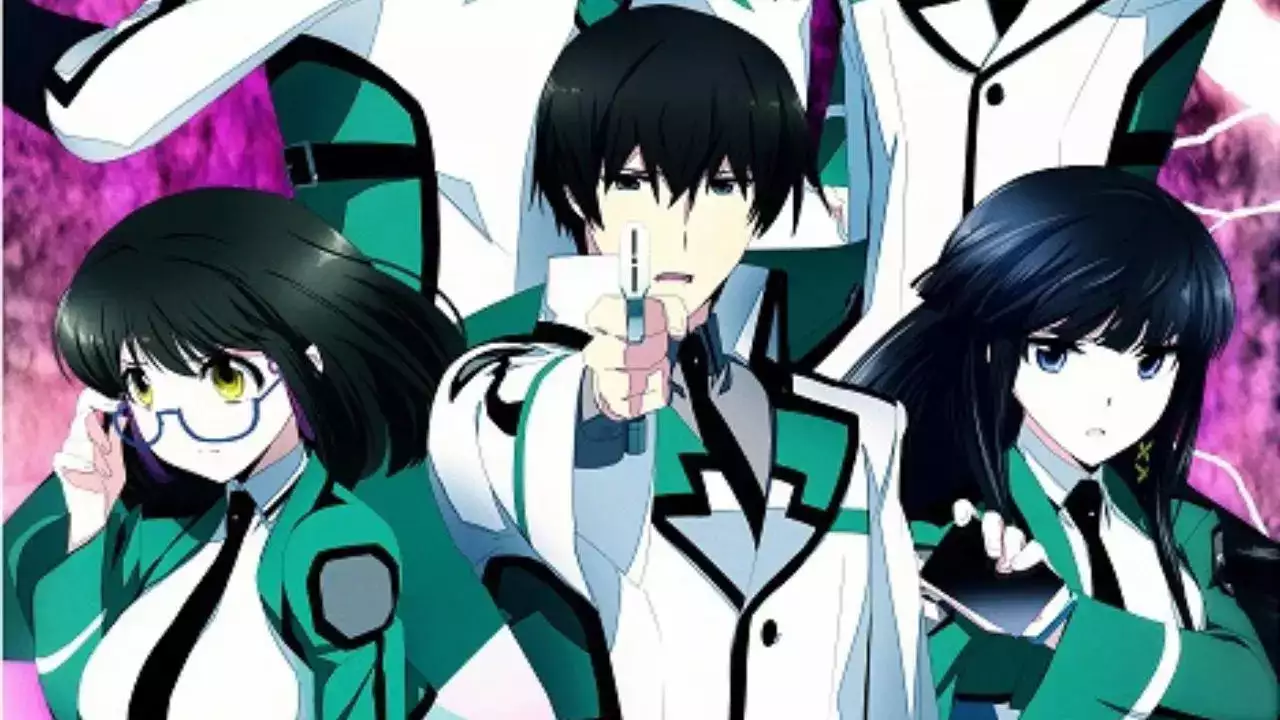
The anime begins with a split between brilliance and perceived failure. At First High School, students are ranked into Blooms and Weeds. Tatsuya, though incredibly skilled, lands among the latter. This label drives much of the tension. He is misjudged by faculty and peers alike, yet his capabilities consistently reshape expectations.
Tatsuya’s character resists common shounen prototypes. He is composed, even distant, yet never indifferent. His precision in combat, analytical mind, and devotion to Miyuki anchor his quiet resolve. Instead of impulsiveness, he relies on control and calculation. That calm becomes his strength, often disarming opponents long before spells are cast.
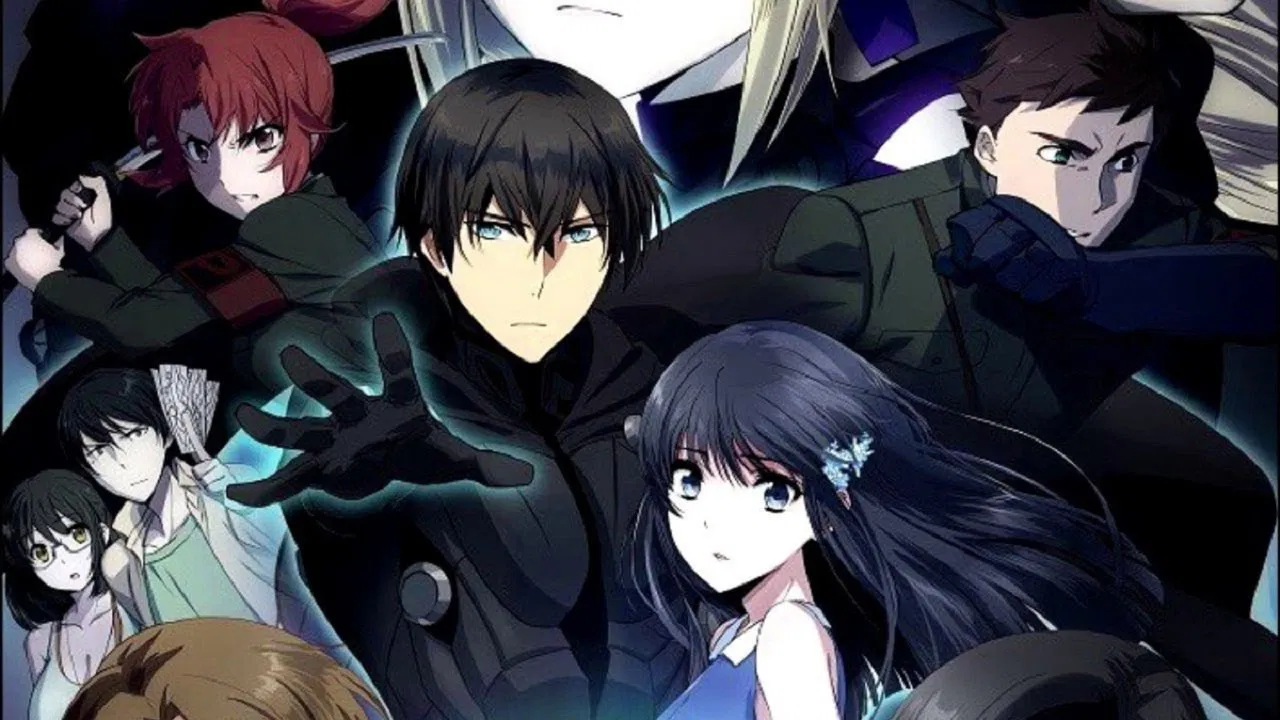
Miyuki, his sister, plays a more conventional role. Beautiful, gifted, and placed among the elite, she balances grace and emotional expression. Her loyalty to Tatsuya is intense—sometimes uncomfortably so—but her sincerity remains steady. She represents societal approval, while Tatsuya’s genius remains concealed beneath the surface. Their relationship adds complexity.
Magic in this universe feels like advanced science. Spells are structured like code. Instead of simple chants or artifacts, the system involves CADs—Casting Assistance Devices—that channel specific sequences. This approach grounds the fantasy in logic, appealing to viewers who appreciate structured systems rather than pure spectacle.
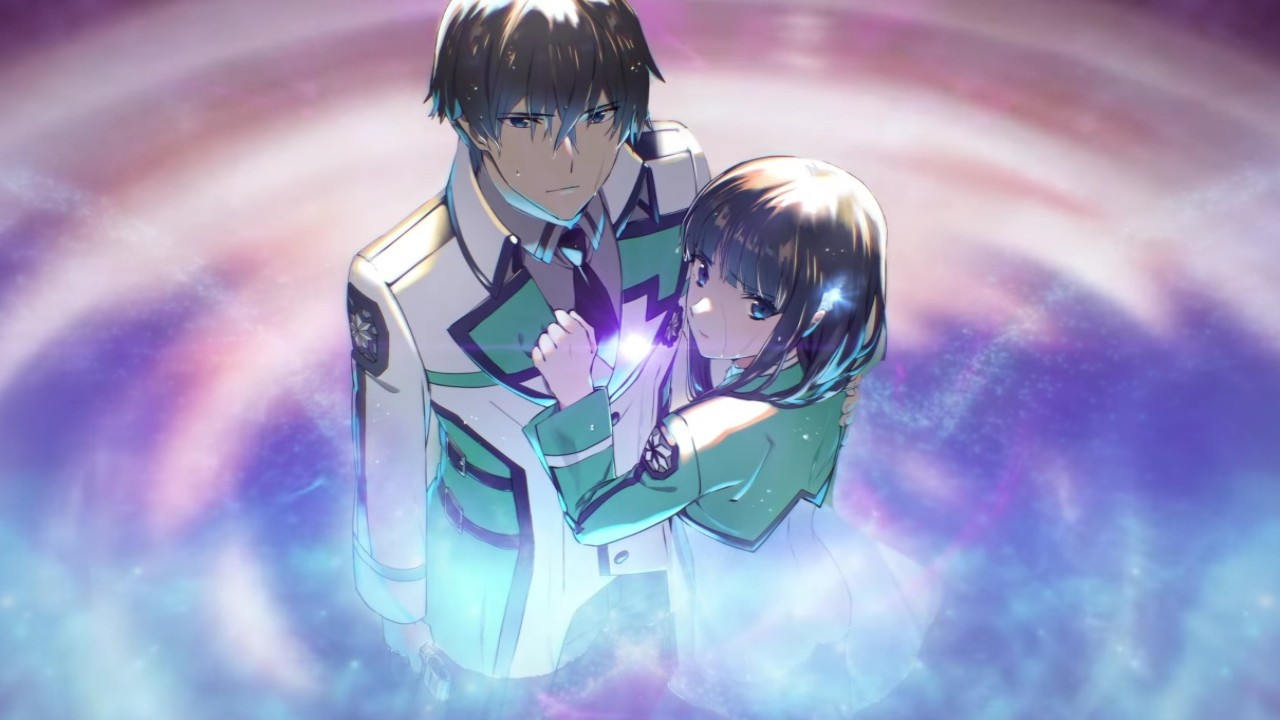
The political setting reaches beyond the classroom. Tatsuya’s role in the military and his position as a hidden weapon introduce moral ambiguity. He’s used by institutions that dismiss his individuality while relying on his overwhelming strength. That contradiction sharpens the ethical layers of the show. It’s not just about magic—it’s about agency.
Themes of discrimination remain central. The school’s caste system reflects larger social divides. Weeds, though equally dedicated, receive limited resources and respect. Tatsuya’s constant defiance of this prejudice becomes an act of quiet resistance. His success isn’t loud—it’s precise, undeniable, and often humiliates those who underestimated him.
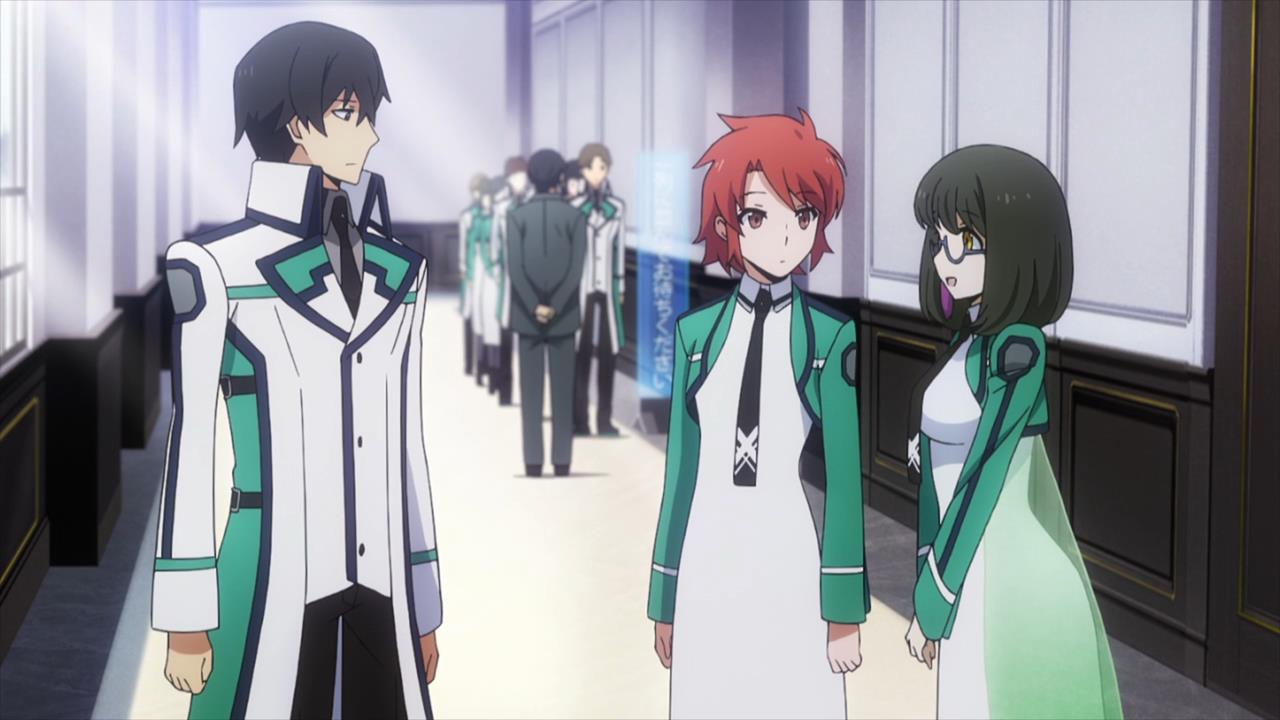
Episodes build tension through tactical confrontations. Tatsuya rarely shows emotion in battle, yet his moves are decisive. From the Nine Schools Competition to unexpected ambushes, each event reveals more of his capabilities. Rather than one climactic showdown, strength accumulates over time, as layers of his identity are gradually exposed.
While action is important, personal struggle stays close. Tatsuya’s trauma following his mother’s manipulation of his emotions becomes critical to understanding him. He doesn’t feel as others do—not because he chooses to be cold, but because part of him was stripped away. That psychological aspect deepens his distance from others.
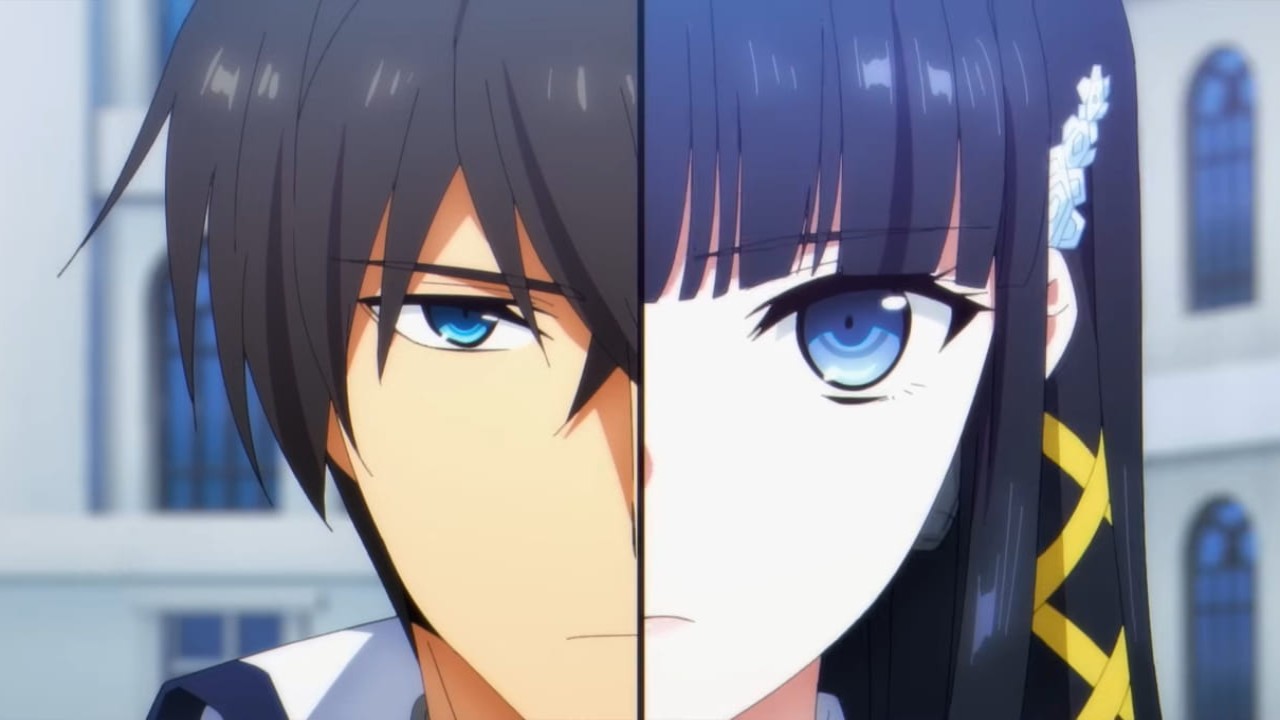
The Yotsuba family, one of the ten master clans, exerts shadowy control over Tatsuya and Miyuki. Their influence adds another layer of pressure. Family loyalty collides with individual will. Tatsuya, bound by blood and function, still seeks independence. Miyuki, aware of their roles, tries to protect her brother’s humanity.
Despite these layered elements, the anime isn’t without flaws. Dialogue can grow dense with exposition. Some arcs drag, focusing too much on technical detail at the expense of pacing. Relationships, especially romantic ones, often feel underdeveloped or strained, with the brother-sister bond drawing mixed reactions from viewers.

Still, moments of warmth emerge. Tatsuya’s rare smiles, Miyuki’s small acts of rebellion, or Erika’s sharp honesty bring human touches. Characters like Leo, Honoka, and Mizuki offer grounding perspectives. They aren’t as powerful, but they bring necessary balance to a world obsessed with magical hierarchy and precision.
The soundtrack elevates major scenes with electronic tones and ambient intensity. Visuals stay consistent, though not always outstanding. Animation focuses on clarity rather than flash. Effects during battles look sharp, especially when spells break natural laws. What stands out is not animation flair but the logic embedded in every fight.
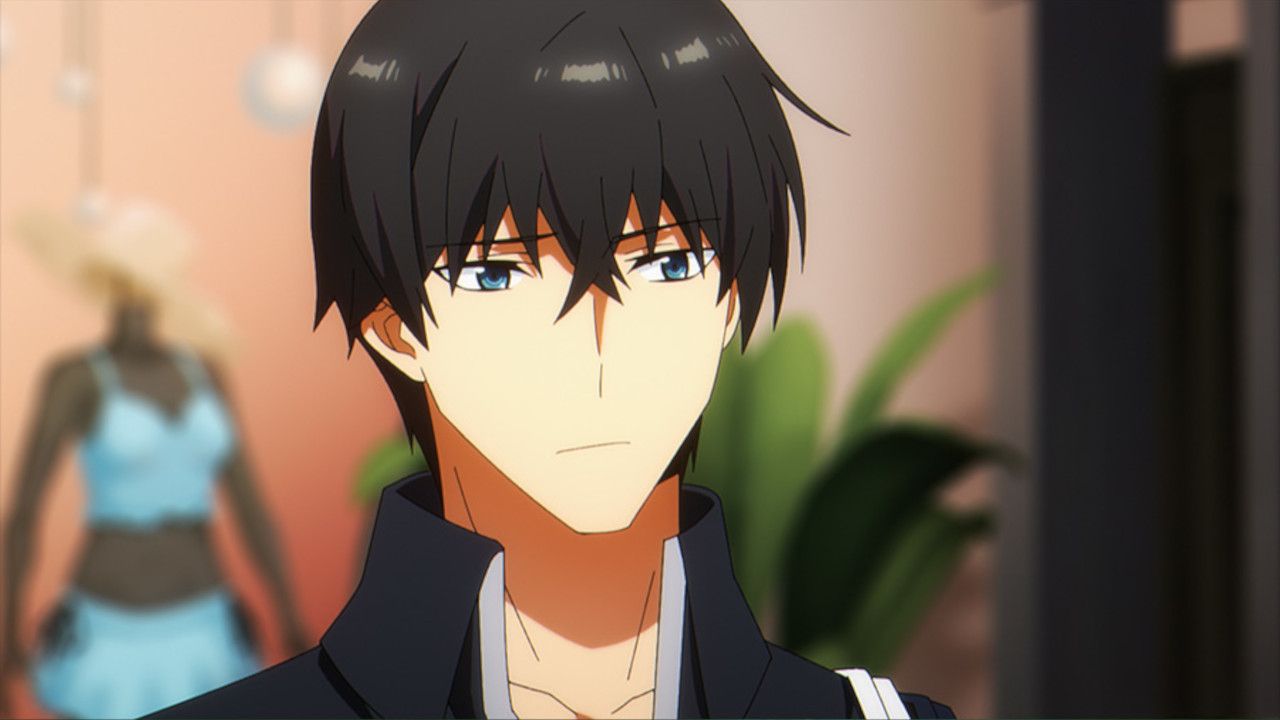
The show doesn’t chase fast gratification. Its tension builds from control, withheld emotion, and strategic release. Watching Tatsuya’s foes realize their mistake—moments too late—is part of the show’s rhythm. That delayed gratification defines its storytelling style: cold on the surface, but burning with quiet resistance underneath.
Later arcs expand the geopolitical reach. Tatsuya becomes involved in international conflicts, cyber warfare, and hidden threats. These plots shift focus from the school setting to broader implications. While ambitious, this expansion sometimes stretches the anime’s emotional core, distancing characters from earlier grounded interactions.
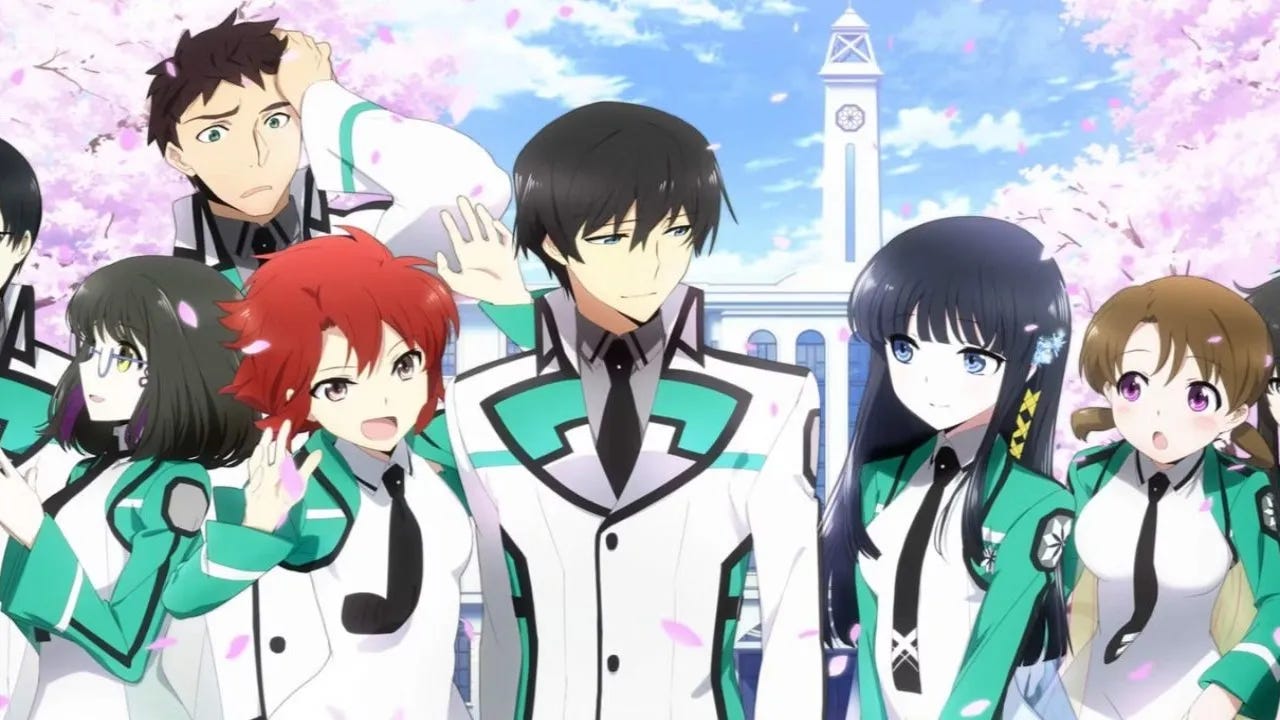
Still, Tatsuya’s central arc remains intact. He is not simply a genius or weapon. He is someone stitched together by trauma, raised under surveillance, and fighting for a sense of freedom without ever saying so. That conflict fuels his story more than any magic circuit or title.
The contrast between perception and reality defines most relationships in the anime. Those who see Tatsuya as weak misunderstand everything he is. Those who respect him often do so for his strength, not his sacrifice. Only a few recognize the cost behind his brilliance. That gap creates lasting emotional tension.

Each season adds layers, not just in power levels but in identity. Tatsuya doesn’t evolve through personality shifts—he grows through deeper exposure. The more we see, the more his controlled exterior starts to make sense. His silence becomes a language of its own. His actions speak where his voice does not.
The anime’s core message doesn’t shout. It questions systems that classify people by one measure. It observes how societies ignore potential when it doesn’t appear in familiar forms. And it quietly asks what happens to people like Tatsuya—used, underestimated, and eventually feared—when they decide to take control of their own story.
8. Wise Man’s Grandchild
Shin Walford, nurtured by a pair of Wise Mages from a young age, received a thorough education in the art of magic, shaping him into a formidable spellcaster.
Despite retaining fragments of his previous life’s memories, Shin shed the confines of conventional wisdom upon reincarnating into a new world. Driven by an insatiable curiosity, he gets on a journey of spellcraft experimentation.
Through the fusion of his scientific acumen and magical prowess, Shin achieved a remarkable feat: the creation of a spell of unprecedented power and devastation.
However, the magnitude of its destructive force proved too perilous to wield. The spell’s potency was such that its usage resulted in the obliteration of the surroundings. Consequently, Shin found himself prohibited from ever employing it again, a testament to the perilous nature of his magical innovation.
“Wise Man’s Grandchild,” known as “Kenja no Mago” in Japanese, is a light novel series written by Tsuyoshi Yoshioka with illustrations by Seiji Kikuchi. It has also been adapted into manga and anime.
The story follows Shin Wolford, a young man who is reincarnated into a fantasy world after dying in a traffic accident in his previous life.
In this new world, he is adopted by the legendary swordsman Merlin Wolford and raised as his grandson. Renamed Shin, he grows up in isolation, unaware of his incredible magical potential and the ways of the world.
Despite his sheltered upbringing, Shin possesses extraordinary magical abilities and combat skills that far surpass those of ordinary people. As he enters the Magic Academy to learn about magic and the world around him, he quickly becomes renowned for his unmatched talent and strength.
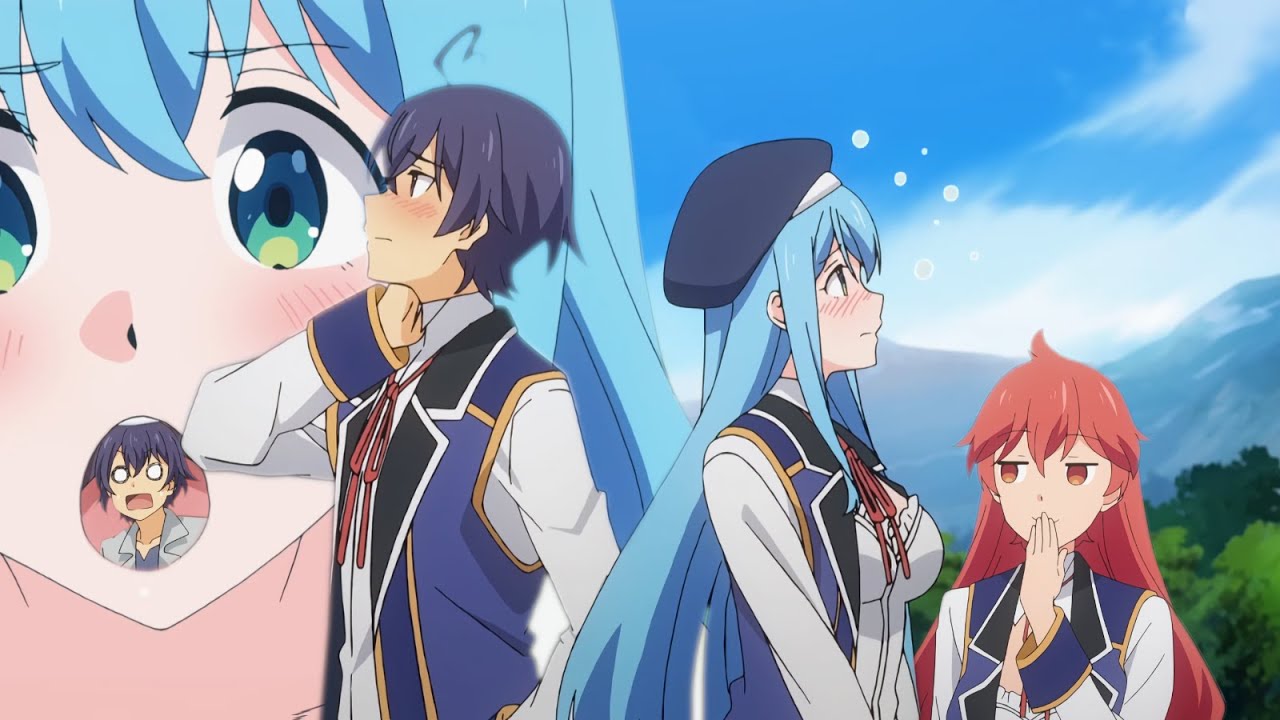
“Wise Man’s Grandchild” combines elements of fantasy, magic, adventure, and humor. The series follows Shin as he forms friendships, faces various challenges, and confronts powerful enemies who threaten the peace of the kingdom. The anime adaptation received praise for its entertaining action scenes, lovable characters, and comedic moments.
Fans of fantasy anime with overpowered protagonists and a lighthearted tone often enjoy “Wise Man’s Grandchild” for its enjoyable blend of magic and adventure.
7. Konosuba

Kazuma Satō found himself whisked away to another world in the most underwhelming manner, a far cry from the ideal existence he had envisioned.
Frustrated by the stark disparity between his dreams and reality, Kazuma often finds himself engulfed in despondency, frequently venting his discontent by resisting his companions’ aspirations for adventure.
Yet, Kazuma’s disillusionment extends beyond mere moodiness, as he indulges in various acts of mischief. Notably, he gets into the forbidden arts, mastering a Dark Magic known as “Drain Touch.”
Unfettered by remorse, Kazuma employs this sinister magic on multiple occasions, even resorting to using it to antagonize his own companions. His willingness to embrace such forbidden powers underscores his complex nature, blurring the lines between mischief and malevolence in his pursuit of fulfillment in his newfound world.
“Konosuba,” short for “Kono Subarashii Sekai ni Shukufuku wo!” which translates to “God’s Blessing on This Wonderful World!”, is a popular light novel series written by Natsume Akatsuki. It has been adapted into manga, anime, and various other media.
The story follows Kazuma Satou, a shut-in teenager who dies in a rather embarrassing and comical way. After his death, he meets the goddess Aqua, who gives him the chance to be reincarnated in a fantasy world. Kazuma accepts the offer but soon realizes that life in this new world is far from what he expected.
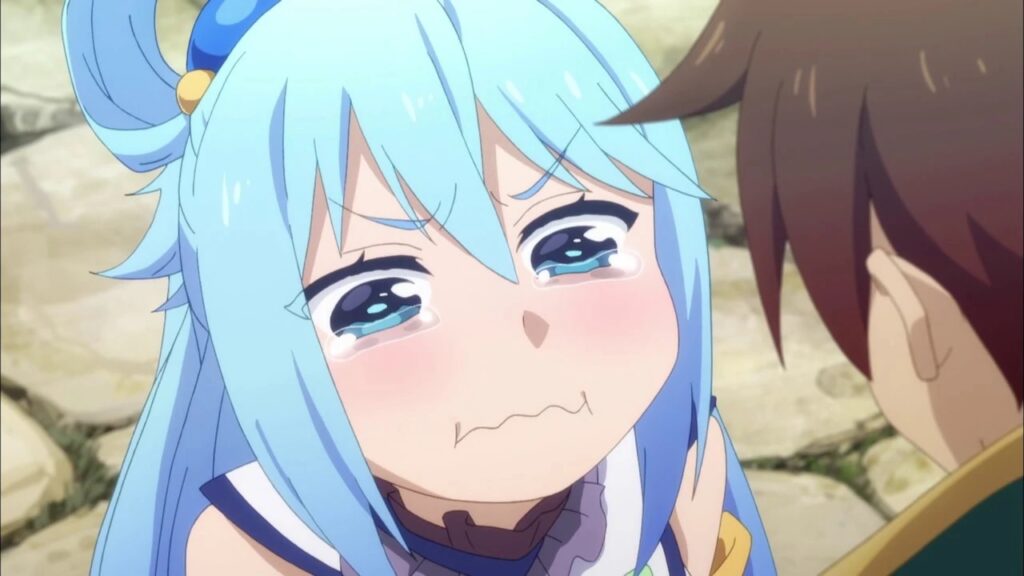
Accompanied by Aqua and joined by other quirky companions he meets along the way, including the explosion-loving mage Megumin and the masochistic crusader Darkness, Kazuma gets on hilarious and often absurd adventures.
“Konosuba” is known for its comedic and satirical take on the isekai (another world) genre, often subverting common tropes and expectations. The series features a blend of fantasy, comedy, and occasional moments of heartfelt sincerity as the characters find their way through various challenges and encounters.
The anime adaptation of “Konosuba” received widespread acclaim for its humor, memorable characters, and witty dialogue. It has garnered a dedicated fanbase and multiple seasons, as well as spin-off material.
Fans of comedy and fantasy anime, especially those looking for a light-hearted and entertaining take on the isekai genre, often find “Konosuba” to be a delightful and enjoyable series.
Kazuma Satou’s journey starts not with honor but embarrassment. After dying in a humiliating way, he’s offered a second life in a magical realm. His only request? To bring a powerful item with him. In a moment of pettiness, he chooses the goddess Aqua. From that instant, chaos follows him everywhere, setting the tone for KonoSuba’s outlandish storytelling.
This isn’t a typical isekai filled with noble warriors and serious quests. Instead, KonoSuba flips the genre, turning heroic tales into farces. Kazuma isn’t brave or noble. He’s sarcastic, lazy, and frequently selfish. Yet those flaws make him oddly relatable. He approaches fantasy life the way most people might—with skepticism, opportunism, and low expectations.

Aqua, the goddess-turned-party-member, proves herself hilariously useless in practical combat. Despite divine origins, she spends more time crying and whining than actually helping. Her flawed nature, combined with overwhelming pride, turns every dungeon run into an unpredictable disaster. Yet her commitment to vanity and loud denial of her failures bring relentless comedy to every scene.
Megumin, the self-proclaimed archwizard, insists on using only explosion magic—even though it knocks her unconscious after each spell. Her devotion to explosions becomes a running gag that somehow never loses charm. Her dramatic flair, obsession with destruction, and awkward crush on Kazuma blend into a character that’s both eccentric and endearing.
Darkness, the masochistic crusader, completes the dysfunctional squad. Her noble background contrasts with her disturbing desire to be humiliated in battle. She can’t land a single blow on enemies but willingly throws herself into the thick of danger. Her bizarre fantasies and lack of shame constantly push situations from silly to completely unhinged.
These characters thrive not because they grow stronger or wiser, but because they survive one blunder after another. Quests fall apart, plans backfire, and monsters become bizarre punchlines. The world itself plays along—townsfolk are ungrateful, nobles are petty, and nothing unfolds like a grand fantasy should. That’s what makes KonoSuba unique.
The writing leans heavily into sarcasm, deadpan delivery, and banter. Conversations feel less like scripted exchanges and more like friends mocking each other out of frustration. Kazuma’s commentary on the absurdity around him serves as the audience’s voice, constantly breaking the illusion of grandeur the genre usually maintains. It’s sharp, witty, and surprisingly grounded.

Visually, KonoSuba’s animation isn’t always polished, but the style adds to its charm. Exaggerated expressions, sloppy movements, and over-the-top reactions work in favor of its comedic tone. Studio Deen embraces rough edges rather than hiding them, matching the chaotic mood of the story. The lack of elegance mirrors the flawed cast and their slapstick adventures.
Musical direction enhances this madness. The upbeat opening theme contrasts with Kazuma’s pessimism, while quirky background tracks highlight the absurdity of each scene. The soundtrack knows when to play up the drama ironically and when to lean into genuine emotional moments. The lighthearted tones keep everything buoyant even during more serious stretches.
Despite its comedic structure, KonoSuba sometimes reveals more heartfelt truths. Beneath Aqua’s incompetence, Megumin’s dramatics, and Darkness’s strange preferences are characters longing for acceptance. They may fail constantly, but they still show up, support each other, and form bonds. Their friendship, messy as it is, becomes the emotional backbone of the series.
Kazuma himself undergoes subtle shifts. While still snarky and manipulative, he occasionally acts with selflessness, especially when his companions face real danger. His moments of bravery aren’t grand but honest. Whether it’s standing up to corrupt nobility or risking his life for his party, he shows there’s more beneath the sarcasm.
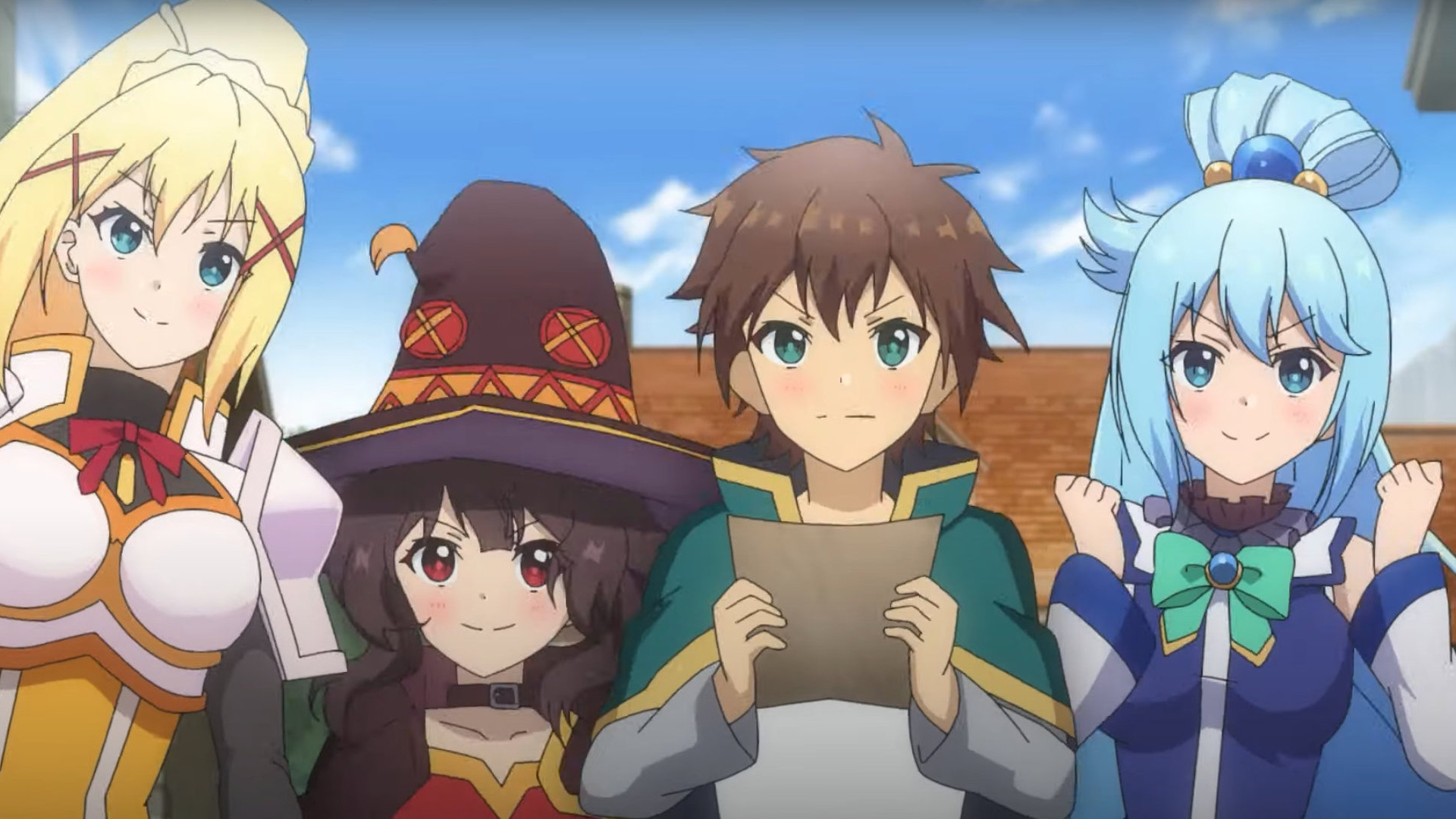
KonoSuba also critiques the idea of “chosen one” narratives. Kazuma isn’t destined for greatness—he’s unlucky, average, and constantly outclassed. Yet he endures. The show mocks overpowered protagonists by presenting a hero who wins through trickery, bargaining, and dumb luck. His achievements are often messy, but they reflect the reality of dealing with unpredictable chaos.
Side characters and townspeople also add to the atmosphere. From the eccentric Wiz to the intimidating but misunderstood Vanir, the world feels vibrant in its own bizarre way. Even minor roles leave lasting impressions due to their odd behavior, unique quirks, or outrageous logic. The entire setting feels like a carnival where everyone’s playing a slightly broken role.
What makes KonoSuba work long-term is consistency. Each episode builds upon the last disaster without trying to reset or redeem its characters completely. It allows its cast to remain flawed, to fail often, and to grow slowly, if at all. That steady rhythm keeps the humor alive and the world believable within its twisted logic.
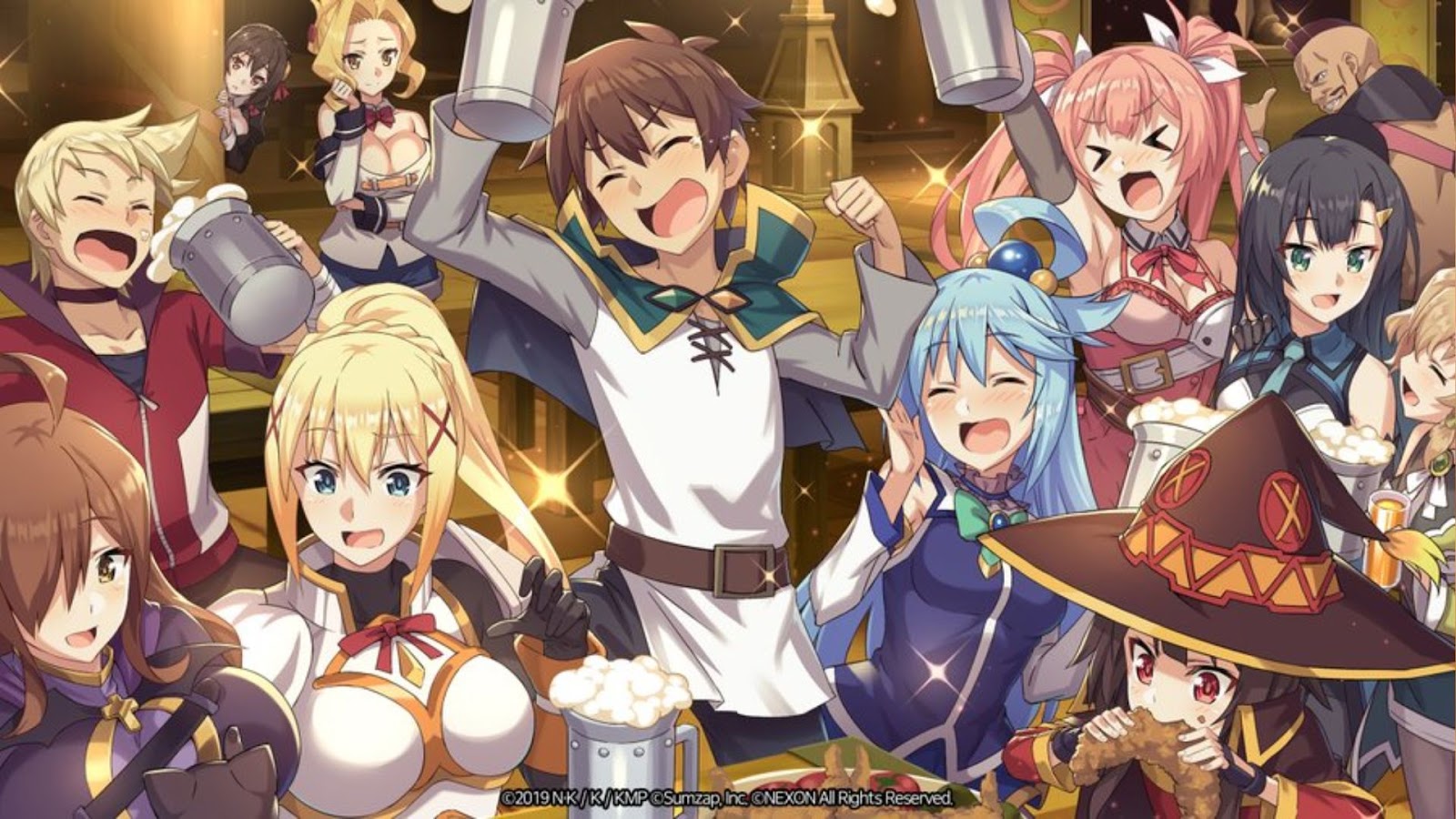
Romantic tension exists, especially between Kazuma and Megumin, but it’s never rushed. The show doesn’t rely on sudden love confessions or melodrama. Instead, it allows attraction and trust to develop awkwardly over time. These moments don’t overshadow the comedy—they gently support it, showing the bonds are more than surface-level.
By avoiding traditional isekai formulas, KonoSuba builds its own lane. It’s not a journey toward greatness, but a chaotic ride with moments of clarity. Watching Kazuma and his team fumble through life is strangely satisfying. Their collective messiness makes victories feel genuine, no matter how small or ridiculous they might be.
The humor never comes from malice—it comes from honesty. KonoSuba looks at fantasy and says, “What if people stayed who they were?” It keeps its stakes low but meaningful. The dungeons, monsters, and spells never overshadow the real story: four weird people trying to find some sense of meaning in a world that makes no sense.
KonoSuba continues to gain fans because it refuses to pretend. It doesn’t polish its characters, world, or narrative. Instead, it shows imperfection with pride, letting failures be funny, annoying, and sometimes moving. That rare blend of farce and sincerity is what sets it apart from the dozens of isekai surrounding it.
6. Delicious In Dungeon
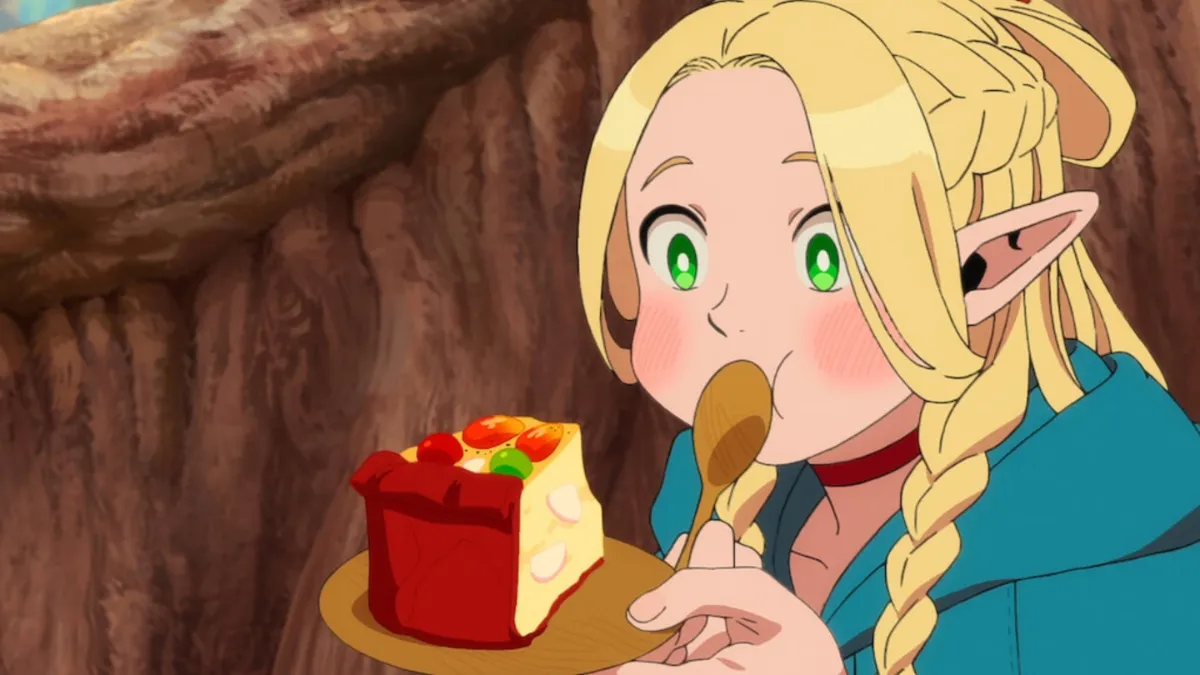
Beneath the seemingly benign surface of the fantasy realm of Delicious in Dungeon lies a hidden and ominous truth, concealed within the depths of the labyrinthine Dungeon where Laios, Marcille, Senshi, and Chilchuck get on their quest to rescue Falin.
Marcille reveals the enigma, believing that the ancient magic imbued within the Dungeon’s very stones holds forgotten knowledge once wielded by her ancestors, now shrouded in superstition and ignorance.
For enthusiasts of Delicious in Dungeon, these series intertwine elements of fantasy, culinary delights, and gripping action, crafting recipes for thrilling adventures.
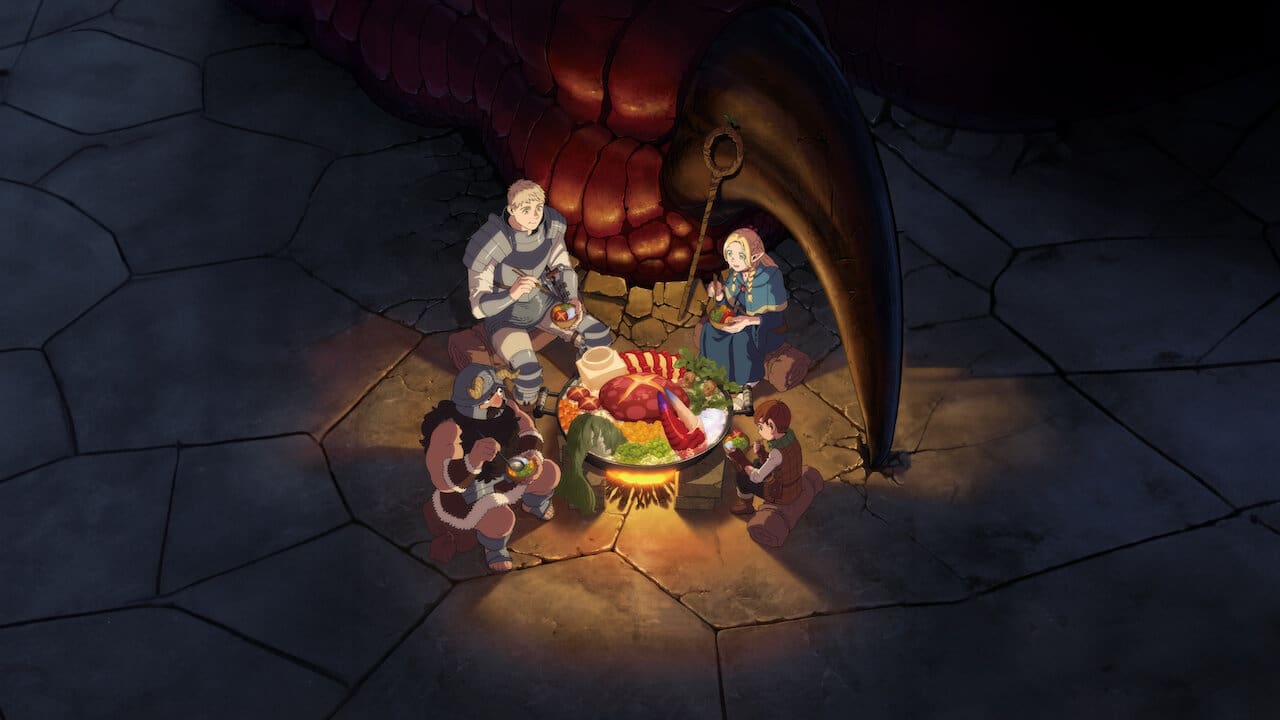
When the pivotal moment to resurrect Falin arrives, Marcille hesitates not to employ the ancient magic, viewing it as the key to saving her companion. However, Chilchuck vehemently opposes this risky endeavor, acutely aware of the dire consequences that may accompany such recklessness.
“Delicious in Dungeon,” known as “Dungeon Meshi” in Japanese, is a manga series written and illustrated by Ryoko Kui. It has gained popularity for its unique blend of fantasy adventure, cooking, and humor.
The story follows a group of adventurers who go on a quest to find a vast and dangerous dungeon in search of treasure and to rescue one of their party members who has been eaten by a dragon.
However, they quickly run into trouble and find themselves low on supplies. To survive, they decide to cook and eat the monsters they encounter in the dungeon.
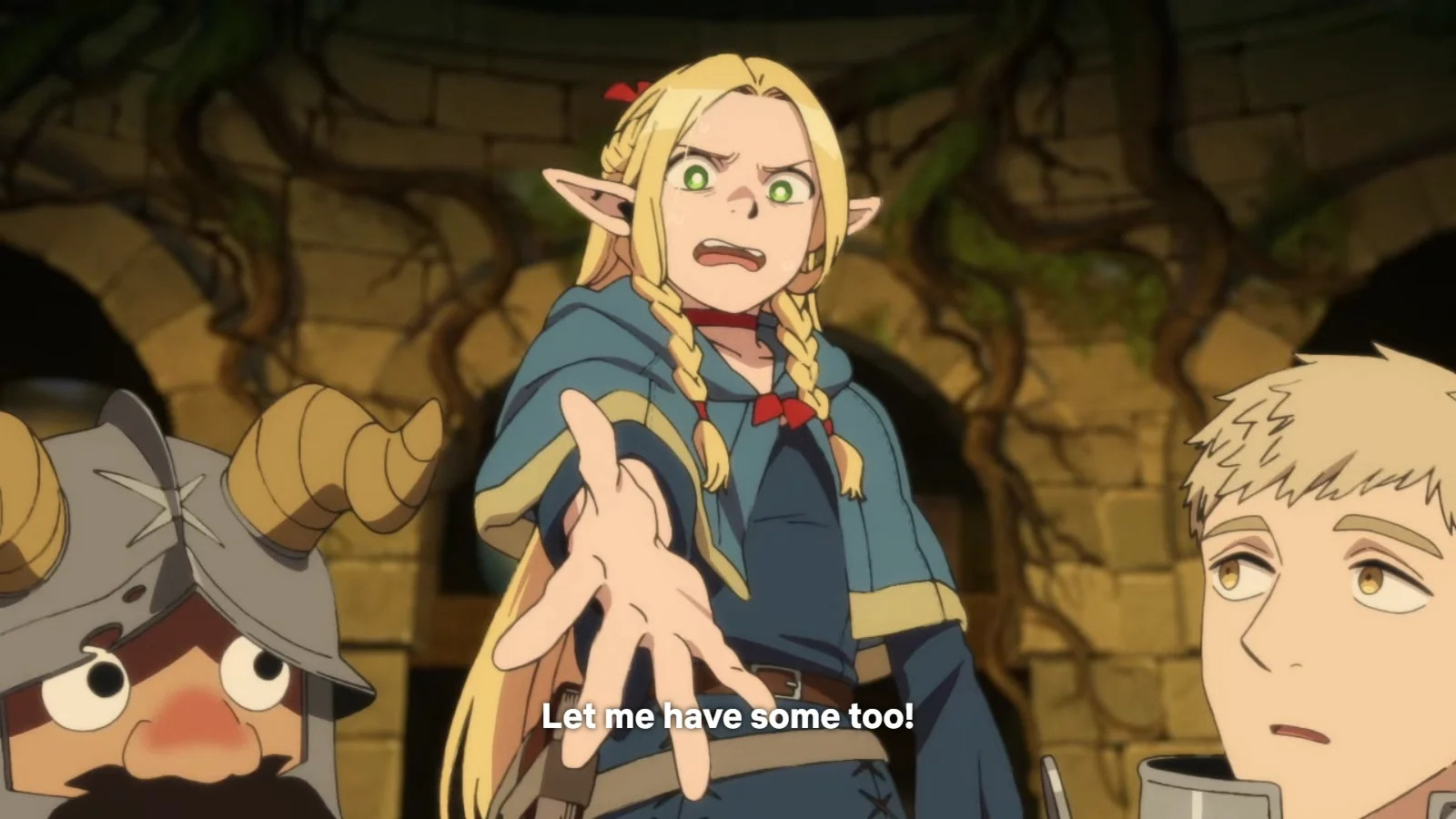
What sets “Delicious in Dungeon” apart is its focus on food and cooking within a fantasy setting. The manga features detailed recipes and cooking techniques for preparing various fantasy creatures, from giant frogs to golems, all with a comedic twist.
As the adventurers get deeper into the dungeon, they encounter new ingredients and cooking challenges, all while developing their culinary skills.
The series combines elements of fantasy adventure, comedy, and cooking, creating a unique and engaging reading experience. Fans of fantasy manga with a quirky and light-hearted tone, as well as those interested in cooking and culinary culture, often find “Delicious in Dungeon” to be a refreshing and enjoyable series.
5. High School DxD
Issei Hyoudou may stand as a formidable force in High School DxD, but the mantle of the most potent magic wielder belongs to Rias Gremory. Renowned for her mastery of the arcane arts, Rias gets into the realms of Dark Magic, particularly the ominous Discipline of Destruction.
This forbidden art, a treasured legacy within the Gremory lineage, wields such terrifying might that even the divine tremble at its potential. However, Rias exercises judicious restraint in its utilization, cognizant of the cataclysmic consequences it could unleash.
She reserves Destruction magic as a measure of last resort, fully aware of the unfathomable devastation it could wreak upon the world should it spiral out of control.
Rias’s sagacity and prudence serve as bulwarks against the unrestrained power she commands, ensuring that her mastery remains a force for safeguarding rather than annihilation.
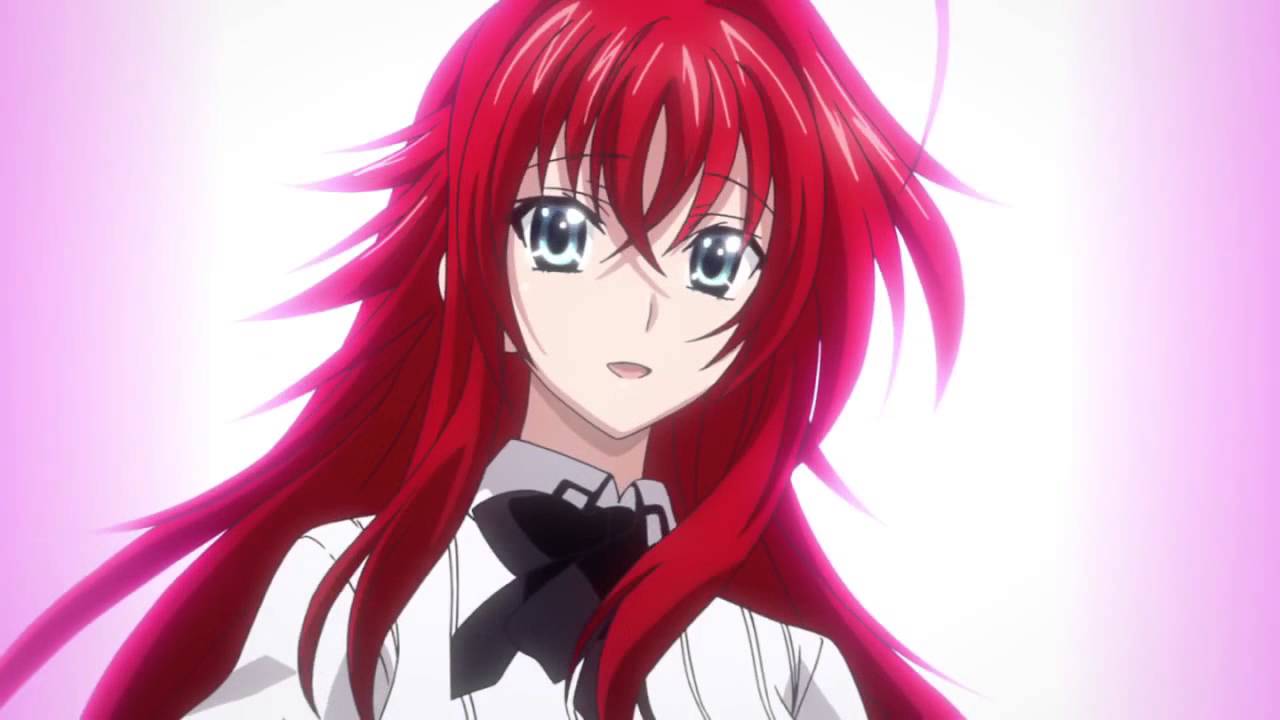
“High School DxD” is a Japanese light novel series written by Ichiei Ishibumi and illustrated by Miyama-Zero. It has also been adapted into manga, anime, and various other media.
The story centers around Issei Hyoudou, a high school student who is killed by a fallen angel on his first date. However, he is revived by Rias Gremory, a top-class devil, as her servant. As a member of the occult research club at Kuoh Academy, Issei becomes involved in various supernatural conflicts between angels, fallen angels, and demons.
“High School DxD” is known for its blend of action, supernatural elements, and ecchi (erotic) content. The series features intense battles between powerful beings, often interspersed with comedic and risqué moments.
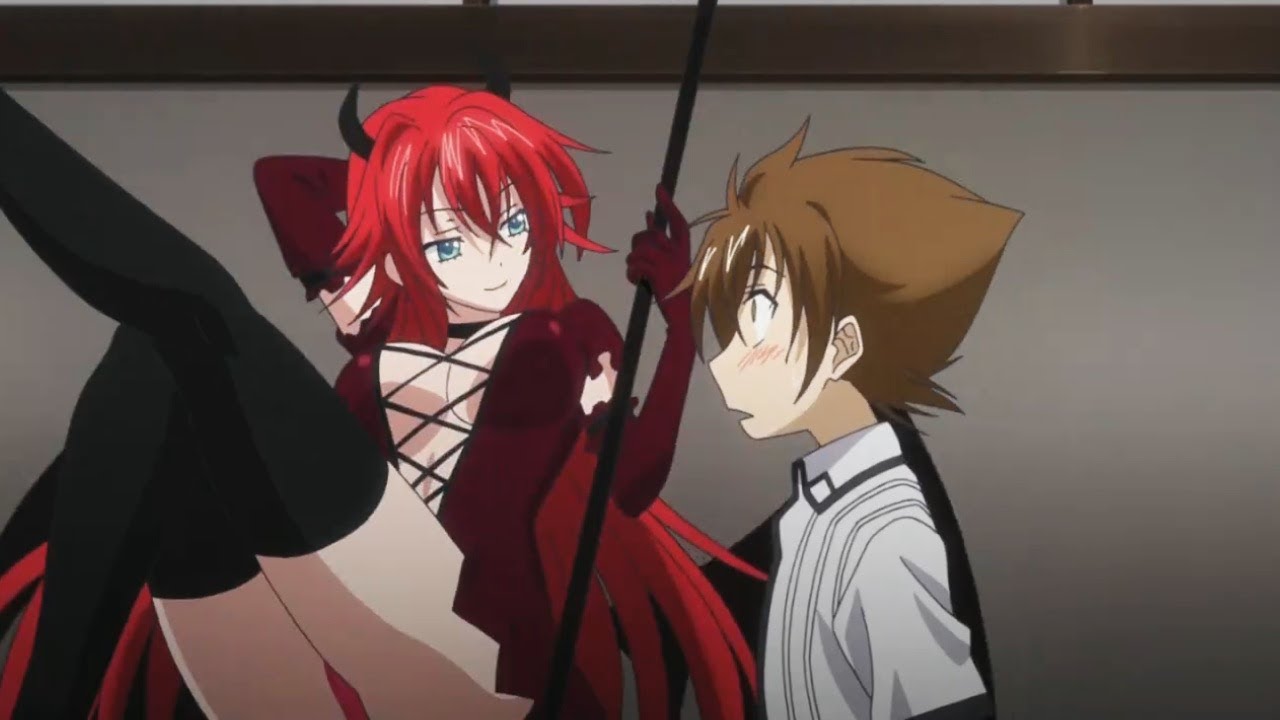
As Issei finds the world of devils and angels, he forms bonds with his fellow club members, including Rias Gremory, Akeno Himejima, and Asia Argento, while also facing off against dangerous enemies and uncovering the secrets of his own heritage.
The anime adaptation of “High School DxD” received attention for its action-packed scenes, colorful characters, and fan service elements. It has garnered a dedicated fanbase and multiple seasons, as well as OVAs (original video animations) and spin-off material.
Fans of supernatural action anime with elements of comedy and ecchi content often enjoy “High School DxD” for its entertaining blend of genres and its focus on intense battles and character relationships.
4. Fairy Tail
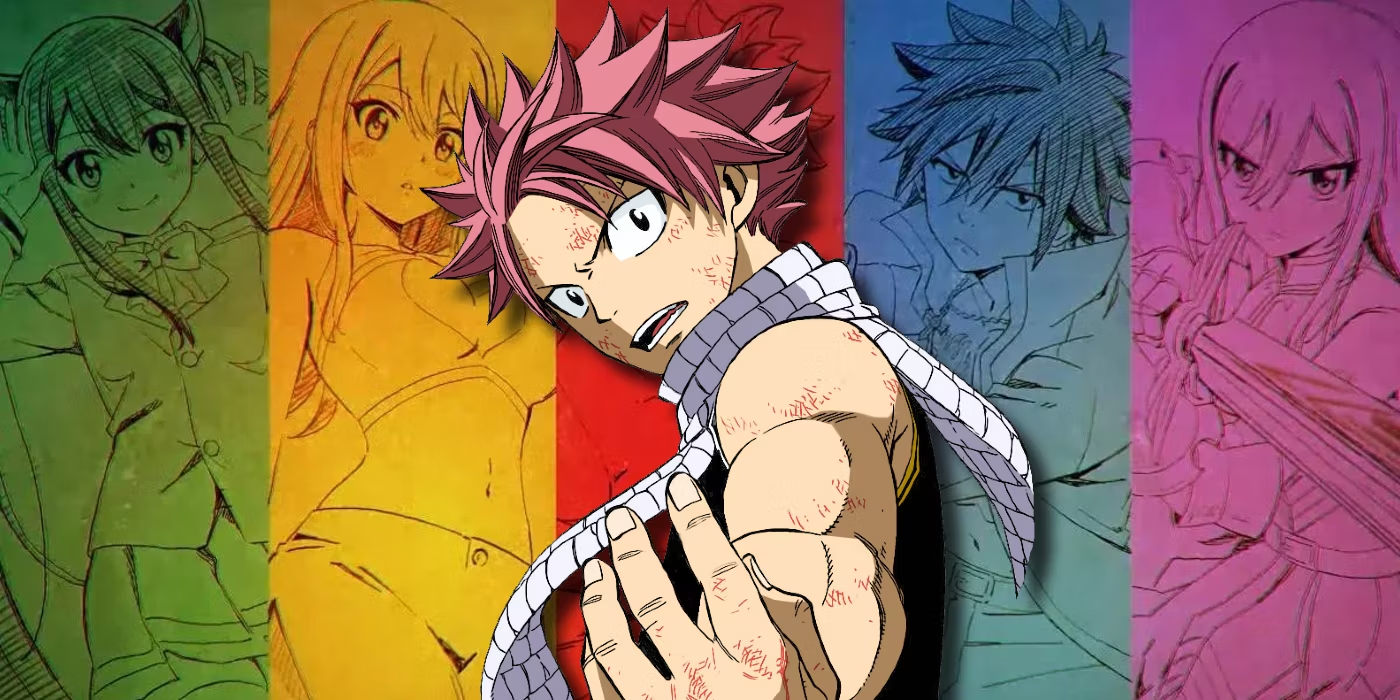
Gray Fullbuster possessed an exceptional talent for Ice-Make magic from a young age, establishing him as one of the most formidable elemental mages in the anime. However, his already impressive power surged to new heights upon inheriting his father’s legacy: Ice Devil Slayer Magic.
This formidable and shadowy magic is regarded as taboo by some, wielding immense power at the cost of grave consequences. When activated, Ice Devil Slayer Magic empowers Gray, enabling him to consume all Ice-type magic in his vicinity, akin to Natsu’s manipulation of flames.
Yet, the use of this potent magic takes a toll. With each invocation, Gray risks losing control, potentially succumbing to the very demonic forces he seeks to vanquish.
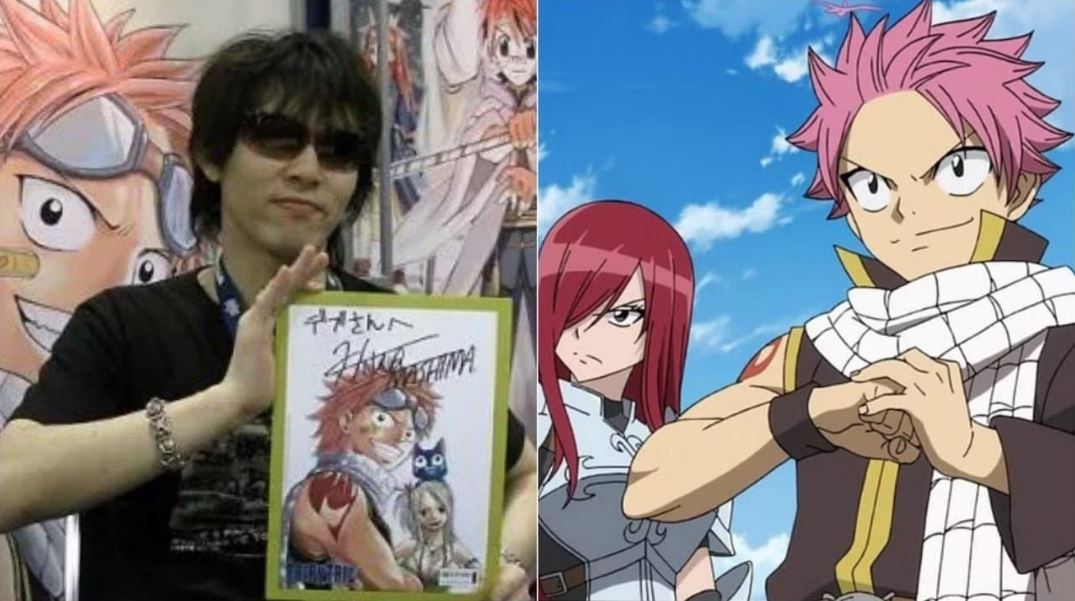
“Fairy Tail” is a popular Japanese manga series written and illustrated by Hiro Mashima. It has also been adapted into an anime series, several films, OVAs (original video animations), and spin-off manga.
The story is set in the fictional world of Earthland, where magic is a common part of everyday life and various guilds of mages exist. The series follows the adventures of the Fairy Tail guild, particularly focusing on the adventures of its core members: Lucy Heartfilia, Natsu Dragneel, Gray Fullbuster, Erza Scarlet, and Happy the cat.
Natsu Dragneel, a dragon slayer wizard with the ability to harness fire magic, is on a quest to find his foster parent, a dragon named Igneel. Alongside his friends, he takes on various missions, battles powerful foes, and reveals mysteries while forging strong bonds of friendship and camaraderie.
“Fairy Tail” is known for its action-packed battles, colorful cast of characters, and themes of friendship, loyalty, and perseverance. The series finds the personal growth and development of its characters as they face numerous challenges and overcome adversity together.
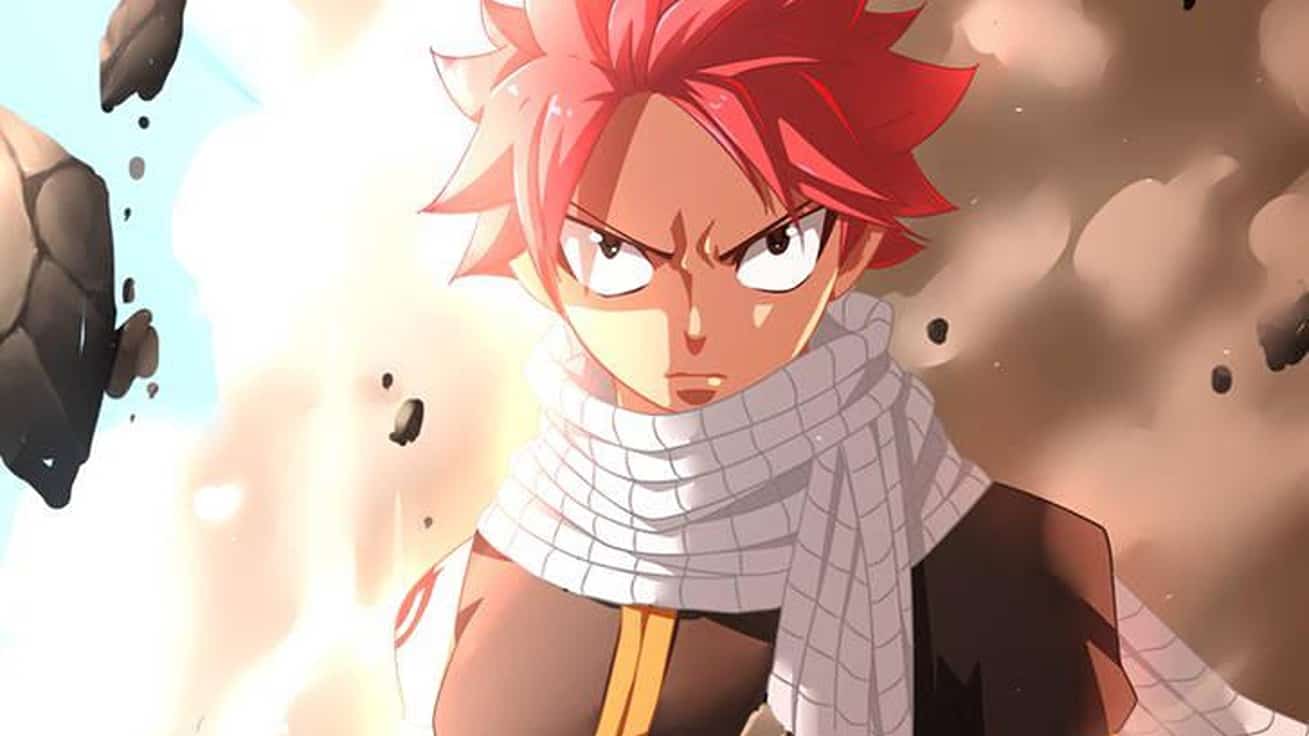
The anime adaptation of “Fairy Tail” received widespread popularity for its vibrant animation, memorable soundtrack, and faithful adaptation of the manga’s storyline. It has garnered a large and dedicated fanbase worldwide, becoming one of the most iconic and beloved anime and manga series in the fantasy genre.
Fans of action-packed adventure anime with elements of magic and friendship often find “Fairy Tail” to be an engaging and enjoyable series with its blend of exciting battles, emotional moments, and comedic interludes.
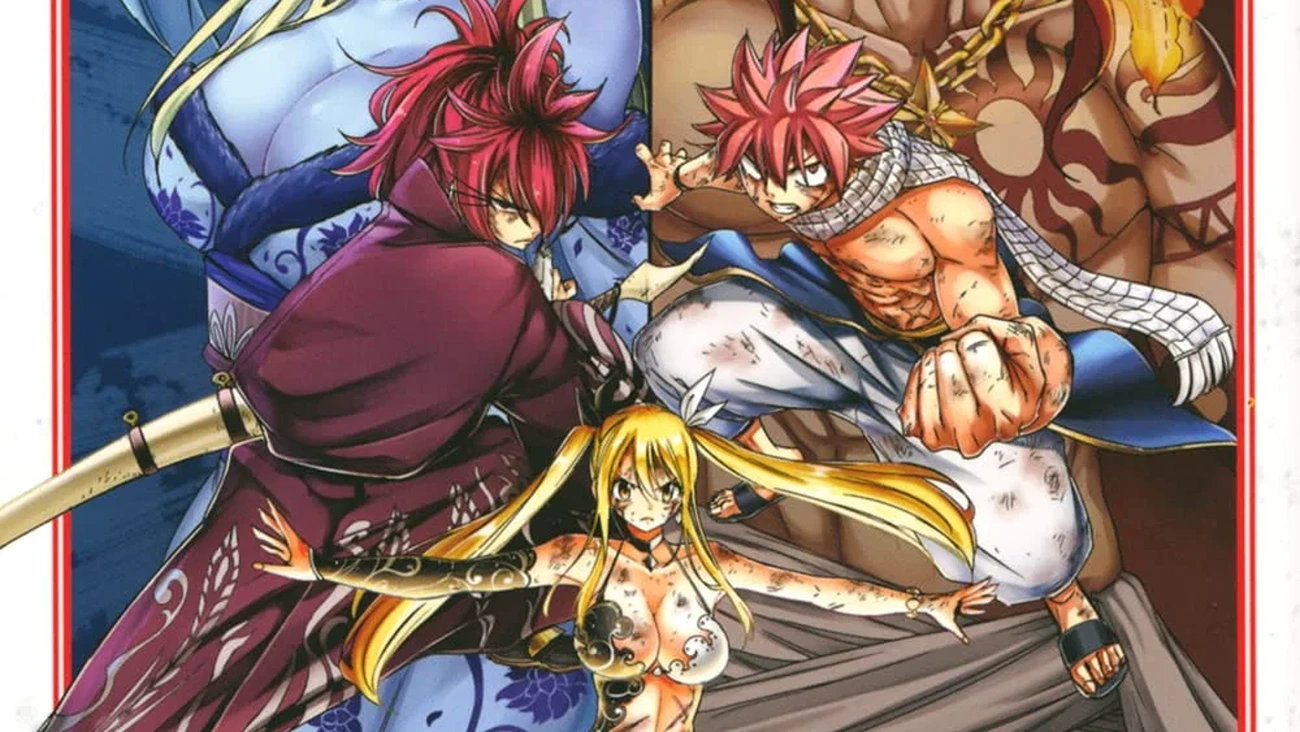
Fairy Tail thrives on emotions. From the first moment Natsu charges into action to defend his friends, it’s clear this isn’t just about battles—it’s about the fire inside each character. That inner drive turns fights into something more than spectacle. They’re moments of connection, grief, pride, and forgiveness.
Natsu Dragneel stands at the center of this energy. Loud, impulsive, and fiercely loyal, he’s the kind of fighter who doesn’t think twice before jumping in. His bond with Lucy Heartfilia becomes the heart of the story—not romantic, but deep, trusting, and full of respect. Their journey builds much of the emotional core.
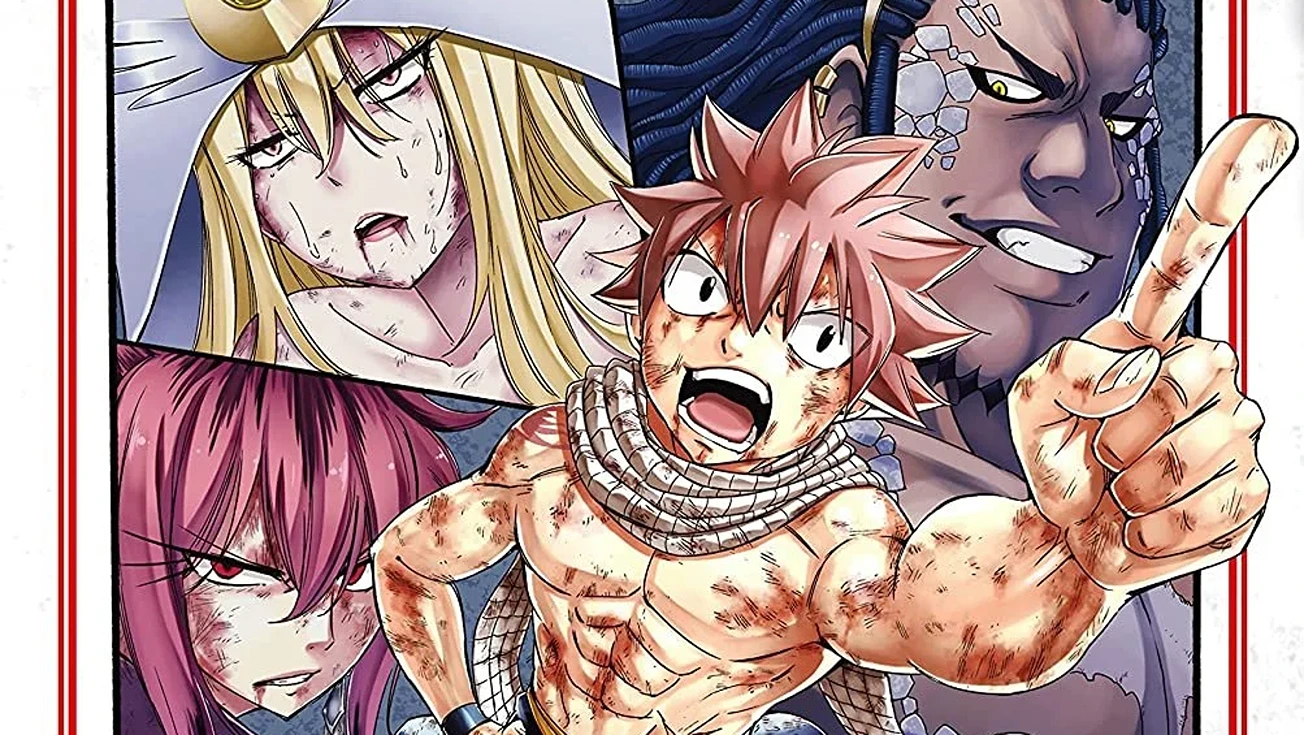
Lucy enters the guild unsure of herself. Her growth feels personal and steady. She isn’t the strongest mage, but she improves through grit and support. Her Celestial Spirits are more than tools—they’re companions. Her bond with them reflects her own need for closeness and the emotional distance she faced growing up in a wealthy, lonely household.
Other core members like Gray, Erza, and Wendy each add something meaningful. Gray’s icy exterior hides deep trauma, especially related to loss and revenge. His rivalry with Natsu offers both humor and tension. Erza, stoic and disciplined, carries the burden of childhood pain but becomes the pillar of strength. Wendy’s kindness balances their firepower with quiet courage.
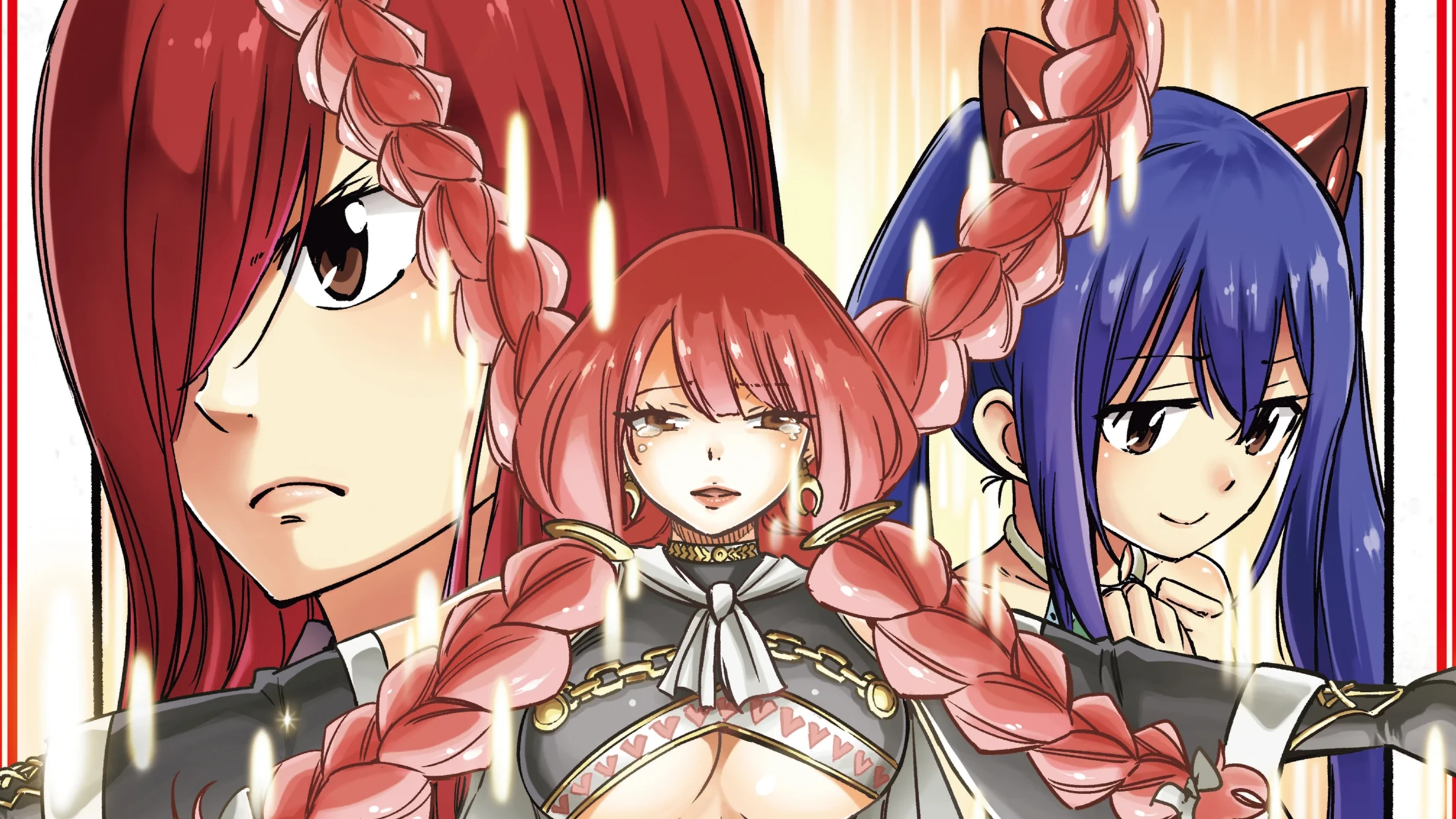
The world of Fiore feels vivid with its magic guilds, missions, and vast terrains. Fairy Tail doesn’t build its universe through rules—it does it through relationships. Each arc introduces new guilds, dark forces, or ancient spells, but at its core, it’s always about the ties between people. The setting supports those emotional clashes more than any grand system.
The animation remains vibrant, especially during action sequences. When Natsu’s flames roar or Erza switches armor mid-battle, everything heightens. Music swells with Celtic energy, adding weight to magical scenes. Even slower episodes carry emotional resonance through these visual and sound cues. It never forgets its tone: fiery, proud, and heartfelt.
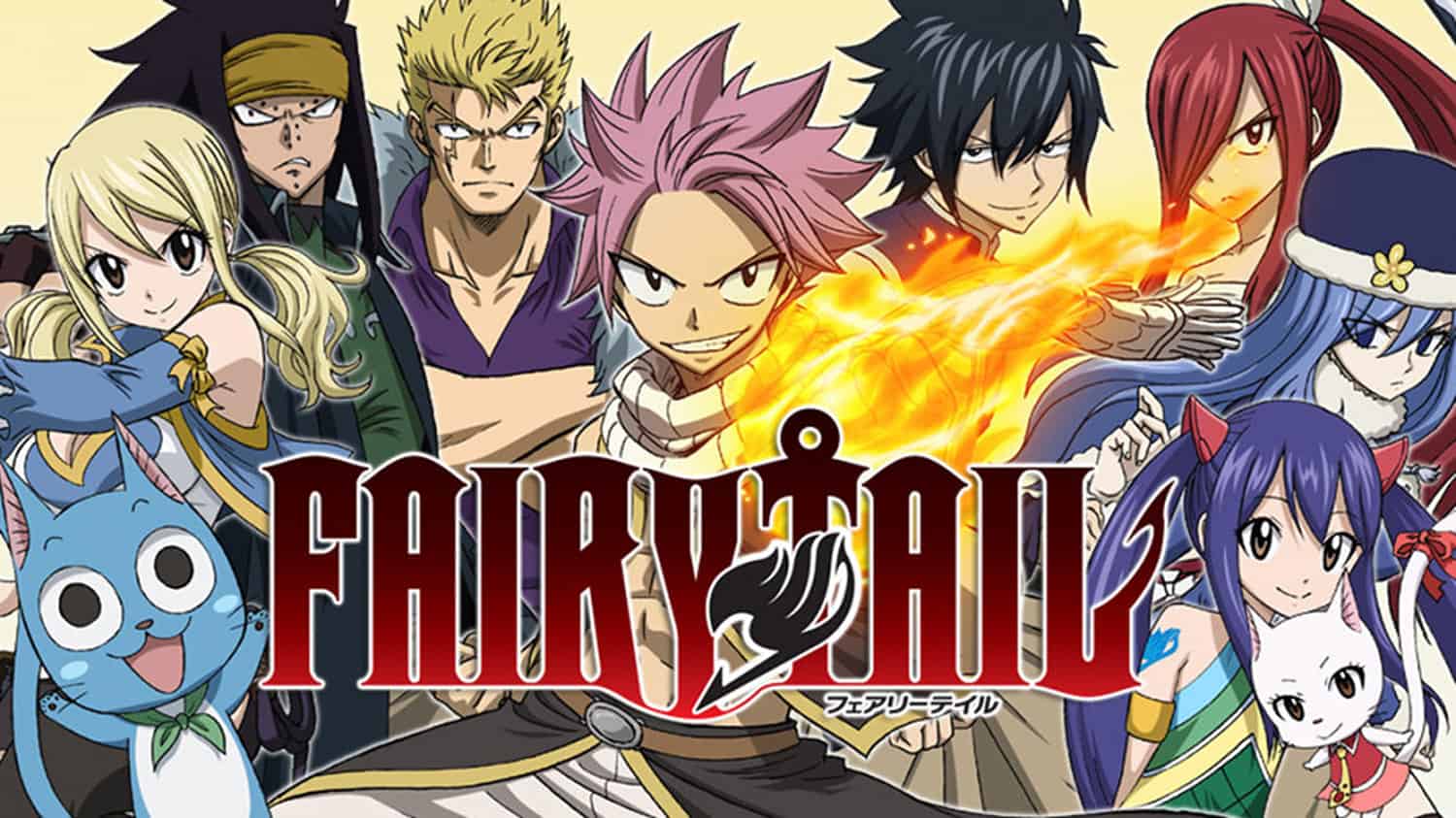
Humor flows naturally throughout. Natsu and Gray’s endless bickering never feels forced. Happy’s dry comments and flying antics break tension without dragging down the scene. Characters like Gajeel, Juvia, and Levy bring their quirks too, balancing darker storylines with comic energy. These moments help avoid emotional fatigue and keep things moving.
Themes of family and chosen bonds repeat often. Fairy Tail itself becomes a home for characters who were cast out, abandoned, or isolated. Even former enemies like Laxus and Gajeel eventually find their place within the guild. Forgiveness doesn’t come easily—but when it does, it sticks. The series believes deeply in second chances.
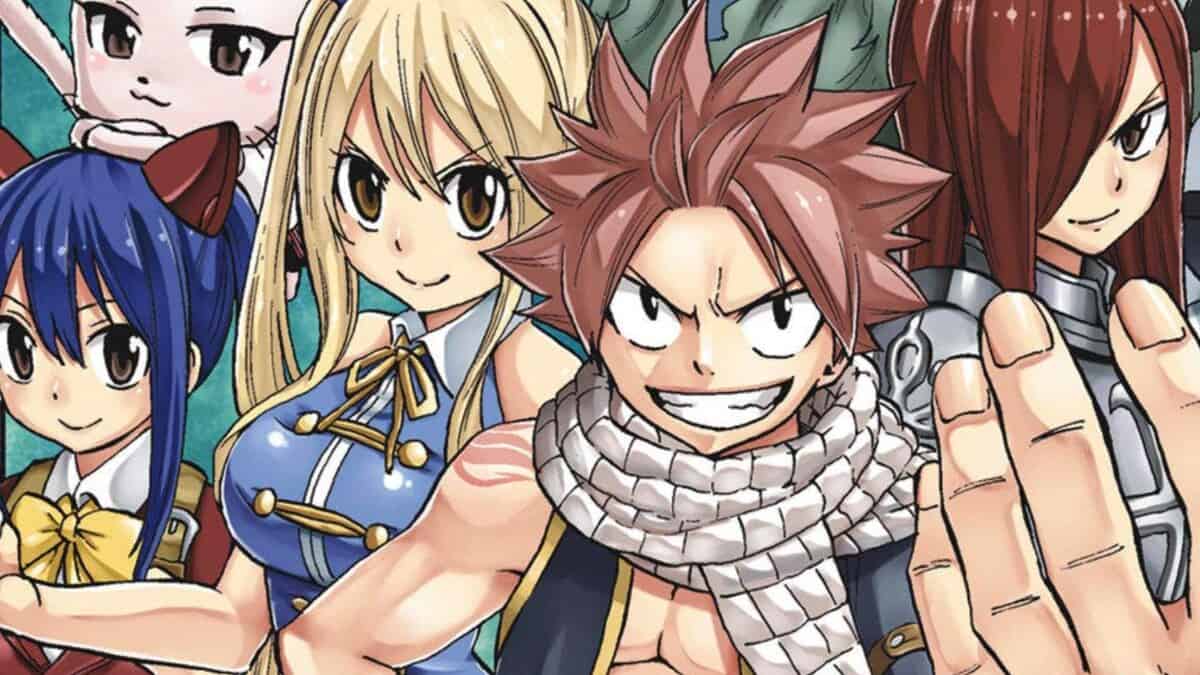
Some arcs leave strong impressions. The Phantom Lord conflict raises the stakes, as Lucy’s family becomes a target. The Tower of Heaven reveals Erza’s harrowing past, showing how even the strongest break. Tenrou Island tests everyone, ending with shocking consequences. The Grand Magic Games arc delivers grand spectacle and solid character growth.
Yet, the anime isn’t flawless. Power-ups arrive abruptly, often fueled by emotional speeches. Repetition builds across arcs—characters beaten down rise again through sheer will or memories of their friends. While these moments can inspire, they sometimes reduce tension. Viewers expecting strategic combat might grow impatient with emotional triggers replacing clever plans.
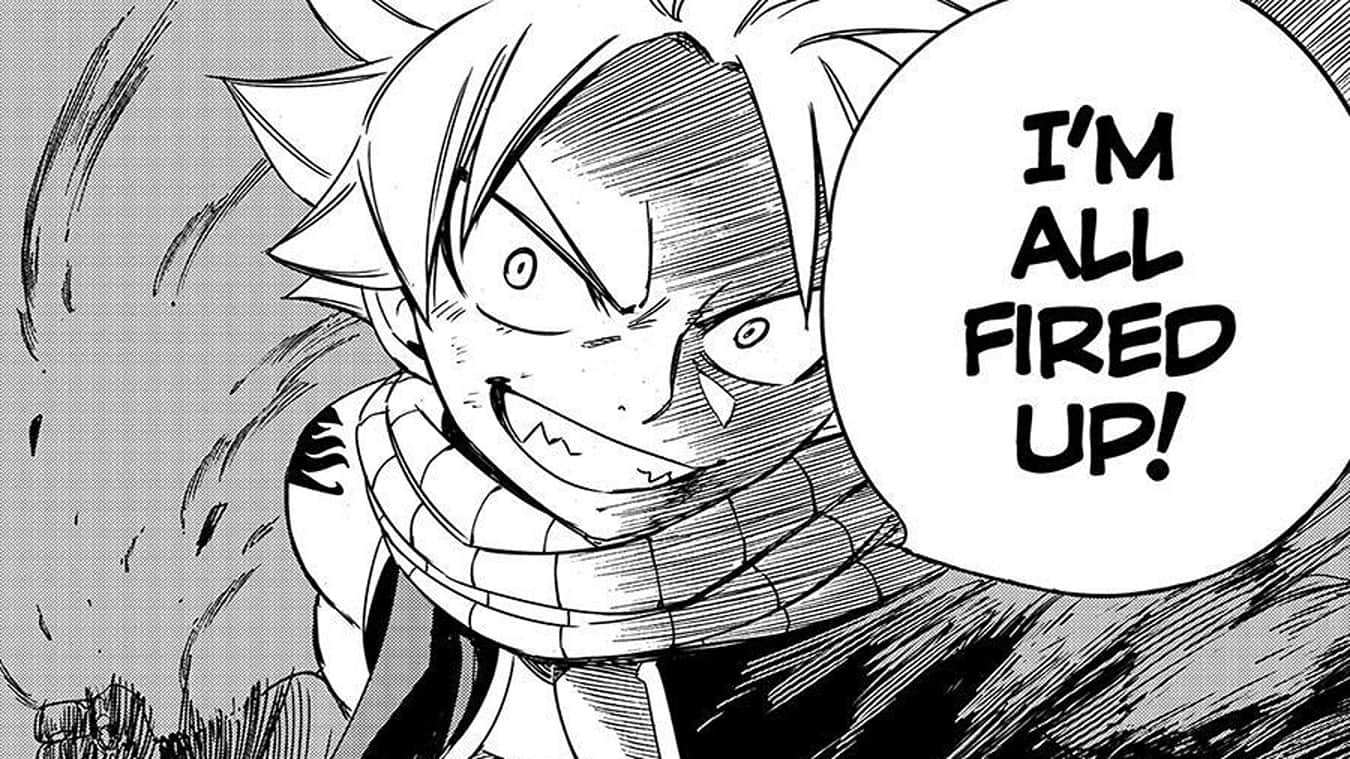
Pacing also wavers. Some arcs stretch too long. Filler episodes sometimes break momentum. The anime’s determination to keep everyone involved leads to overcrowded scenes. Still, it rarely loses focus on the emotional reason behind the fight. Whether personal trauma or protecting friends, the goal remains consistent: protect what matters.
Despite its faults, Fairy Tail has a lasting charm. It makes viewers care. Fans stay not only for explosions or magic but because they believe in this guild. They’ve watched these characters cry, laugh, and grow. That connection keeps the anime meaningful even after dozens of episodes and repeated themes.
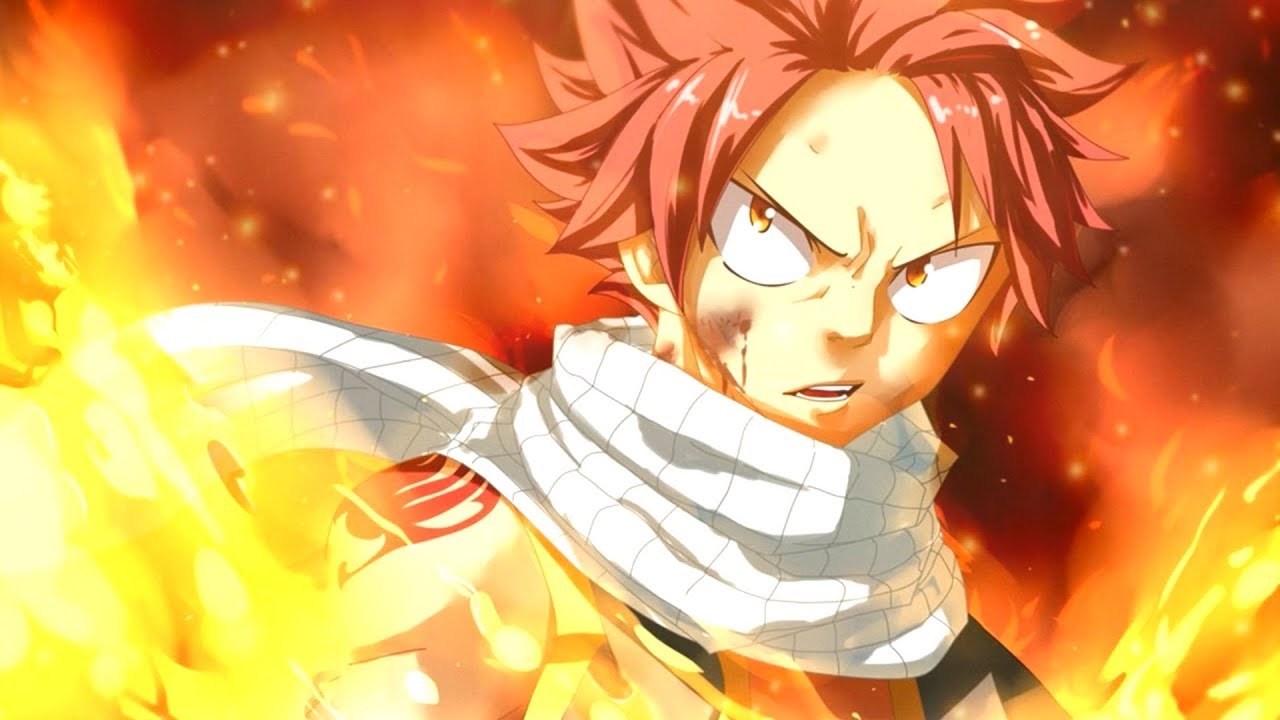
Romantic tension stays light, though present. Juvia’s obsession with Gray becomes comedic but slowly earns sincerity. Lucy and Natsu’s bond stays platonic yet intimate. Gajeel and Levy’s relationship builds quietly and feels natural. The series resists romantic conclusions, focusing instead on team growth and emotional connection over labels.
Magic in Fairy Tail isn’t only for battles—it reflects identity. Natsu’s flames come from the dragon who raised him. Erza’s armor mirrors her need for control. Lucy’s contracts represent her personal ties. Magic becomes more than strength; it’s memory, struggle, and hope made visible. That detail gives the action emotional weight.
As arcs unfold, the pain and joy of each member deepen the guild’s meaning. Makarov, the guild master, often reminds them of their shared path. His speeches, though grand, stem from care. His grief when Fairy Tail suffers adds age and wisdom to a group often powered by youthful chaos and pride.
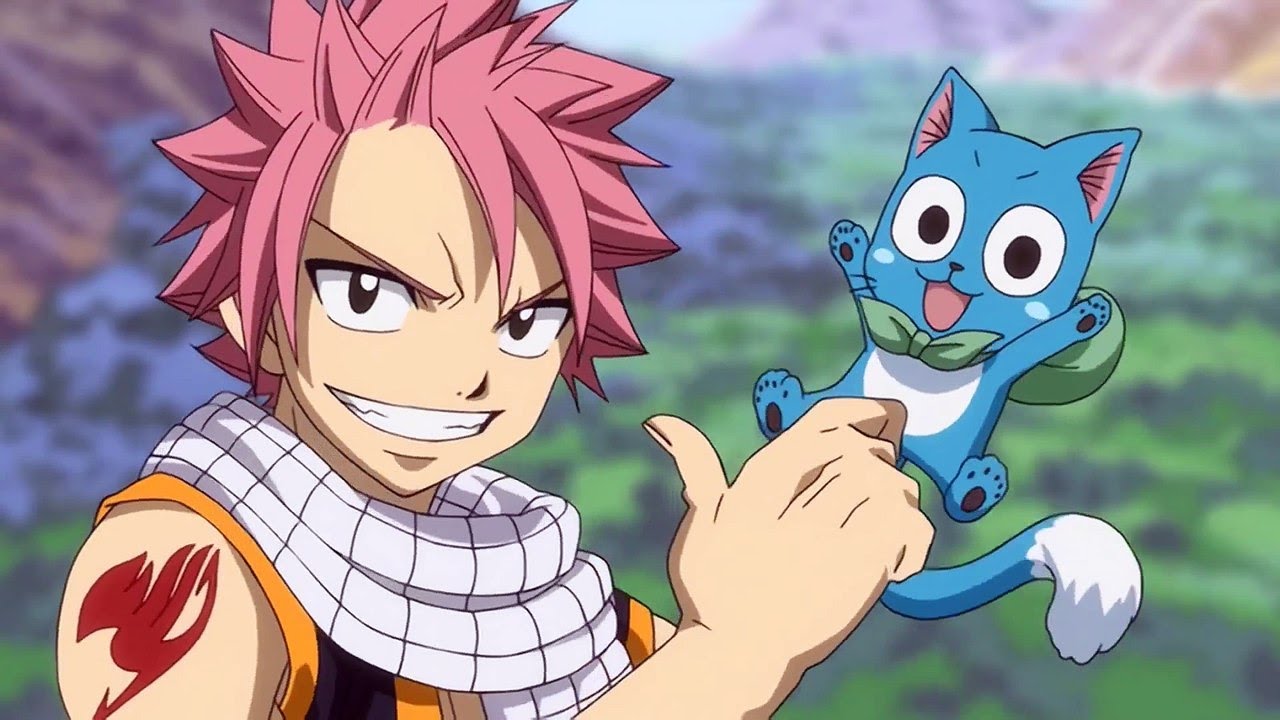
By the time later arcs arrive, the emotional weight carries over. Even minor characters matter. Cana’s longing for her father, Laxus’s battle for redemption, or Mira’s hidden strength—every backstory adds something vital. No one feels like filler. Everyone stands for something, whether sorrow, laughter, or bravery.
What keeps Fairy Tail relevant is its sincerity. It doesn’t chase trends or rely on shock value. It returns to the same themes—friendship, perseverance, forgiveness—but finds new ways to express them. It’s a story that asks: What are you willing to risk for the people you call home?
When the final battles come, they feel earned. Not because of stronger spells, but because of emotional history. Fans remember the struggles that shaped those victories. Tears feel real, cheers feel deserved, and even if resolutions arrive quickly, they never lack feeling. The payoff comes from the long journey shared.
3. The Eminence In Shadow
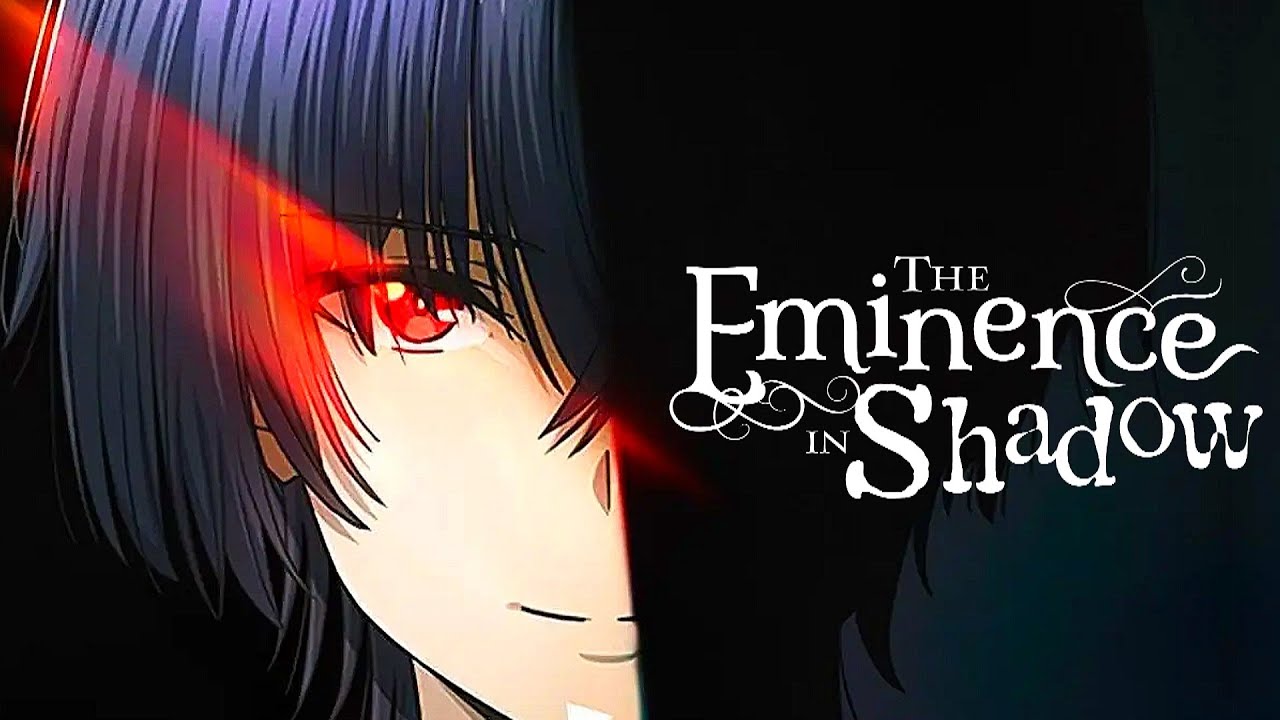
Cid Kagenou, also known as Shadow, possesses a formidable and singular brand of magic, granting him the ability to effortlessly lay waste to entire cities with a mere thought. This unparalleled power, dubbed “I Am Atomic,” serves as Shadow’s signature move, leaving devastation in its wake.
Driven by inscrutable motives, Shadow harbors a propensity for drawing the ire of all who dare to cross his path. His enigmatic persona often culminates in the activation of this forbidden and catastrophic magic, resulting in the annihilation of entire cities before he fades into obscurity once more.
What sets Shadow apart is his unnerving ease in invoking this perilous magic, treating its casting with a nonchalance that belies its profound destructive potential.
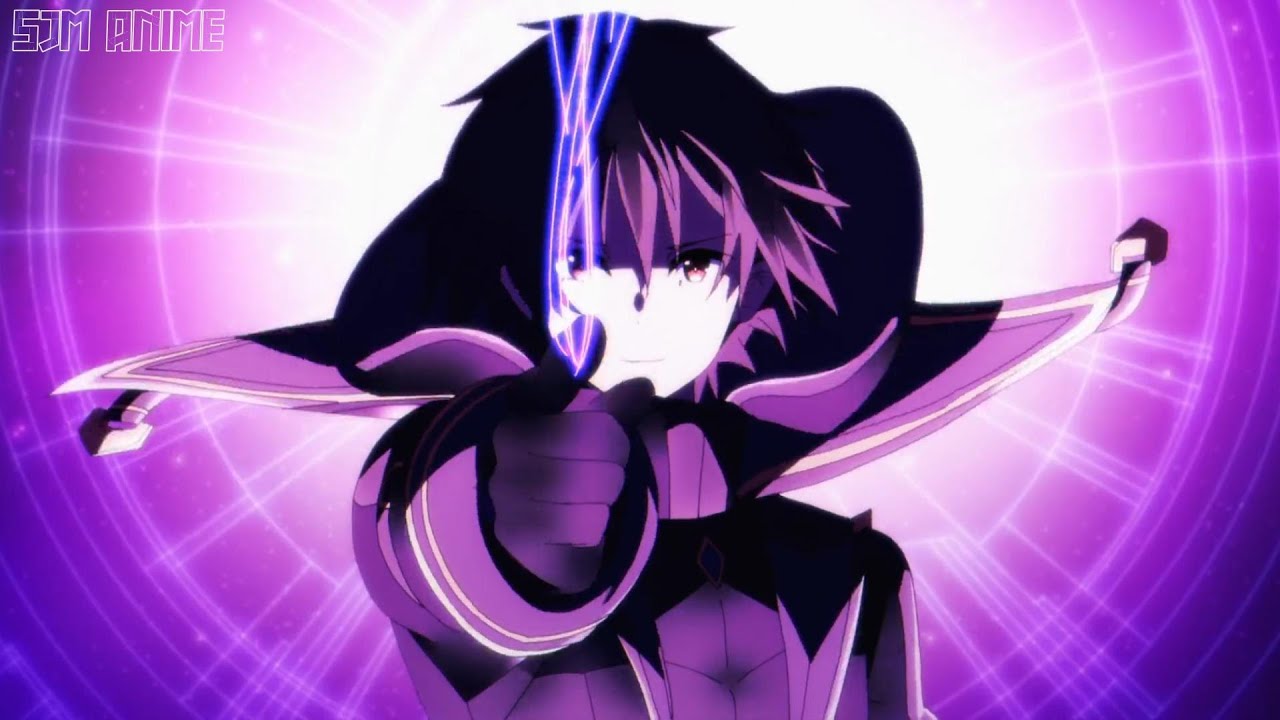
“The Eminence in Shadow,” known as “Kage no Jitsuryokusha ni Naritakute!” in Japanese, is a light novel series written by Daisuke Aizawa and illustrated by Touzai. It has also been adapted into manga.
The story follows Cid Kagenou, a young boy who is obsessed with the idea of becoming a shadowy mastermind, orchestrating events behind the scenes like the protagonists in his favorite novels, manga, and games. Despite lacking any remarkable abilities or resources, Cid is determined to fulfill his dream and become the ultimate shadow ruler.
After a series of unexpected events, Cid finds himself in possession of a mysterious power known as “The Eminence in Shadow,” which allows him to control shadows and manipulate reality. With his newfound abilities, Cid sets out to gather followers and establish his own secret organization, aiming to become the shadowy mastermind he has always idolized.
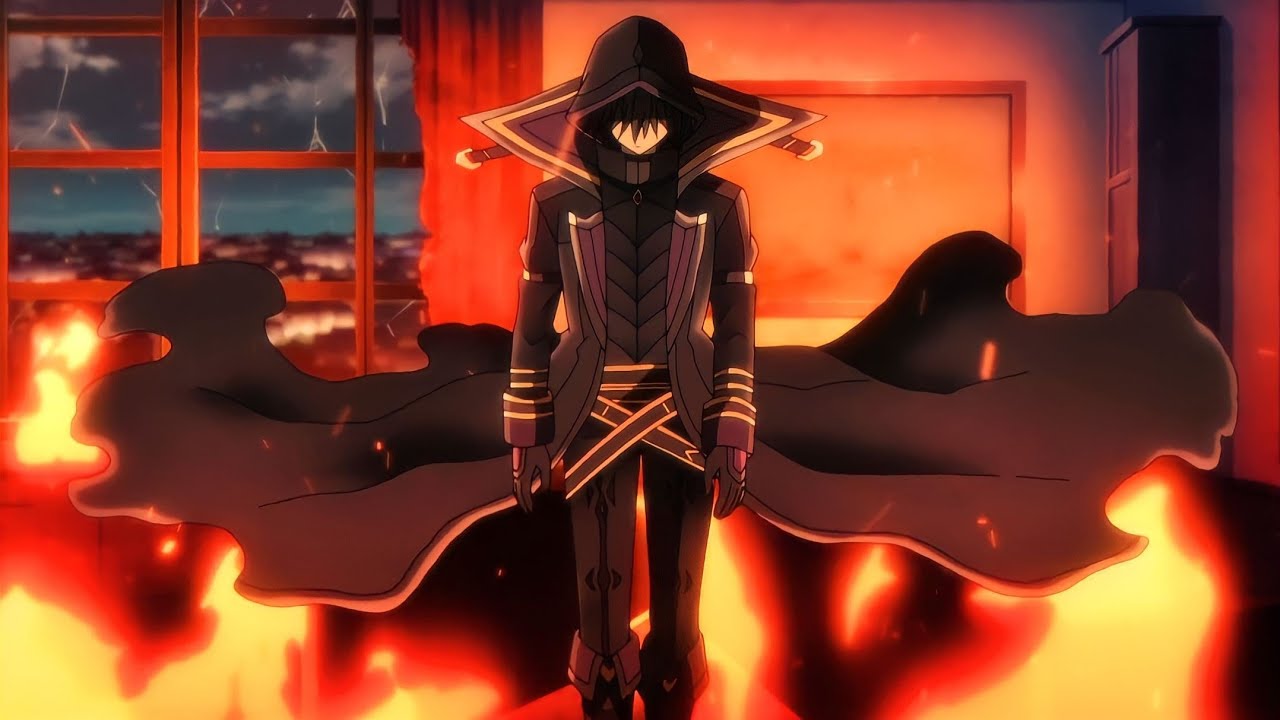
“The Eminence in Shadow” is known for its comedic take on the isekai (another world) genre, as well as its parody of typical fantasy and light novel tropes. The series features humorous situations, exaggerated characters, and absurd scenarios as Cid finds his way through his quest for supremacy from the shadows.
Fans of comedy and fantasy light novels with a satirical twist often find “The Eminence in Shadow” to be a refreshing and entertaining read, particularly if they enjoy stories that poke fun at clichés and conventions of the genre.
Cid Kagenou isn’t your average isekai protagonist. He doesn’t seek fame or fortune. His only goal is to become a background puppet master—someone who shapes events without recognition. He trains obsessively, not to protect or avenge, but to match a character role he invented. This self-awareness becomes the heart of The Eminence in Shadow’s unique tone.
Cid’s outlook is pure role-play. After being reborn in a magical world, he forms a secret organization, Shadow Garden, to fight a cult he made up. The twist? That cult actually exists. His fiction turns into reality without his knowledge, but he continues behaving like it’s all a performance. This ironic gap drives much of the series’ charm.
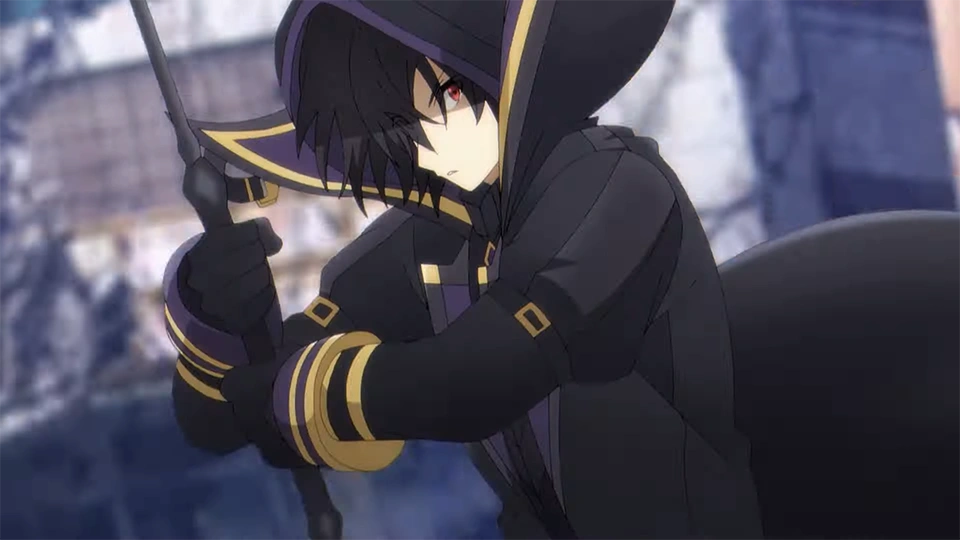
While many isekai heroes try to navigate their worlds with logic or morality, Cid thrives on delusion. His choices come from what sounds cool, not what makes sense. When he dramatically claims he’s “just an average mob character,” he fully believes it—even when slaughtering enemies in flashy fashion. That contradiction is both absurd and fascinating.
The world around Cid doesn’t question his antics. Instead, it responds as if he’s always correct. Shadow Garden follows him with absolute loyalty, interpreting his nonsense as wisdom. The cult of Diablos, which he imagined, becomes frighteningly real. The show constantly blurs whether Cid is lucky, prophetic, or accidentally brilliant. It’s that uncertainty that keeps things lively.
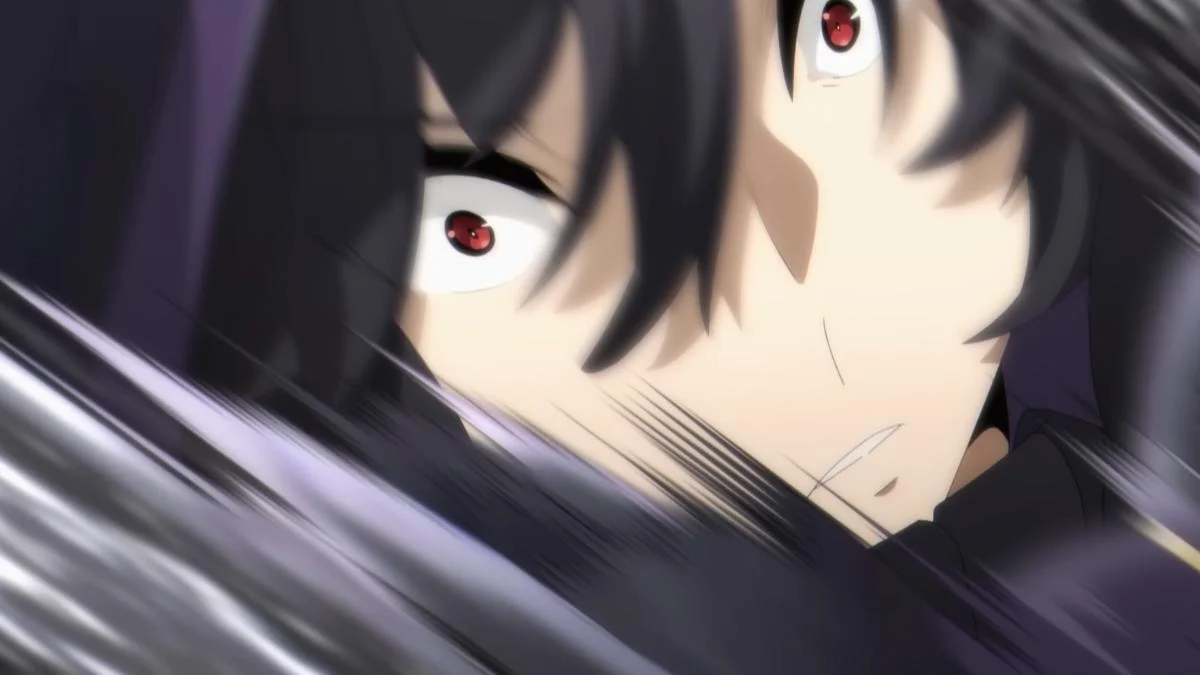
Side characters add different textures to the story. Alpha, Beta, Delta, and the other numbered members of Shadow Garden are distinct in looks and personalities, yet share blind loyalty. Their belief in Cid’s every word leads to unintentional victories and intense devotion. While their stories occasionally touch on tragedy or hope, the show keeps them within its strange rhythm.
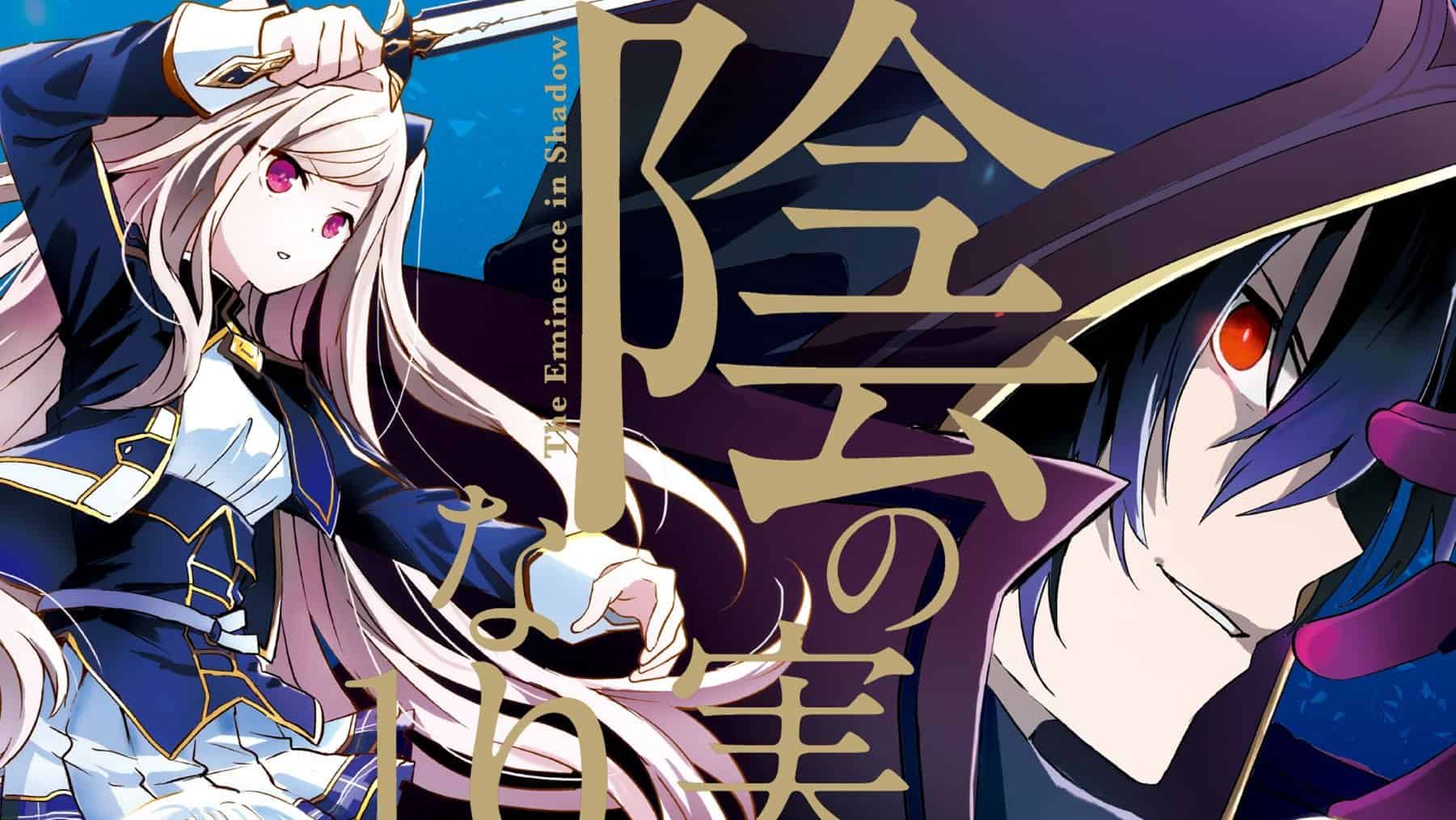
Outside the organization, characters like Princess Alexia and Rose Oriana give glimpses of political intrigue and emotional tension. Alexia’s cold attitude hides loneliness, while Rose faces expectations and personal confusion. These side arcs build a world with emotional depth, contrasting with the sheer nonsense Cid brings into it. It’s a surreal but balanced contrast.
Dialogue throughout the anime ranges from dramatic monologues to unexpected punchlines. Cid treats every encounter like a stage play. He tosses in phrases like “I am Atomic” with complete seriousness, turning phrases into punchlines through sheer overacting. Meanwhile, the reactions from those around him remain sincere. This dynamic never feels tiring—it fuels the show’s comedy.
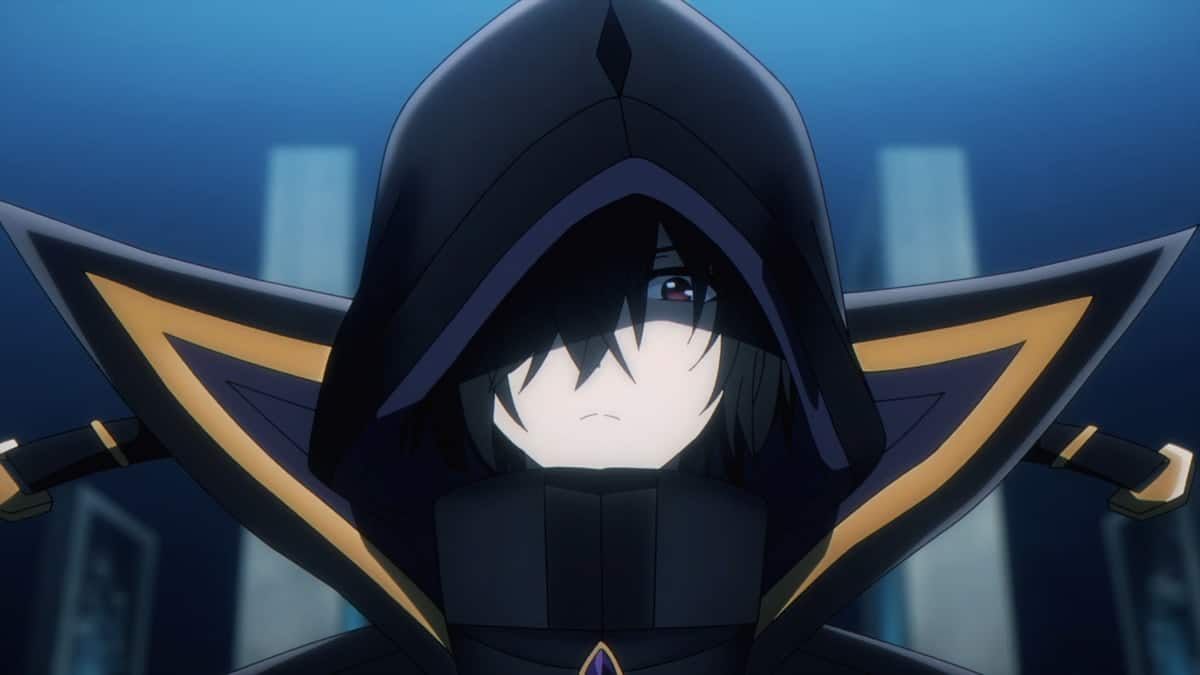
The Eminence in Shadow plays with genre expectations without mocking them. Unlike straightforward parodies, it doesn’t try to undermine heroic tropes. Instead, it uses them to let its lead indulge in extreme behavior while still delivering powerful moments. When Shadow fights, the stakes feel real—even if the reason behind the conflict started as a joke.
Underneath the absurdity, themes of control, escapism, and identity emerge. Cid’s desire to script his own life mirrors real struggles with purpose and confidence. He doesn’t want to change the world—he wants to escape into a version of it where he’s always in charge, even if it means ignoring reality. That idea carries more weight than expected.

This need for control affects every interaction. Cid resists real relationships. He avoids genuine affection. His jokes distance him from others, and when someone tries to get close, he usually deflects. Behind the comedy lies a boy who fears losing his role. His detachment isn’t just humor—it’s a method of survival.
Action scenes escalate quickly, often serving both spectacle and commentary. Whether he’s blowing up buildings or effortlessly dodging attacks, Cid treats violence like another stage cue. He doesn’t seek glory, but the show presents him with it anyway. It’s a smart reflection on how stories reward power, even when used for silly or selfish reasons.
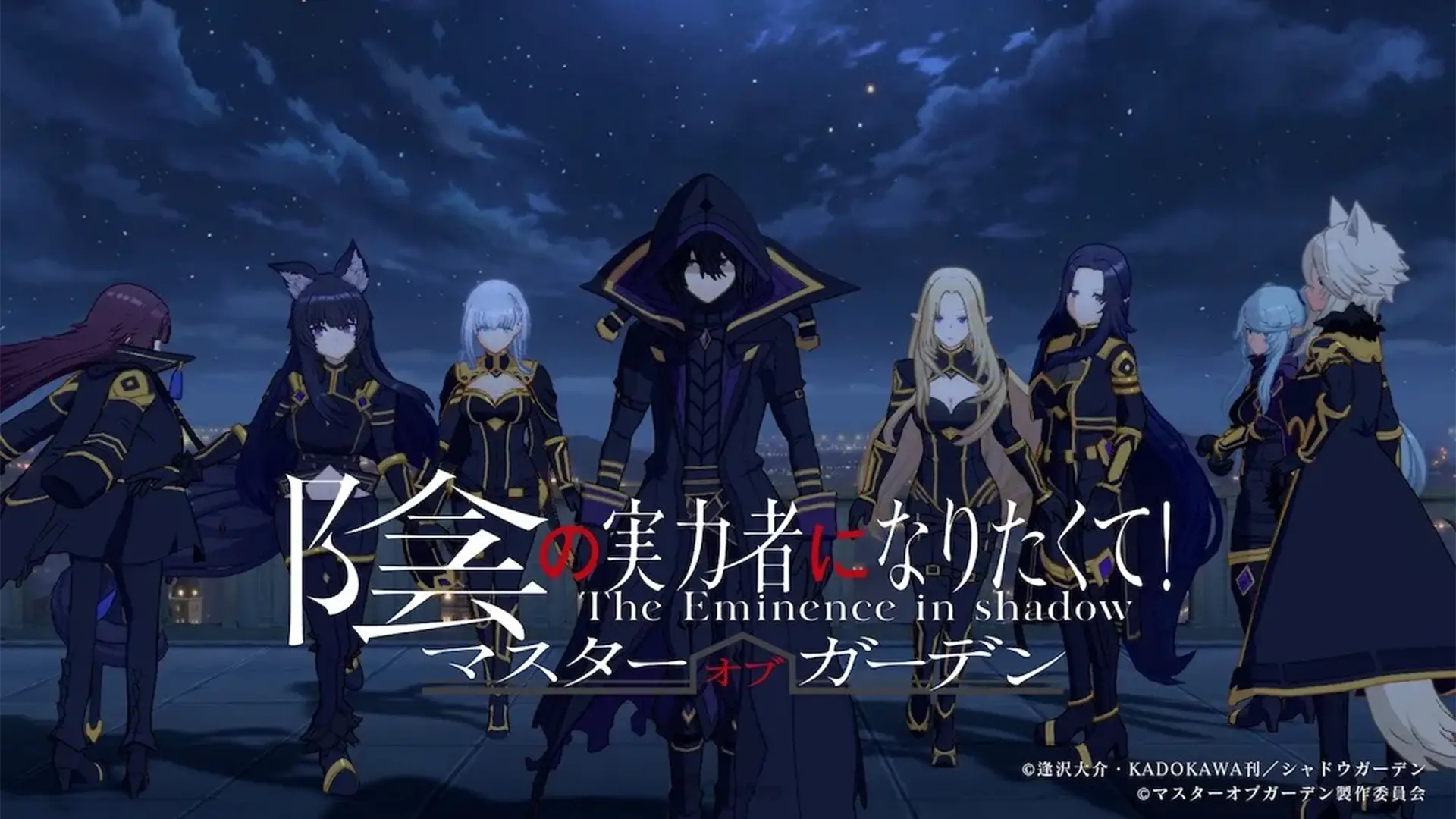
Musical choices enhance this contradiction. The background tracks swing between tense orchestral arrangements and chaotic energy. The opening and ending themes embrace both grandeur and playfulness, helping set the unpredictable mood. Sound isn’t used just to decorate—it’s an active part of the world’s drama and absurdity.
One of the anime’s strongest achievements is consistency. While the premise is wild, it never drifts into confusion. Cid stays true to his bizarre ideals, the cult continues to grow darker, and Shadow Garden becomes stronger. The series doesn’t lose focus—it deepens its commitment to the bit, making each episode sharper and more entertaining.
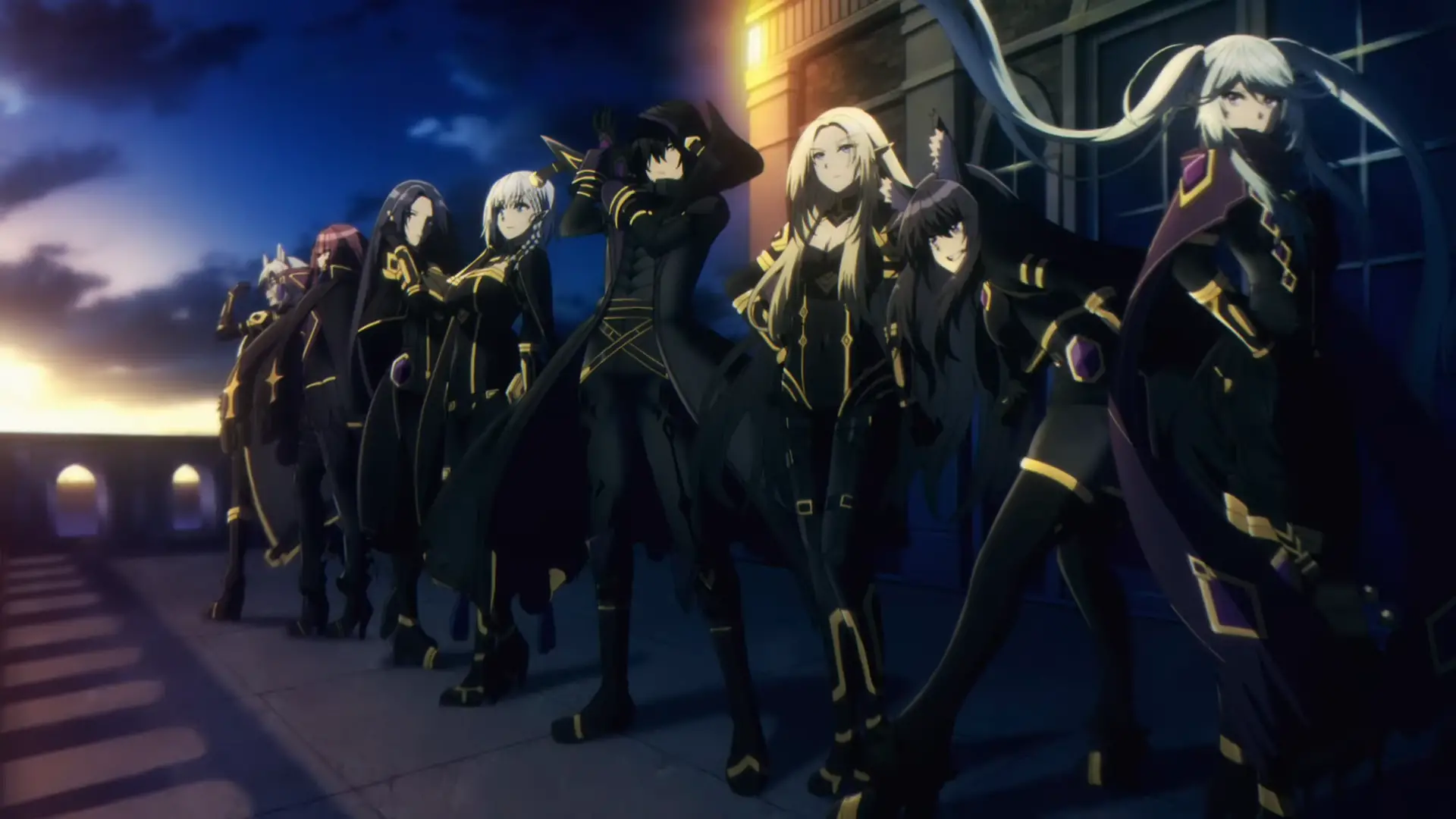
Romance occasionally surfaces, though it rarely takes center stage. Characters like Alexia and Sherry show interest in Cid, but the relationships never feel forced. Instead, they reflect how detached he is from others. The show resists easy affection, opting to highlight loneliness and misunderstanding rather than deliver neat conclusions or romantic clichés.
The supporting cast helps ground the story. Each member of Shadow Garden believes they were saved for a reason. Their reverence for Cid borders on religious, yet it’s not mocked. Their actions, strategies, and loyalty give the anime weight, turning what could’ve been a joke into a functioning narrative system. They believe in Shadow, even when he doesn’t.
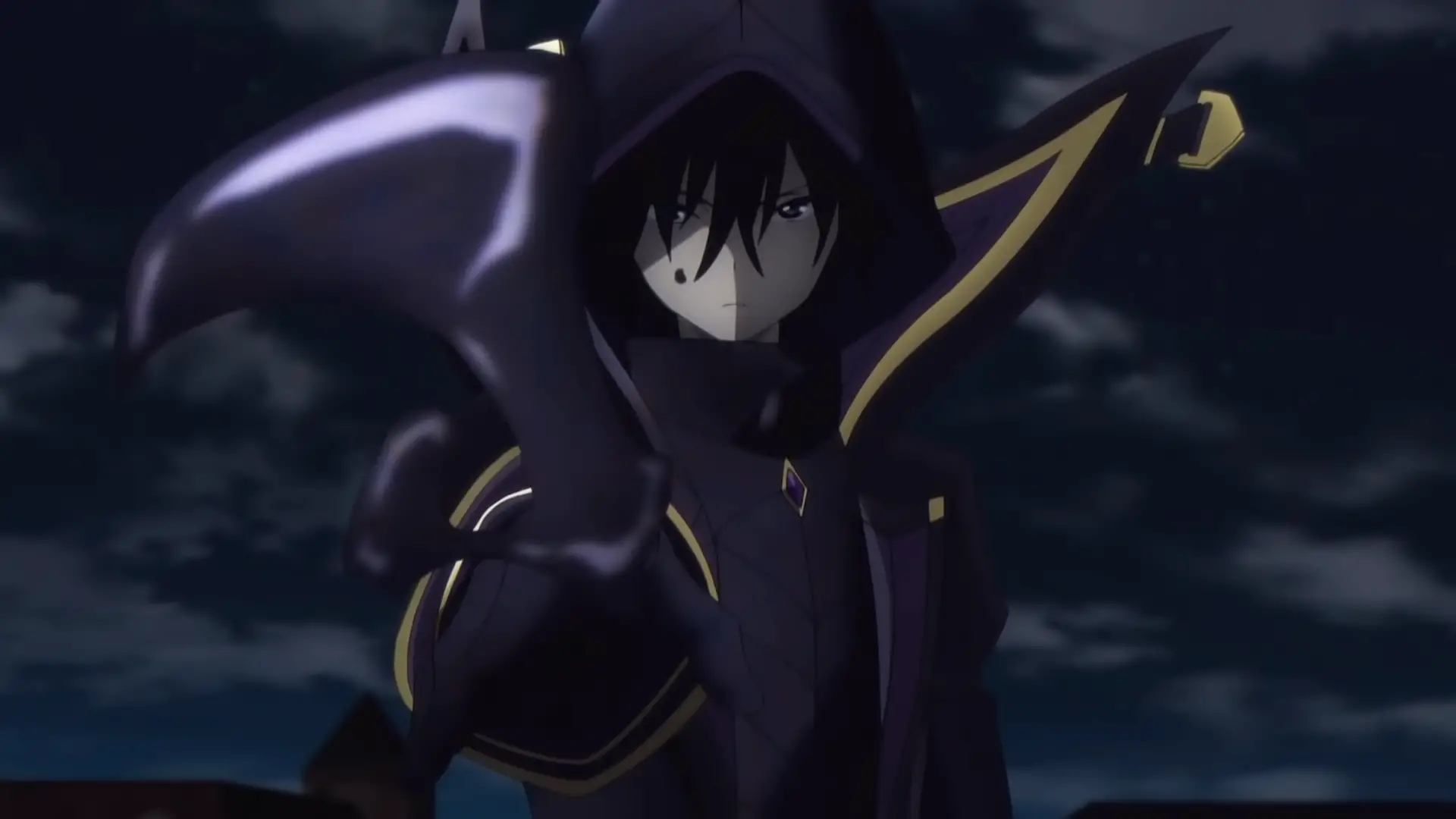
By the end of its first season, The Eminence in Shadow proves that it’s not just parody—it’s a new kind of power fantasy. It doesn’t reject the genre’s tropes but transforms them into tools for something stranger. It manages to be dramatic, ridiculous, and oddly touching, often all at once.
The brilliance of the anime lies in how seriously it takes its own nonsense. It creates a lead who doesn’t want to save the world but still changes it. It builds tension not from goals, but from misunderstandings. It thrives not on truth, but on theatrics. And somehow, it all works.
2. Solo Leveling
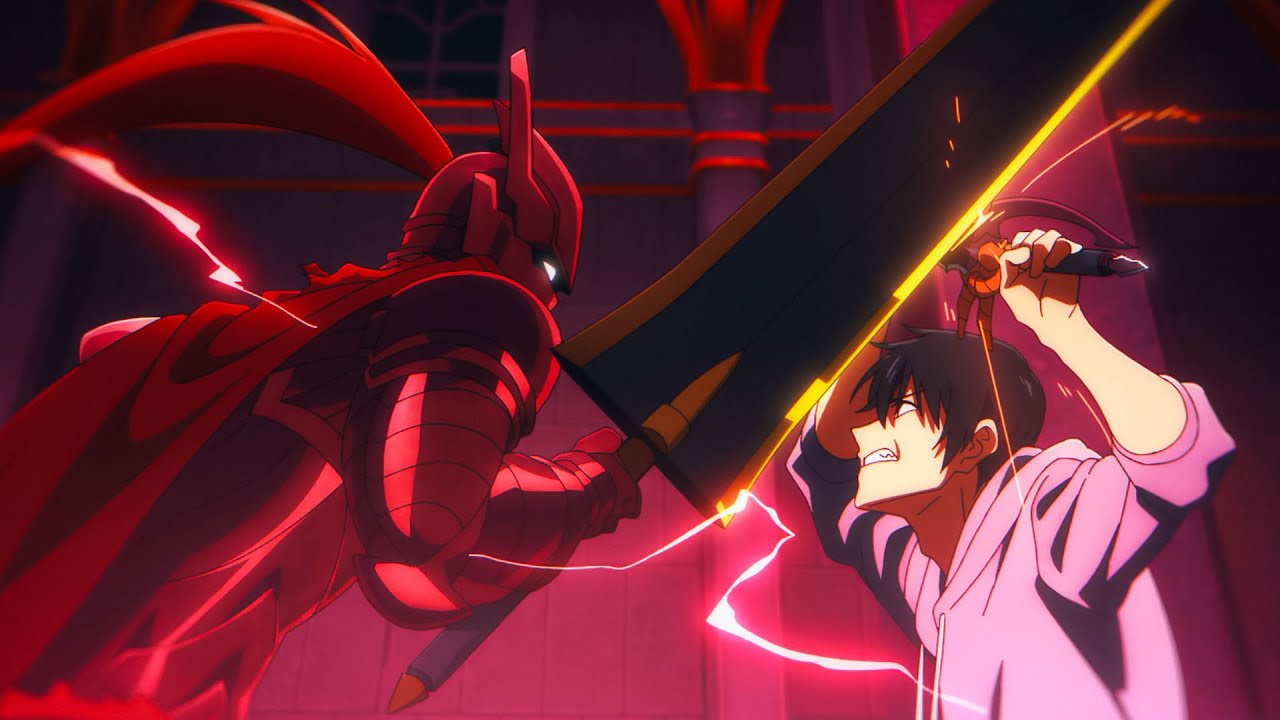
Following Sung Jinwoo’s brush with mortality, a remarkable power awakens within him, offering a glimmer of hope to save his ailing mother by ascending in rank and amassing funds for her medical care.
However, the true essence of his Second Awakening reveals itself as the sinister art of Necromancy—a forbidden magic granting him dominion over the realm of the dead. With this dark power at his disposal, Sung Jinwoo gains the ability to resurrect departed souls as shadowy entities, imbued with the same skills and strengths they possessed in life.
Driven by desperation and determination, Sung Jinwoo harnesses his newfound abilities to ascend to the ranks of a formidable Hunter. Yet, as his mastery over Necromancy deepens, he grapples with the staggering toll it exacts, a cost far weightier than he could have anticipated.
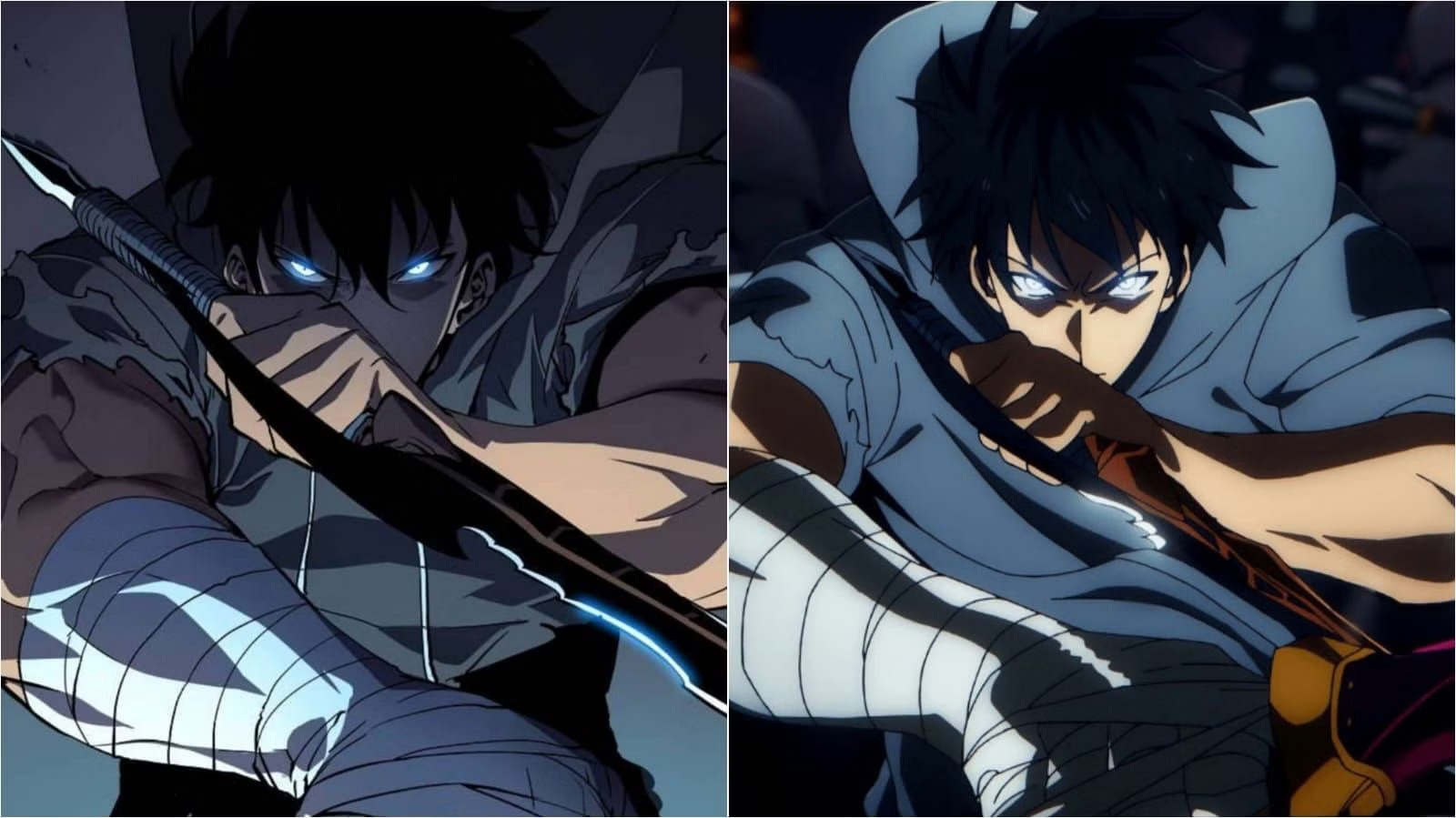
Solo Leveling is a South Korean web novel series written by Chu-Gong. It has gained immense popularity and has been adapted into a webtoon (digital comic) format, as well as receiving an official English translation.
The story is set in a world where portals have opened, allowing monsters to enter the human realm. In this world, some individuals possess the ability to level up and become stronger, known as “hunters.”
The protagonist, Sung Jin-Woo, is an E-rank hunter, widely considered to be the weakest among them. However, after a life-threatening incident in a dungeon, he discovers the ability to “level up” as a “player.”
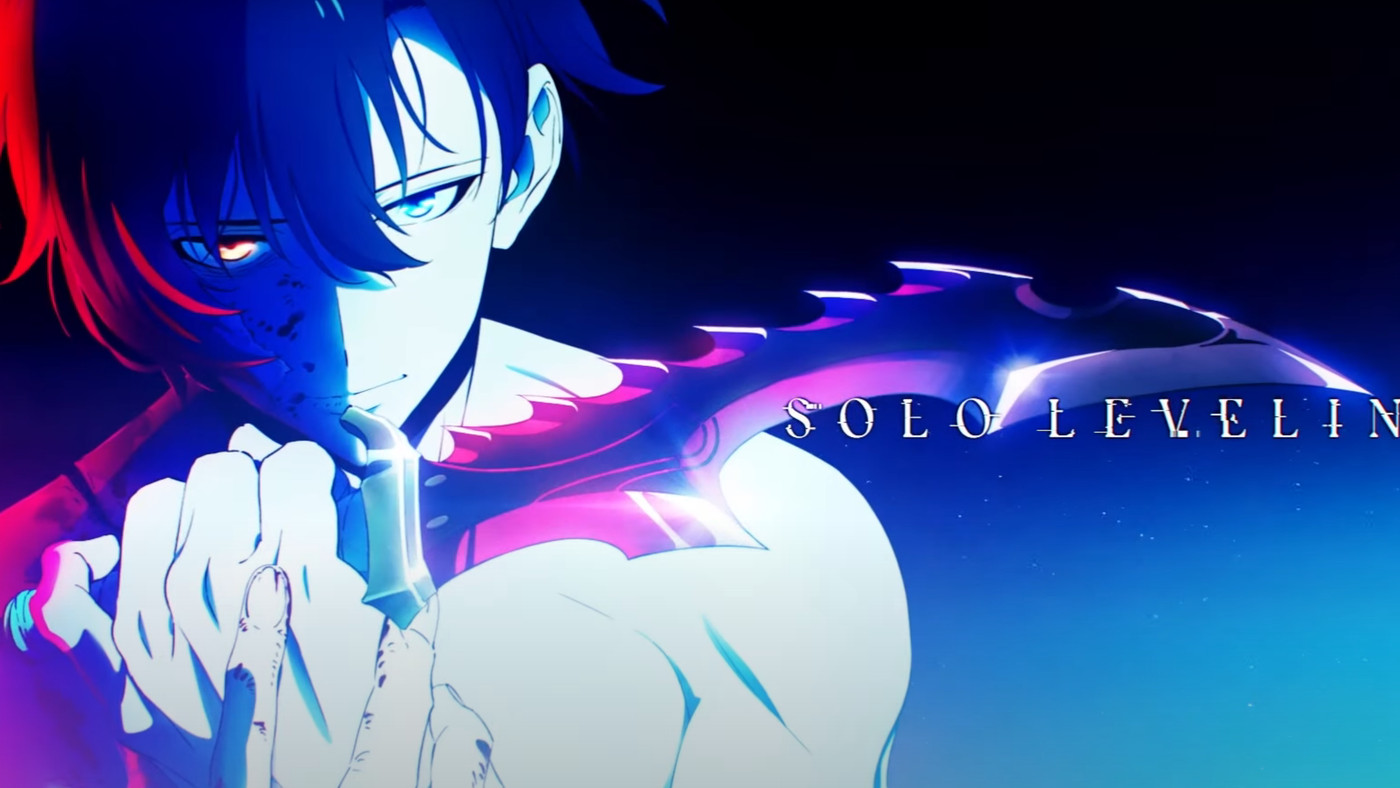
With his newfound powers, Sung Jin-Woo gets on a journey of growth and self-discovery. He delves into dungeons, battles powerful monsters, and uncovers the secrets of his past. As he becomes stronger, he gradually rises through the ranks, transforming from a lowly hunter into a formidable force to be reckoned with.
Solo Leveling is known for its amazing story, intense action scenes, and dynamic character development. The webtoon adaptation is particularly praised for its stunning artwork and fluid action sequences. Fans of action-packed fantasy stories with elements of RPG (role-playing game) mechanics often find “Solo Leveling” to be a thrilling and addictive read.
Sung Jin-Woo lives in a version of South Korea where monstrous gates appear at random, spawning dungeons filled with creatures. Hunters risk their lives entering these dungeons to keep society safe and earn income. Jin-Woo starts off as an E-rank hunter—the lowest possible. He’s used to injury, humiliation, and being called dead weight by others in his guild.
But that changes after a dungeon raid turns out to be far more dangerous than anticipated. Jin-Woo is left behind to sacrifice himself while the others flee. Instead of dying, he’s chosen by a mysterious system that lets him level up like a game character. For the first time, he gains the ability to grow stronger and change his fate.
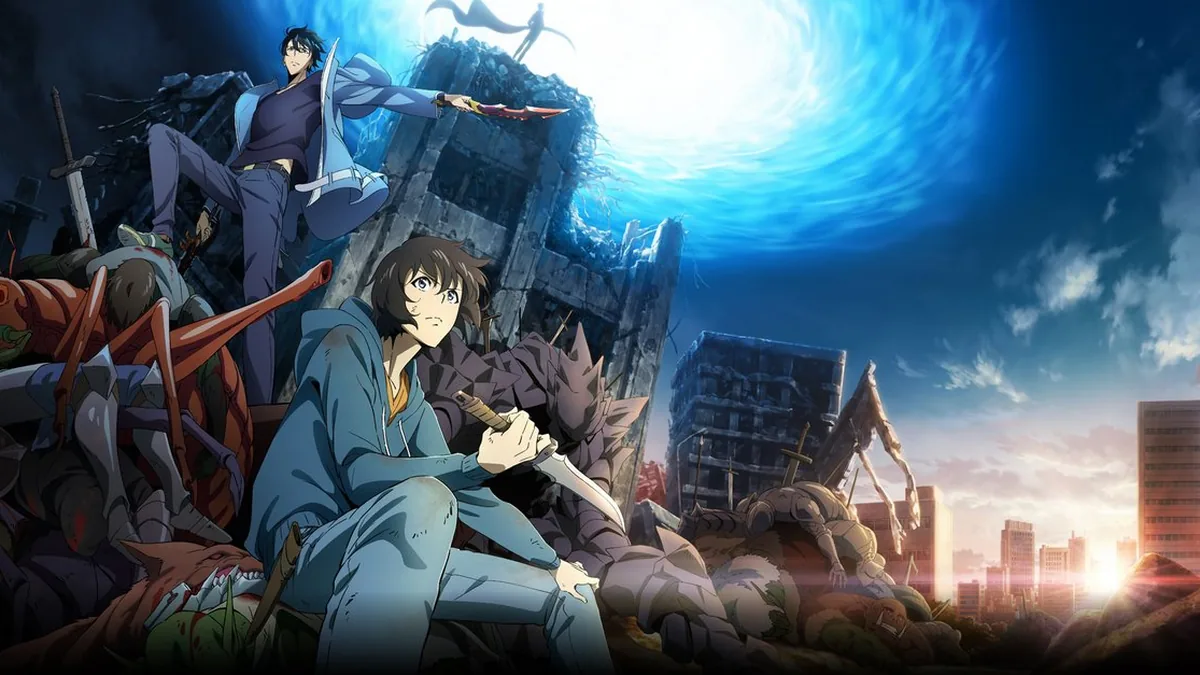
This setup isn’t just a gateway for action. The story questions how power alters a person. As Jin-Woo rises in strength, he also becomes more isolated. Former allies either fear him or try to use him. What started as a desperate grab for survival becomes a lonely pursuit filled with moral choices and political tensions. Power doesn’t come clean—it always leaves blood behind.
Visually, the anime adapts the stylish webtoon with a high-budget shine. Studio A-1 Pictures handles the animation, with precise action direction, glowing magical effects, and fluid movement that gives fights real weight. Every strike, dodge, and spell feels satisfying to watch. Combined with Hiroyuki Sawano’s intense score, each battle builds tension and emotional resonance.
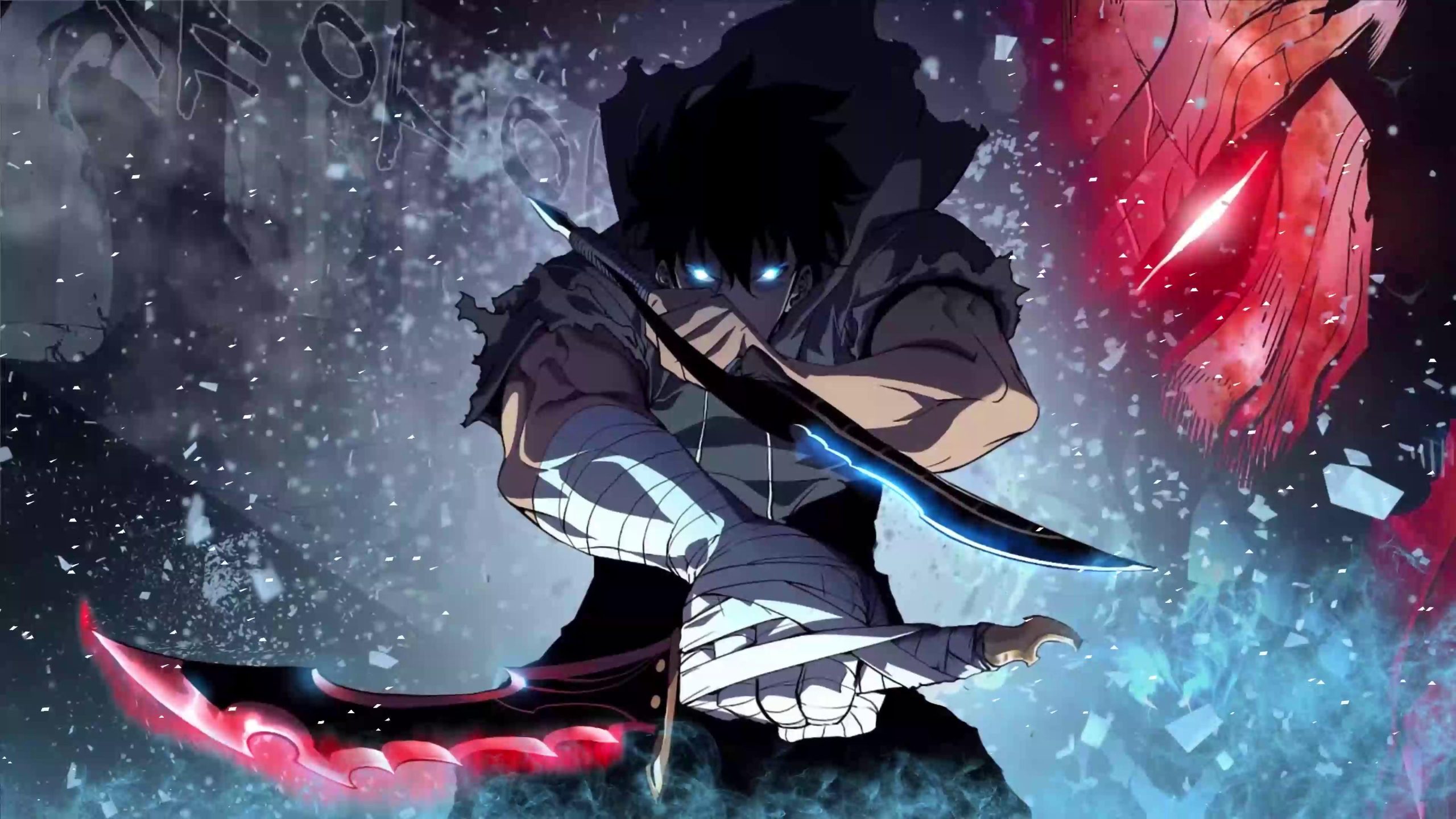
The music is a standout feature. From pulse-pounding electronic tracks during boss fights to haunting melodies after character deaths, the soundtrack helps shape the emotional mood. Sawano’s signature layering and pacing echo the protagonist’s own inner evolution—sometimes hopeful, sometimes oppressive. His work adds depth even during quiet scenes or character reflection.
The progression system itself is both a narrative hook and a psychological metaphor. Jin-Woo doesn’t just become stronger physically—he must decide what kind of man he wants to be. The system demands constant battle. Killing monsters increases his stats, but it also changes his outlook. The question becomes: is he still fighting for his loved ones, or for the thrill of dominance?
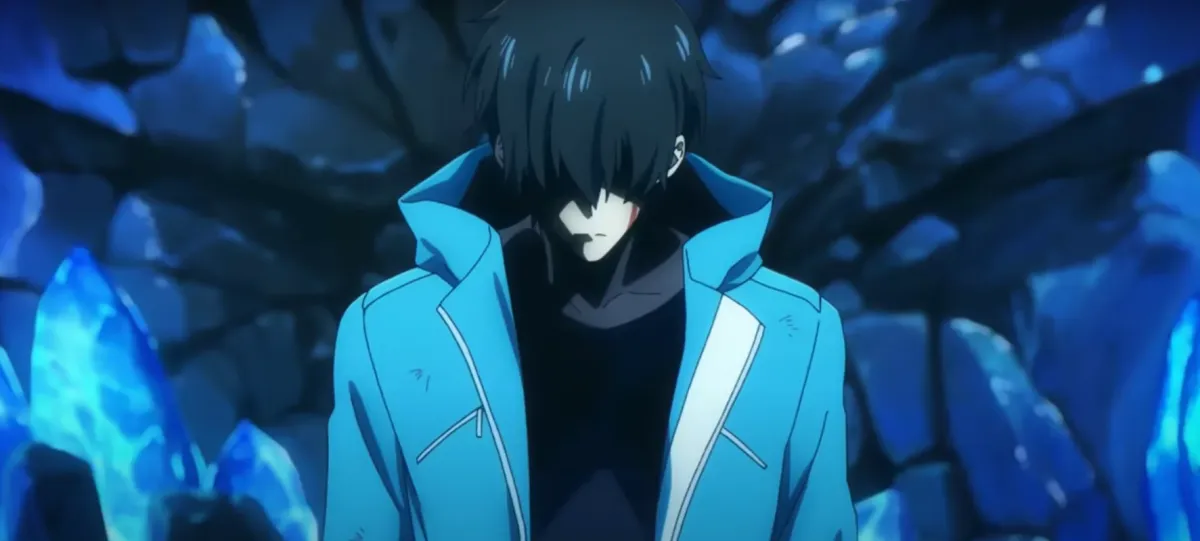
Supporting characters like Jin-Woo’s sister Jin-Ah and guild members like Yoo Jin-Ho provide contrast to his increasingly dark persona. They ground him, keeping a piece of his humanity alive. Jin-Ho especially represents loyalty and warmth, offering friendship without asking for anything in return. These relationships highlight how rare true connection becomes as one climbs the power ladder.
The anime avoids the trap of simple good versus evil. While there are clearly antagonistic forces—monsters, rival guilds, even gods—the story often paints conflict in grey. The high-ranking hunters and government officials all have motives, many of which clash with Jin-Woo’s goals. It’s a world where survival and ambition rule, and idealism fades quickly.
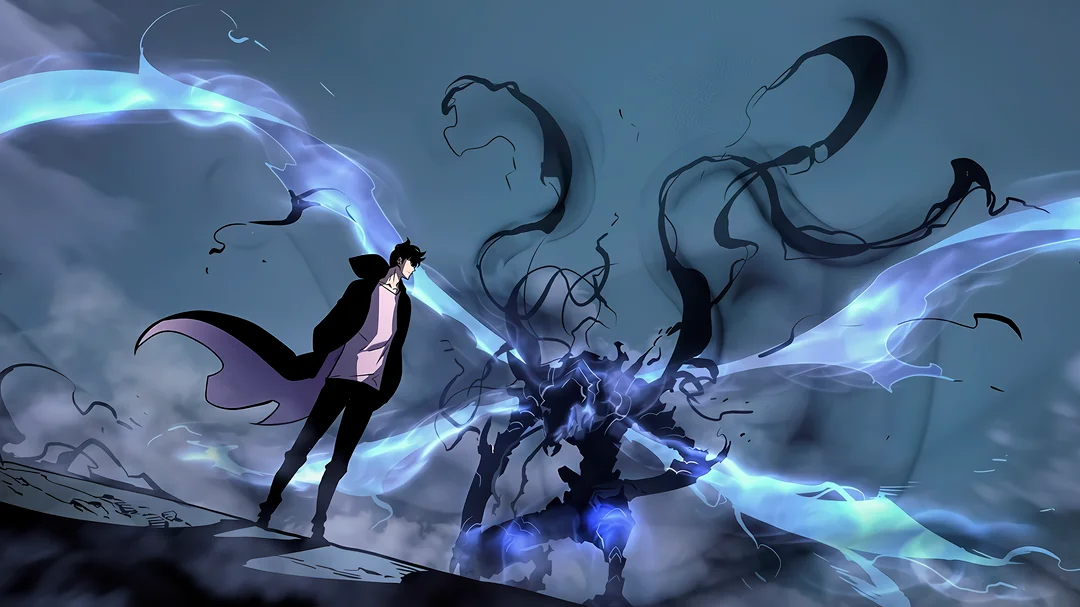
Shadow Summoning, Jin-Woo’s primary ability, feels inventive in both style and strategy. He commands the dead as living shadows, building an army out of defeated enemies. It’s a fitting reflection of the path he walks—always surrounded by death, always alone despite the crowd. His bond with key shadows like Igris and Beru adds an unexpected emotional element to this otherwise violent power.
The series builds tension not only through combat but also through its expanding lore. As Jin-Woo uncovers the truth behind the gates, the monsters, and his own transformation, the story widens its scope. What begins in one city grows into an international crisis with cosmic consequences. This escalation keeps the pace fast while giving weight to Jin-Woo’s decisions.
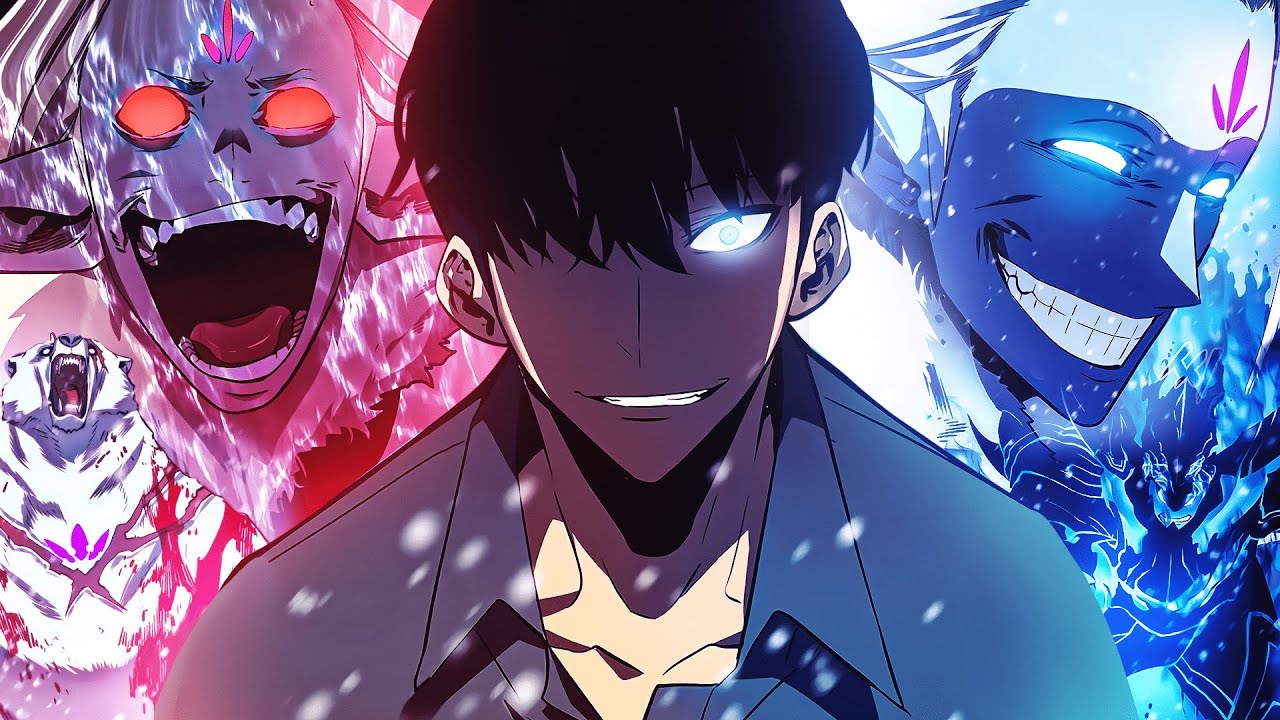
Voice acting also elevates the experience. Taito Ban (Jin-Woo’s Japanese voice actor) balances detached coolness with hidden vulnerability, especially during inner monologues. His delivery captures Jin-Woo’s duality—calculated and distant on the surface, driven and scarred within. Emotional scenes never feel forced. They come through in the quiet breaks between intense fights.
Solo Leveling’s commentary on class and status rings clearly. Jin-Woo’s early struggles parallel real-world issues—those born with less must fight harder, sacrifice more, and endure deeper wounds to achieve recognition. His power-up fantasy hides a pointed message: people want agency over their lives. The system may reward strength, but it rarely cares about compassion.
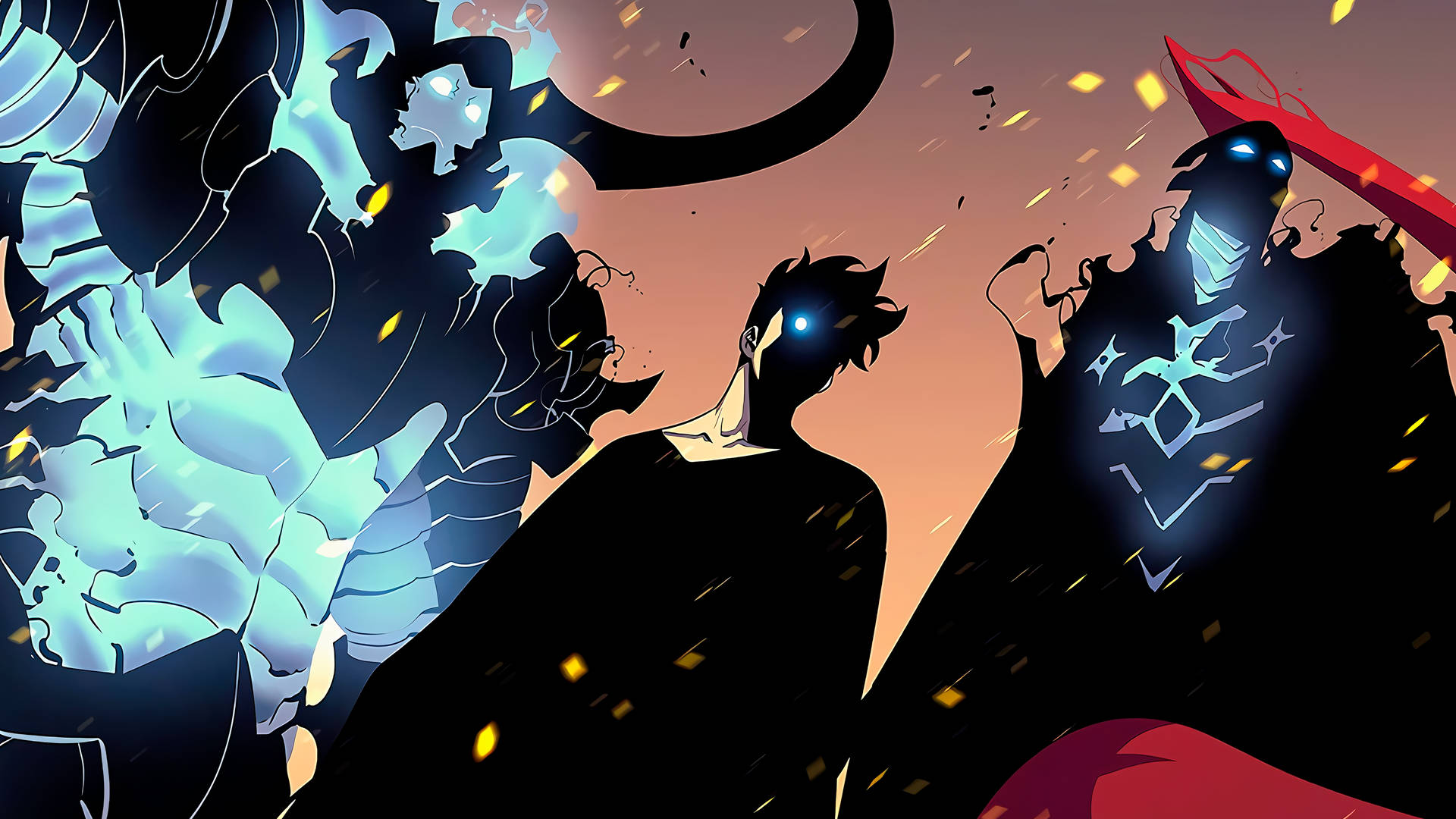
The animation adapts key set pieces with flair, including dungeon boss battles, stealth missions, and full-scale war sequences. Rather than rely solely on fast cuts or flashy effects, scenes often slow down to emphasize pain, exhaustion, or fear. These details make victories feel earned and losses sting. It’s not just spectacle—it’s tension released at the right moment.
Even with its fast pace, Solo Leveling gives room for pauses. Scenes where Jin-Woo visits his mother in the hospital or eats quietly after battle show that he hasn’t completely lost touch. These glimpses remind viewers of what’s at stake. He didn’t ask to be a hero. He was pushed by necessity, and each step forward requires a piece of his soul.
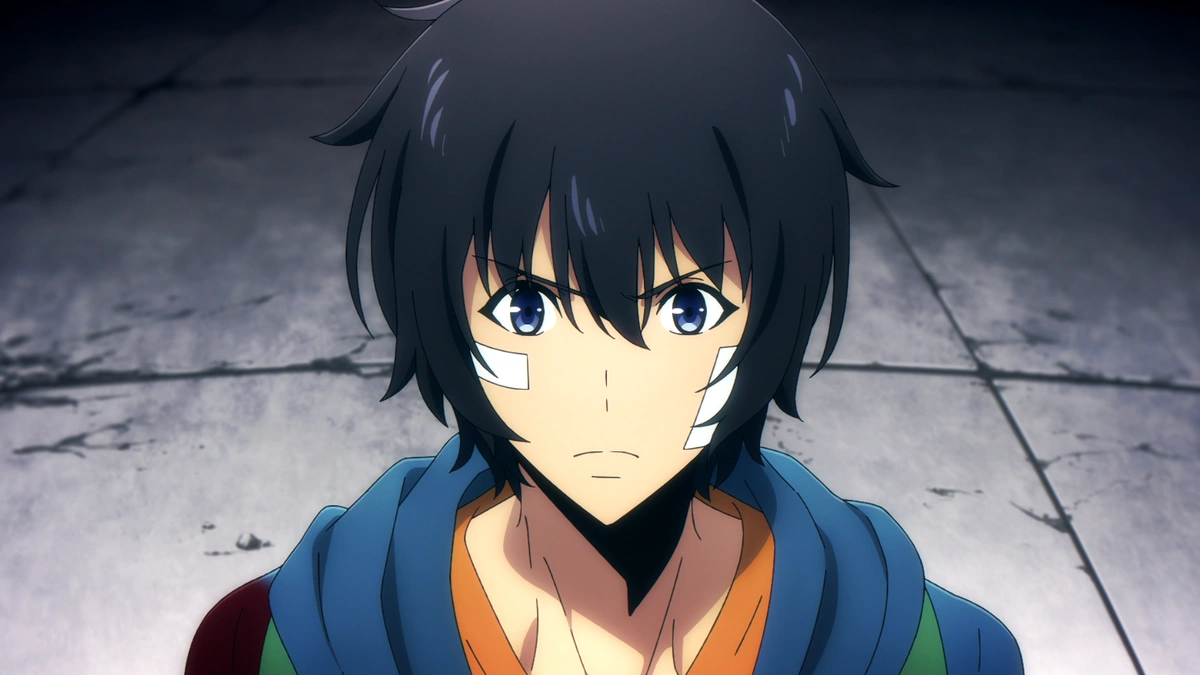
There’s a noticeable difference between Jin-Woo’s expressions before and after gaining power. Early episodes show hesitation, anxiety, and kindness. Later episodes reveal a colder, more calculating demeanor. The visual storytelling—his narrowed eyes, stiff posture, rare smiles—shows change better than dialogue ever could. These choices emphasize his gradual transformation into something more than human.
The anime succeeds because it never loses focus. At its core, Solo Leveling tells a human story within a world full of monsters. It balances worldbuilding, emotional stakes, and explosive action without losing sight of Jin-Woo’s personal journey. While fans of the manhwa may notice condensed arcs, the anime holds its ground with strong direction and faithful tone.

As the series continues, anticipation grows over how far Jin-Woo’s story will be taken. Will the anime reach the final showdown with the Rulers and Monarchs? Can it fully explore the themes of loss, duty, and selfhood that make the original work so memorable? So far, the adaptation promises not just spectacle but substance.
Solo Leveling doesn’t just offer thrilling combat or stylish visuals. It poses an enduring question: when the world finally gives you power, what do you become?
1. Fullmetal Alchemist: Brotherhood
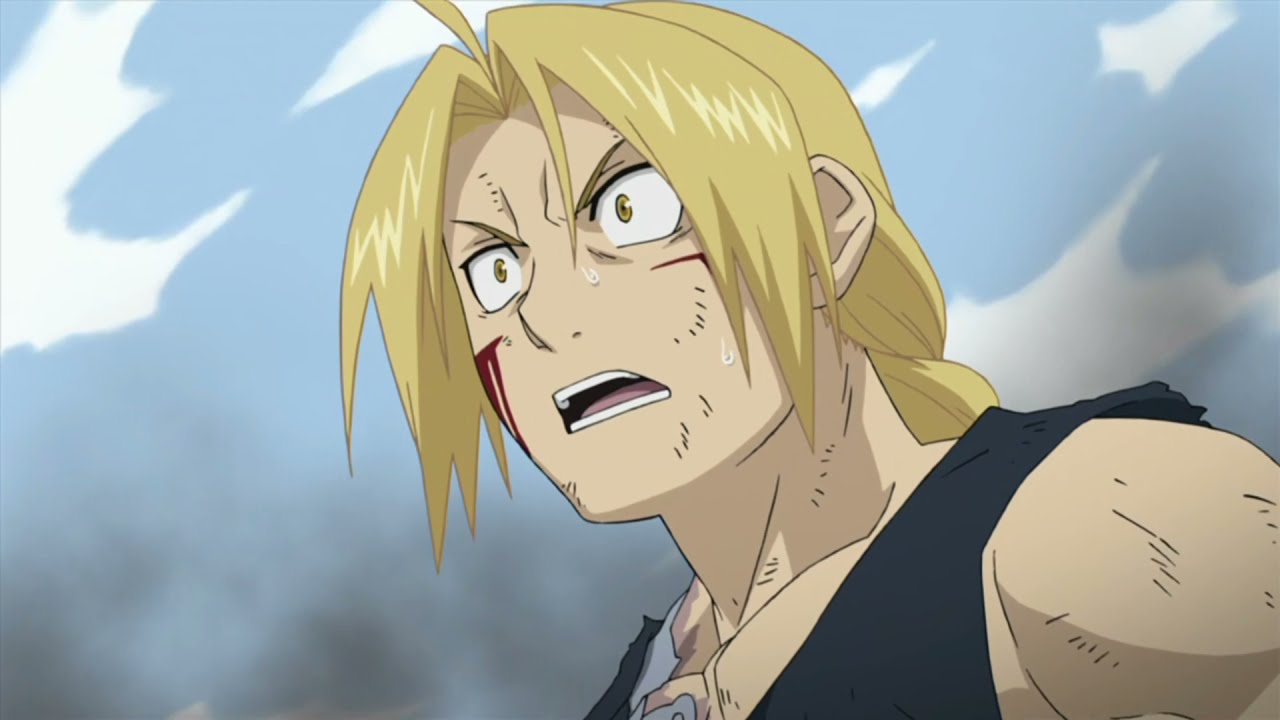
Edward Elric and his younger brother, Alphonse, experienced the heartbreaking loss of their mother during their formative years. In the depths of their grief, Edward conceived a desperate plan—to employ the forbidden art of Human Transmutation Alchemy in an attempt to resurrect their beloved Trisha Elric.
Tragically, their pursuit of this forbidden magic led to dire consequences. Both brothers suffered the loss of vital parts of their bodies, with Alphonse bearing the brunt of the toll. However, Edward, through his resourcefulness, managed to bind Alphonse’s soul to a suit of armor, thus preserving his essence.
Though their decision plunged them into a maelstrom of suffering, the brothers found solace and resilience in their unwavering bond.
United in their shared anguish, they confronted the trials that beset them, emerging stronger and more resilient than before. Their journey stands as a testament to the enduring power of brotherhood in the face of adversity.
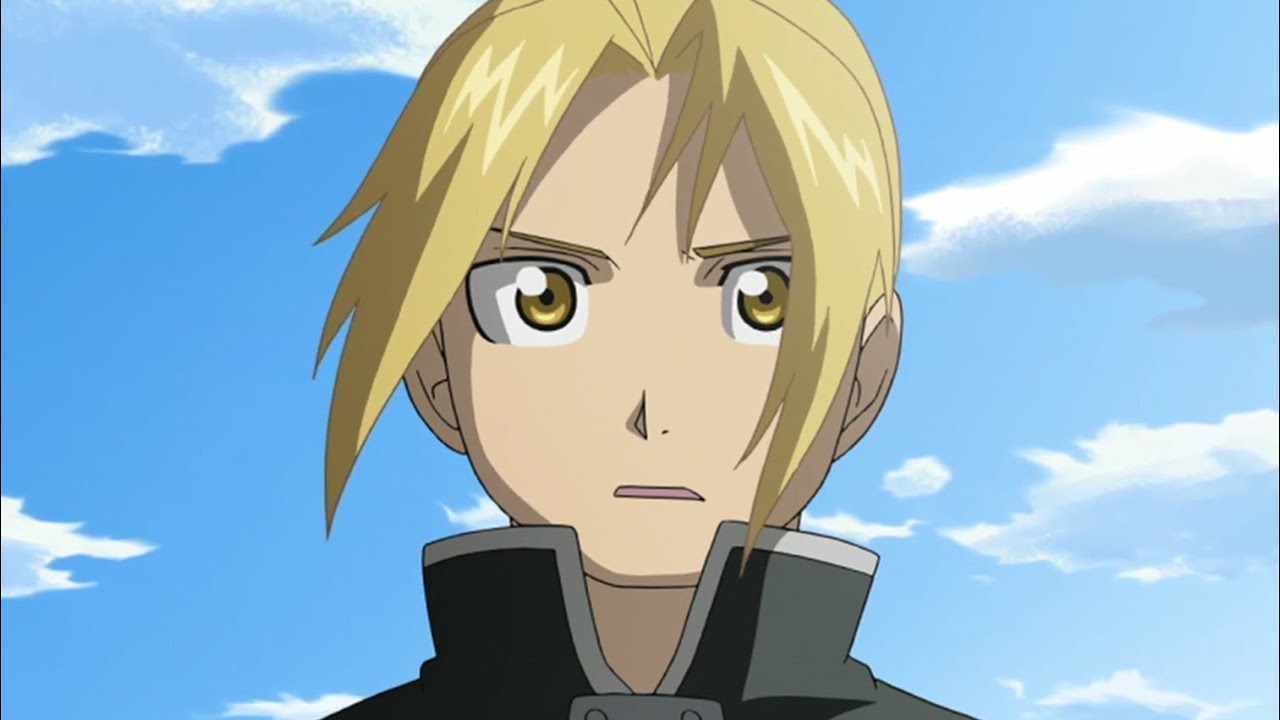
Fullmetal Alchemist: Brotherhood is an anime series based on the manga “Fullmetal Alchemist” written and illustrated by Hiromu Arakawa. It was produced by Bones Studio and aired in 2009. The series is a faithful adaptation of the manga and is often regarded as one of the greatest anime of all time.
The story follows two brothers, Edward and Alphonse Elric, who use alchemy in a world where it is a practiced science. In an attempt to bring their deceased mother back to life using alchemy, they commit the taboo of human transmutation.
This results in Edward losing his left leg and Alphonse losing his entire body. In a desperate move, Edward sacrifices his right arm to bind Alphonse’s soul to a suit of armor.
Determined to restore their bodies, the brothers get on a journey to find the Philosopher’s Stone, a legendary alchemical artifact said to amplify the abilities of alchemists. Along the way, they uncover a deep conspiracy involving the government, the military, and dark forces that threaten the entire nation of Amestris.
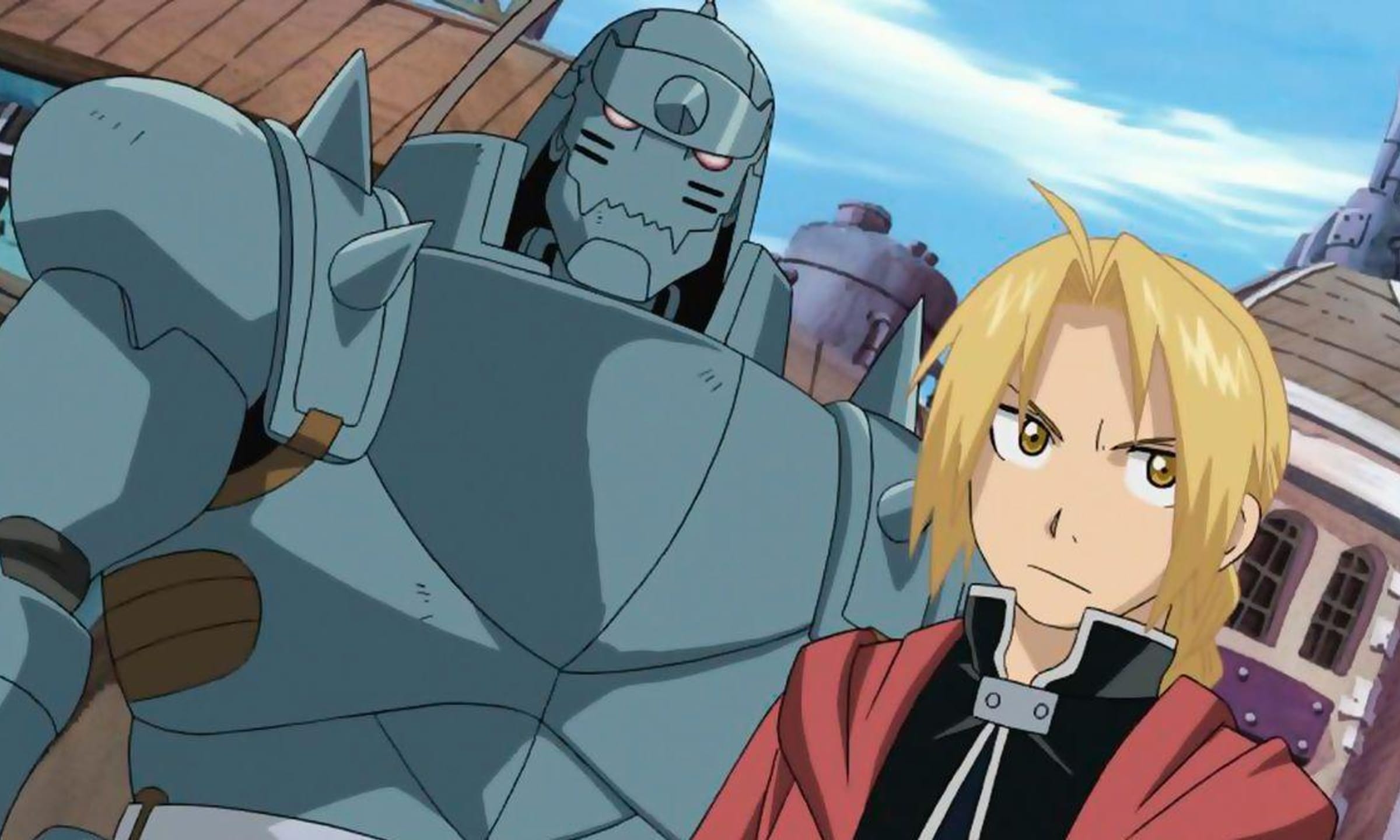
Fullmetal Alchemist: Brotherhood is praised for its compelling story, well-developed characters, intricate world-building, and themes of sacrifice, redemption, and the consequences of war.
It also features stunning animation, memorable music, and intense action sequences. The series finds complex moral and ethical dilemmas while maintaining a perfect balance of drama, humor, and heart.
Fans of “Fullmetal Alchemist: Brotherhood” often appreciate its deep narrative, rich symbolism, and exploration of human nature. It’s a must-watch for anyone interested in immersive storytelling and thought-provoking themes.
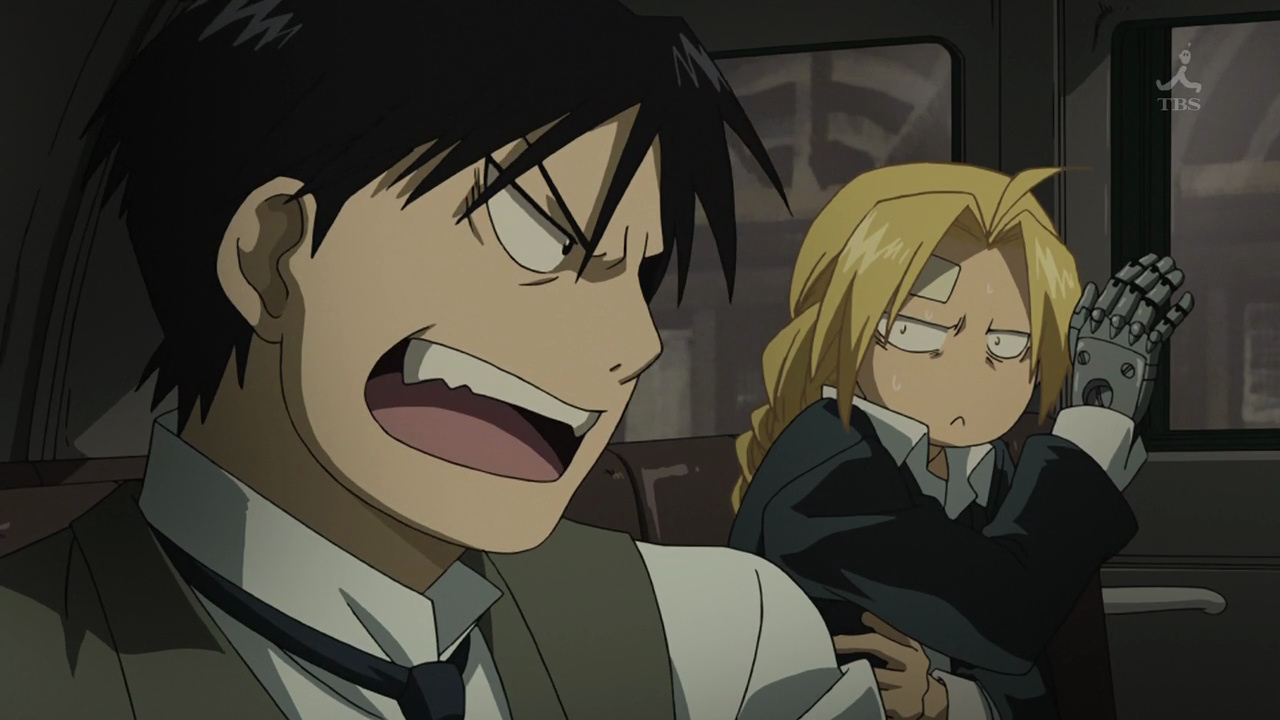
Edward and Alphonse Elric are two brothers whose pain is stitched into every moment of the story. Their mistake—the loss of their mother and their own bodies—sets a painful yet meaningful foundation. Their search for the Philosopher’s Stone reflects a hunger for hope, but the path ahead remains steeped in sacrifice and truth.
Alchemy is central, not only in combat or science but in the rules of life. The Law of Equivalent Exchange becomes a chilling metaphor for the cost of wanting too much. That law echoes in their pain: Ed trades his arm and leg, Al his entire body. They’re never just looking for recovery—they’re confronting the cost of desire.
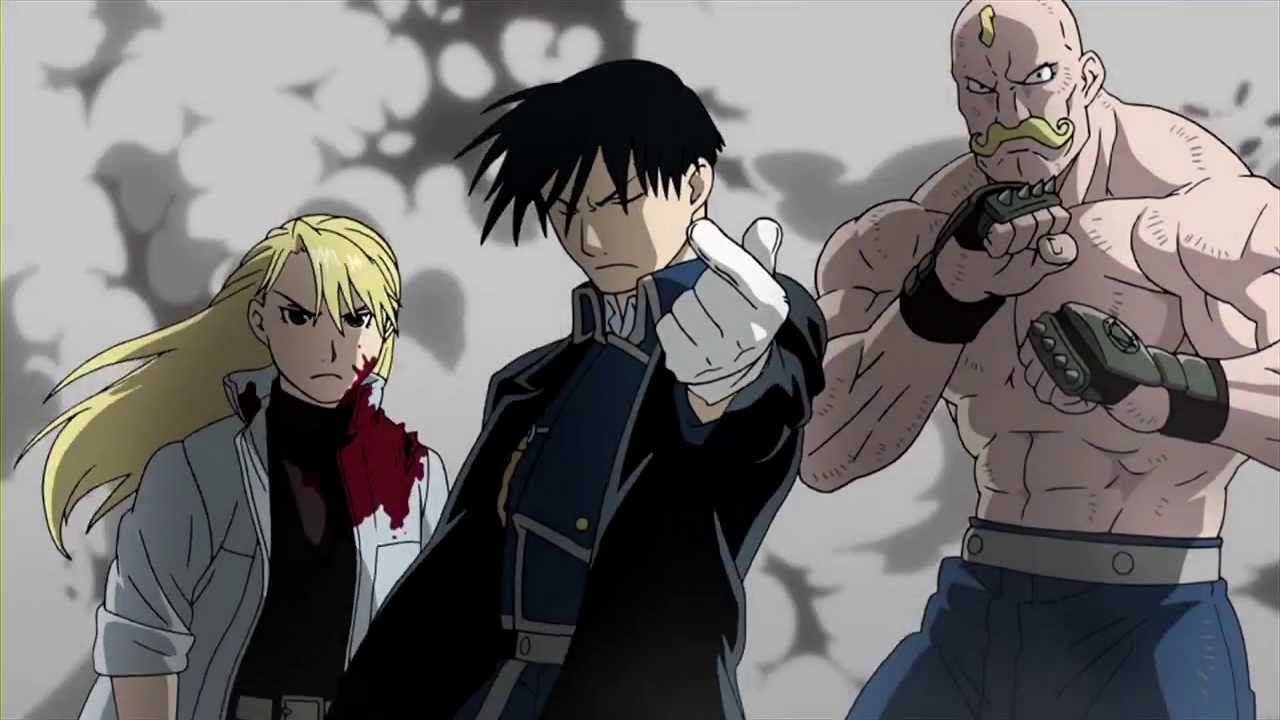
Ed’s struggle as a teenager forced into adulthood carries weight. He hides guilt behind arrogance and stubbornness. Yet his resolve isn’t built from heroism. It’s desperation layered in accountability. Al, meanwhile, is a soul without a body, yet his empathy and emotional insight often ground them both.
Their relationship builds the heart of the show. Their dialogue carries warmth, frustration, and tension. Despite their shared trauma, they react to loss differently. Ed pushes forward. Al reflects inward. Their contrast brings balance, allowing the audience to move with them emotionally while questioning moral certainty.
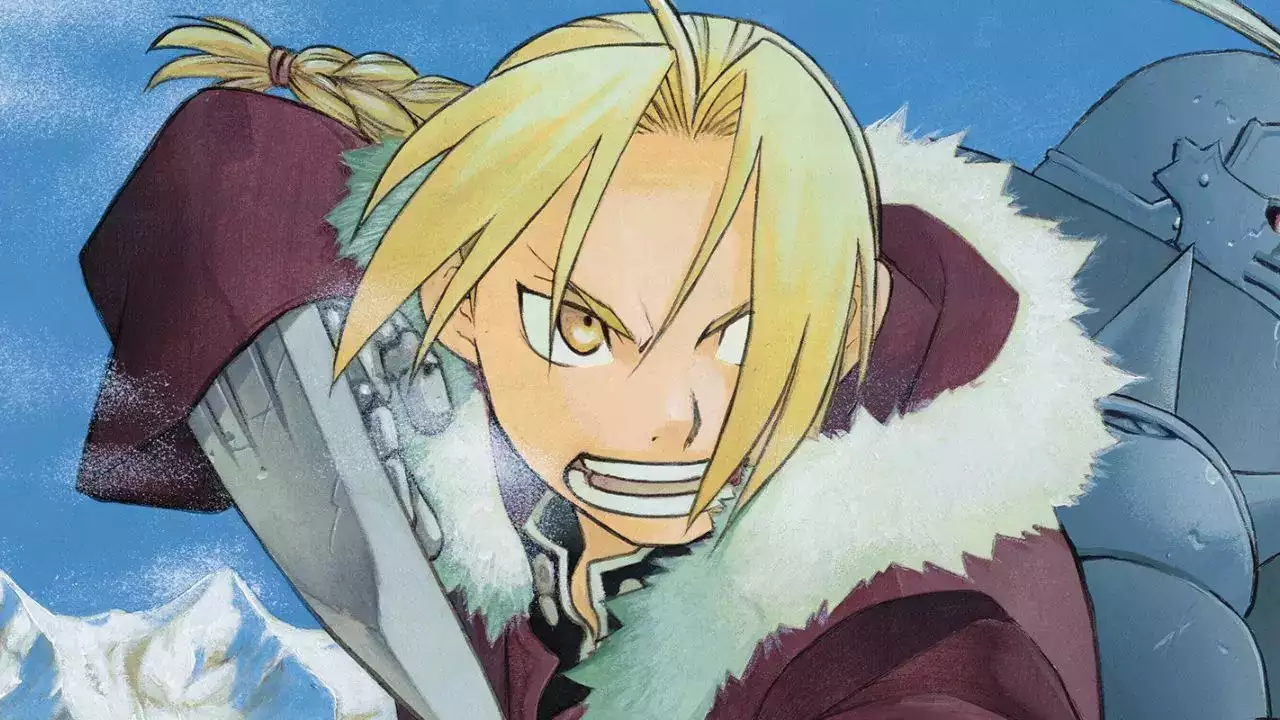
The world they occupy is harsh. Amestris, structured like a military state, becomes more than background. Its politics, corruption, and brutality become integral. It isn’t a neutral world—it pushes back. The military exploits alchemists. The truth behind the Philosopher’s Stone—human lives—forces characters to face harsh realities.
Characters like Mustang, Hawkeye, Scar, and Ling add dimension to this mosaic. Mustang, seeking justice for Ishval’s genocide, shows what ambition shaped by guilt can resemble. Scar, initially driven by vengeance, slowly reforms through painful introspection. Each side character represents a facet of grief, belief, and transformation.
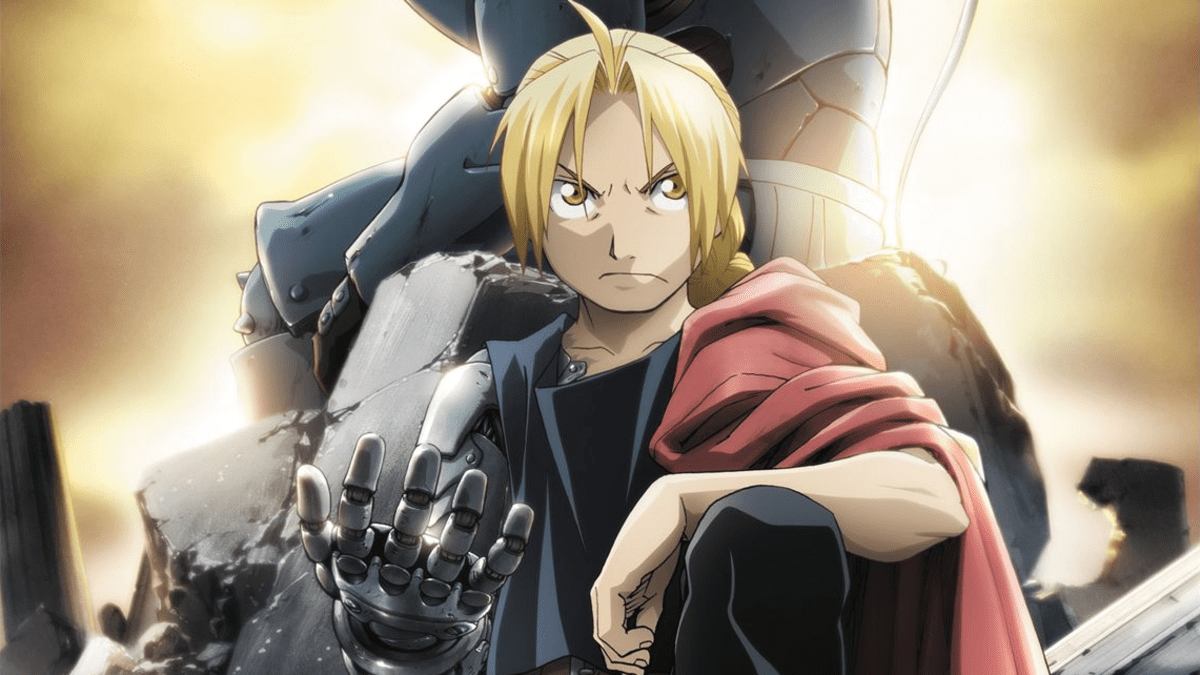
No antagonist remains flat. Father, the god-like central enemy, began as a slave seeking freedom. His hunger to surpass human limits turns chilling. But even in his manipulation, he reflects a distorted version of the Elric brothers’ dreams. His calm, cold presence casts a long shadow across every decision.
The Homunculi—named after the seven deadly sins—don’t just oppose the heroes. They reflect humanity’s excesses. Lust seeks power, Envy resents humanity, Greed craves identity. They represent the darker instincts within every character. Their unraveling reveals how emotional fracture feeds destruction, even when disguised in supernatural form.
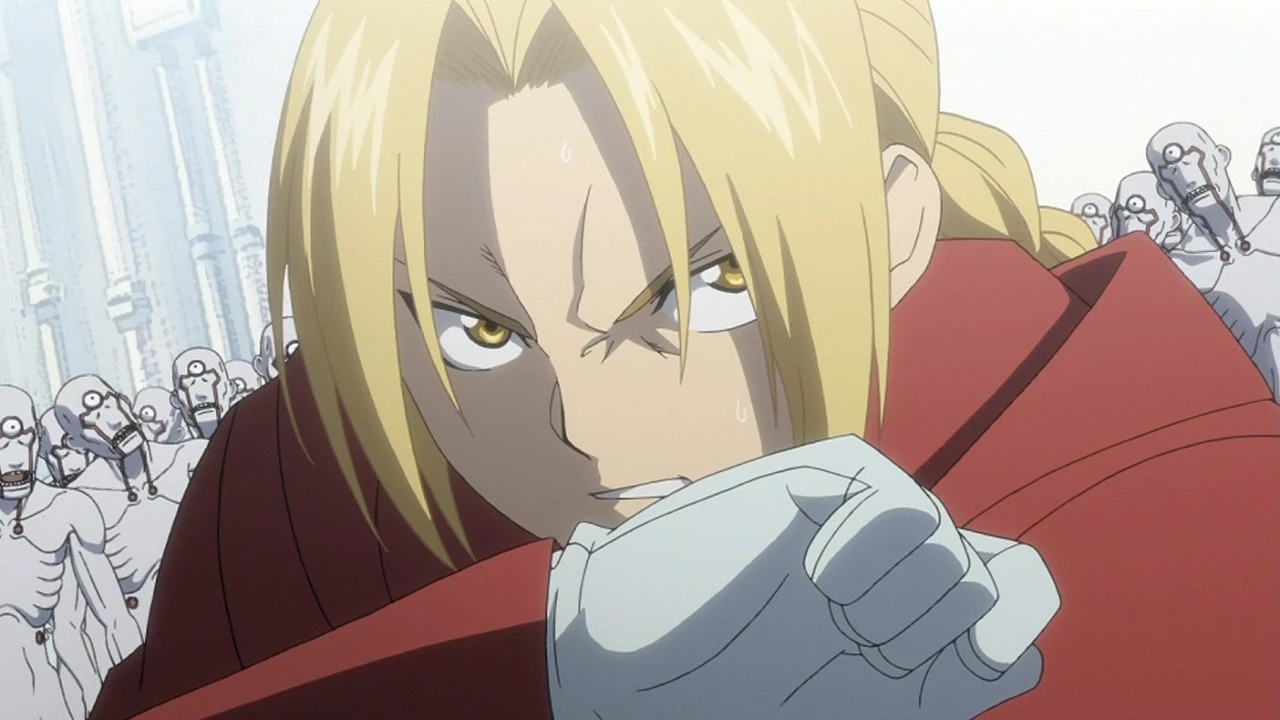
One strength of Brotherhood lies in its pacing and structure. Each arc builds with calculated tension. Whether it’s the mystery of the Fifth Laboratory or the siege on Central, the tension feels earned. The show doesn’t stretch for shock—it builds consequence, drawing strength from choices made early on.
The animation from Studio Bones remains fluid and expressive. Fight scenes like Mustang vs Envy or Ed’s battles blend precise choreography with emotional context. Every punch or transmutation feels necessary—not spectacle, but a continuation of character. These sequences never exist in isolation—they’re part of something human.

Sound design deserves attention. The soundtrack, especially tracks like “Bratja” or “Battle Scherzo,” enhances every pivotal moment. The use of silence also holds power. Scenes where words fail often carry greater weight than confrontation. These moments help solidify emotional gravity without the need for constant exposition.
What Brotherhood does especially well is reflect on ethics. What does it mean to bring someone back? Is the price of knowledge ever too steep? Can violence serve justice? These questions don’t get easy answers. Instead, the show encourages discomfort and self-reflection through its rich philosophical texture.
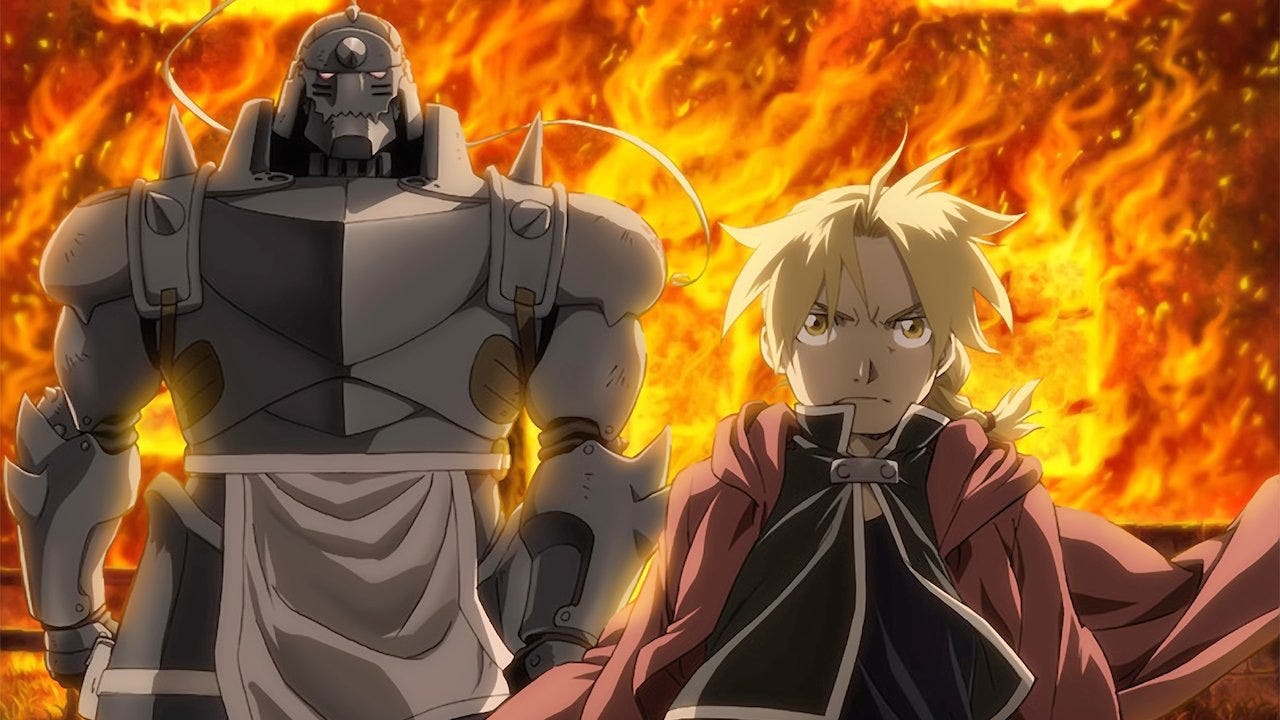
This isn’t a story that romanticizes suffering. It investigates it. It pushes characters to reconcile pain with responsibility. No one walks away untouched. Some gain redemption; others crumble. The emotional realism grounds the fantasy, forcing viewers to confront their own values within the show’s harsh moral framework.
Even minor characters like Hughes leave a mark. His death isn’t dramatic—it’s deeply personal. It shifts the tone of the story and sparks moral crisis in the characters. It isn’t just tragedy; it’s a reminder that even kindness can’t shield from consequence in a world governed by power.
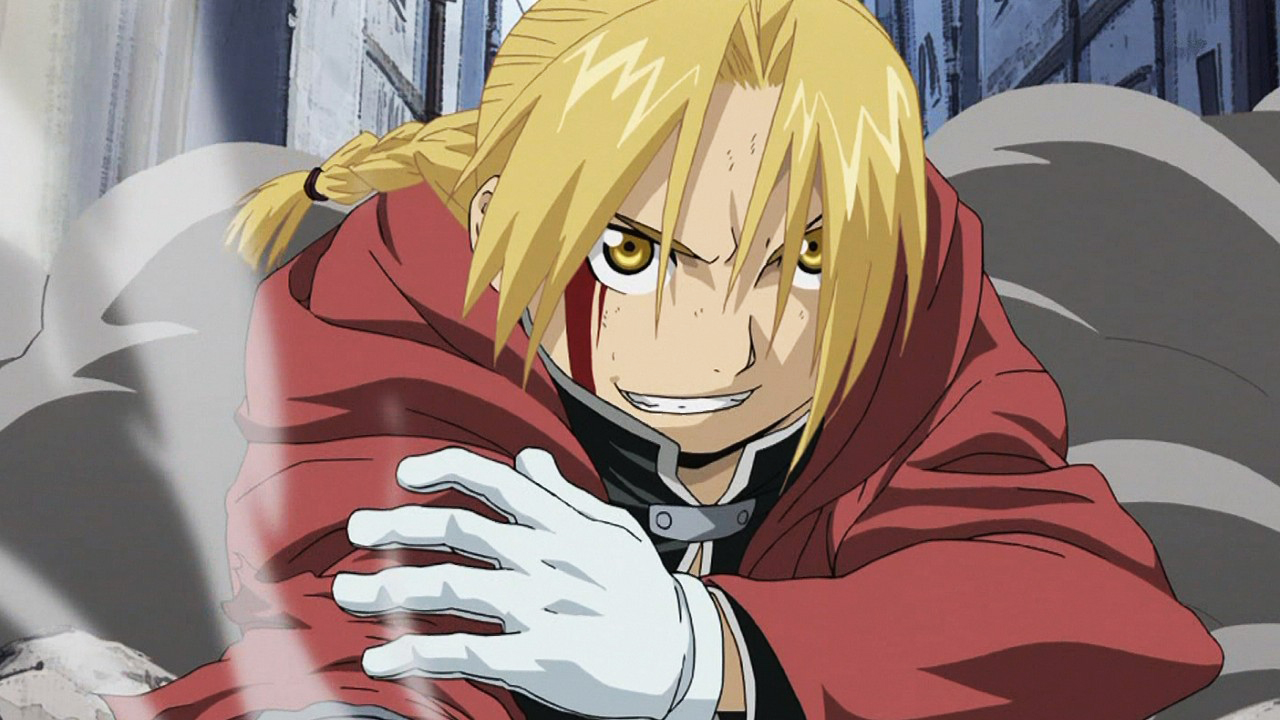
The Truth—the white void that confronts each alchemist—is more than symbolism. It embodies personal consequence. It doesn’t punish arbitrarily; it reflects what characters seek and what they’ve lost. When Ed gives up his alchemy to regain Al, it isn’t sacrifice—it’s clarity. He chooses people over power.
Few anime achieve this balance of emotional weight and narrative complexity. The story doesn’t collapse under its ambition. Instead, it stays grounded through character consistency. It trusts the audience to carry each piece of knowledge without oversimplification, allowing slow realizations to replace obvious explanation.
By its end, Fullmetal Alchemist: Brotherhood becomes less about alchemy and more about restoration. Restoration of identity, family, justice, and purpose. The Elrics’ story is not clean or complete, but it moves toward healing. They do not get everything they want, but they reclaim their agency—and their brotherhood.
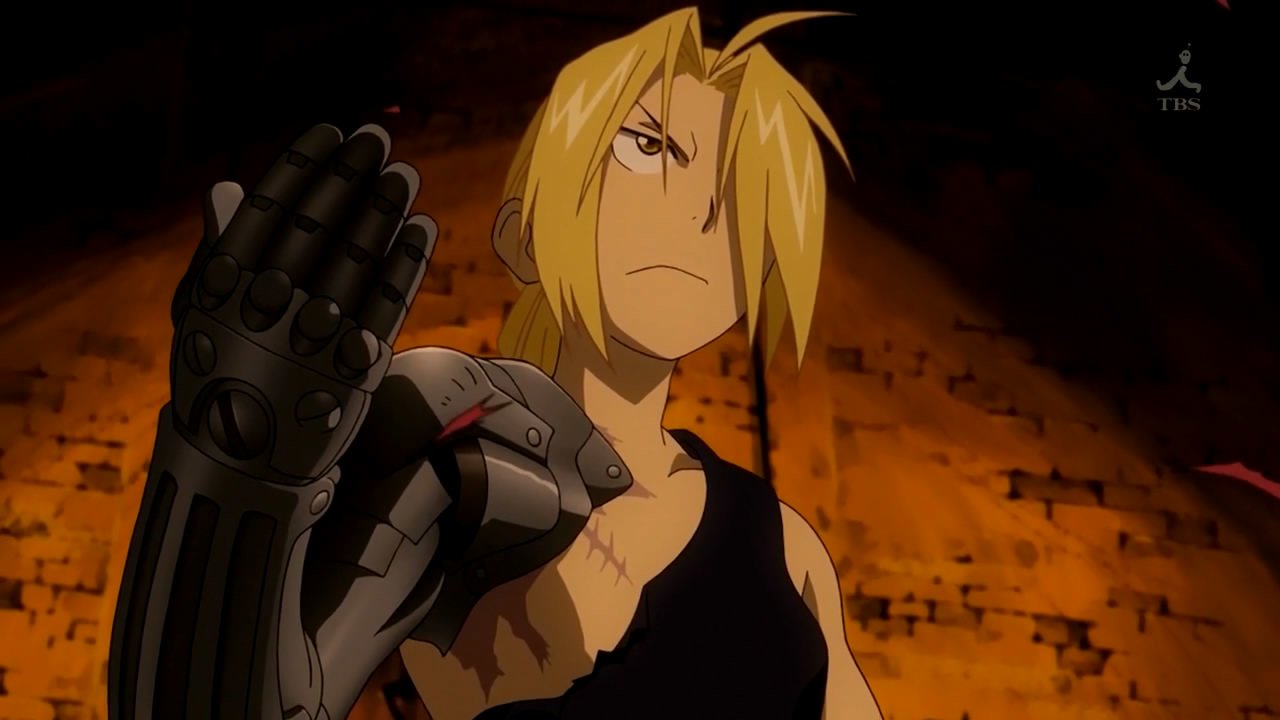
Even the ending avoids neatness. Ed doesn’t regain his powers. Scar’s survival remains ethically complex. The world doesn’t reset—it changes. Some wrongs remain unresolved, and that’s deliberate. The show respects that certain wounds, like those of war or loss, don’t disappear—they linger, influencing every future step.
The anime’s impact extends far beyond its genre. It questions scientific advancement without humanity. It dissects military obedience. It honors resilience without glorifying trauma. Whether viewers come for action, emotion, or insight, Brotherhood offers an honest examination of what it means to bear the consequences of one’s will.
This is why Fullmetal Alchemist: Brotherhood continues to resonate. Its themes grow with the viewer. What feels like a shounen action story becomes a layered study in ethics, grief, and perseverance. It reminds us that the greatest power isn’t transmutation—it’s facing reality, and choosing to keep moving forward.

